
Explore contemporary jewelry techniques with metal, ceramics, natural fibers, embroidery and 3D printing to create unique parts
Immerse yourself in the world of contemporary jewelry by exploring a variety of techniques and materials that will allow you to create unique accessories. Learn to work with metal, ceramics, natural fibers, and embroidery, developing essential skills such as cutting, filing, and soldering metal pieces. Discover how to fuse textile materials with metal to create unique pieces and experiment with modeling and glazing ceramics for jewelry. With Claudia Betancourt, Sofia Goschen, and Pimienta Joyería, you will acquire knowledge that will help you create a collection inspired by organic shapes and with a handcrafted identity.
Technology also plays an important role in this creative journey. Develop digital design skills using 3D modeling software and resin printing techniques. Mariana Romero Laspiur will guide you in the creation of 3D printed pieces, from design to post-production. This integrative approach of tradition and innovation will broaden your creative and technical vision, consolidating a unique personal style. Upon completion, you will have an original design proposal that reflects your identity as a creator, applicable in artistic, commercial, or editorial contexts.
What will you learn in this specialization?


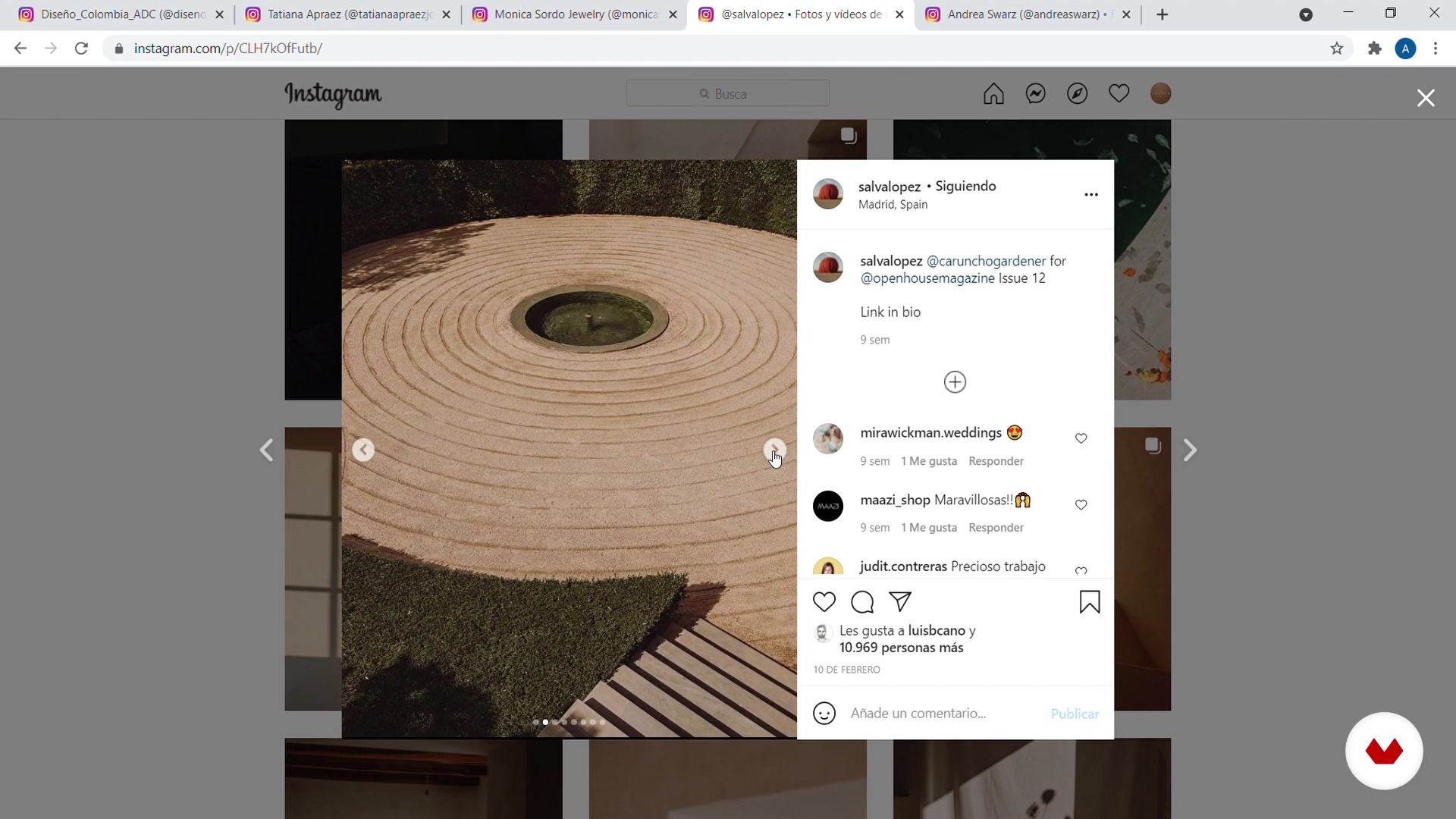
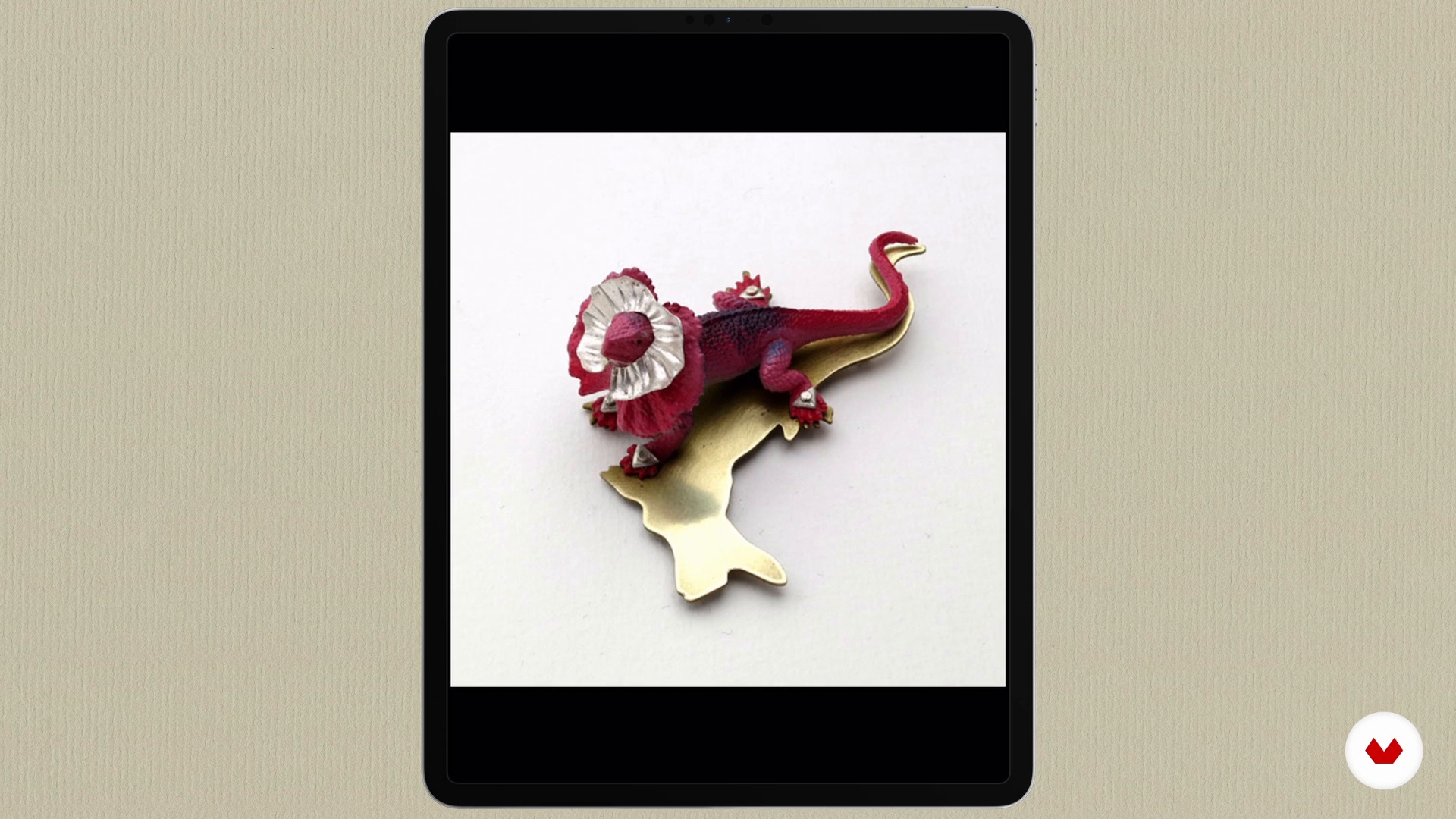
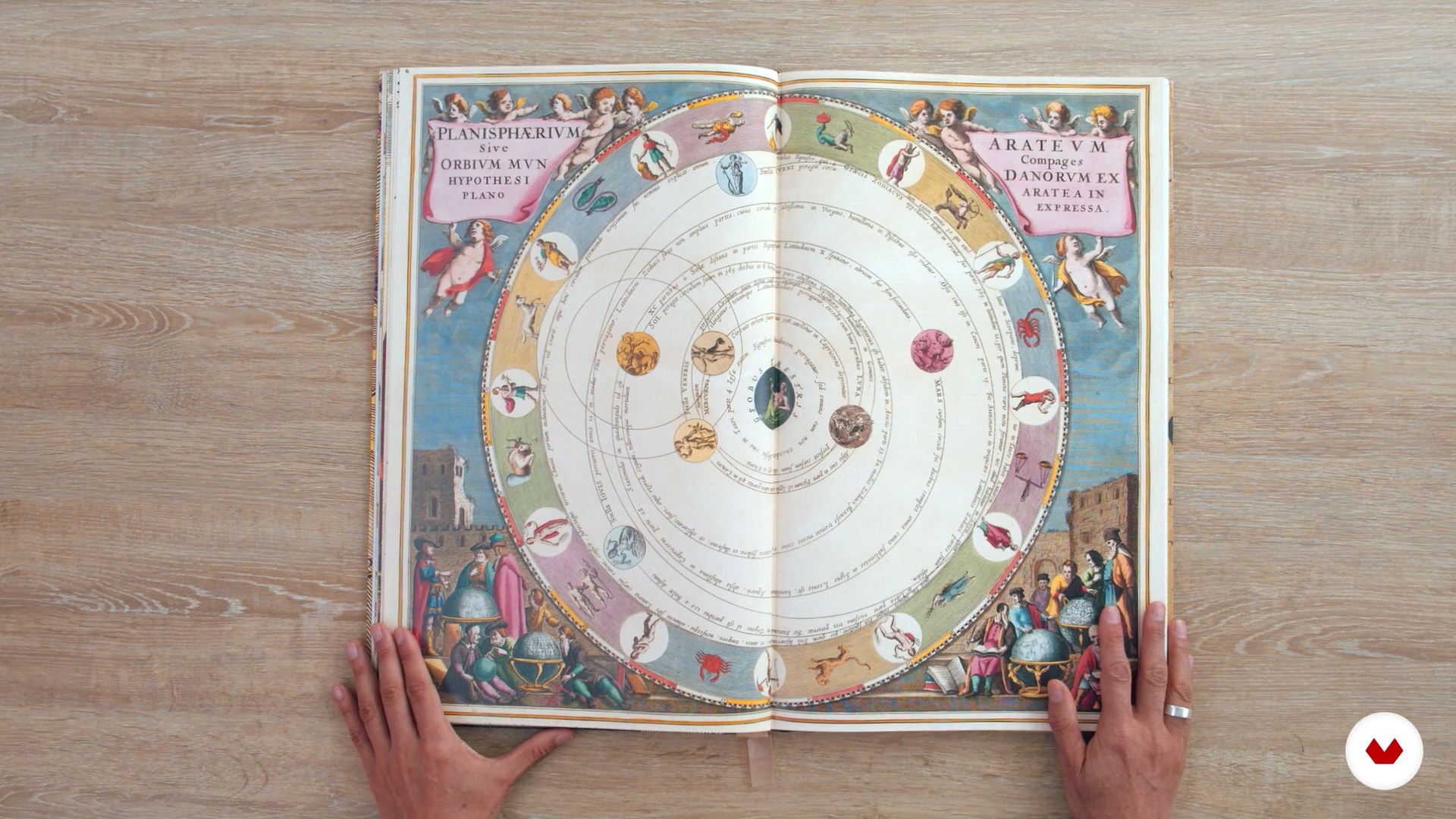
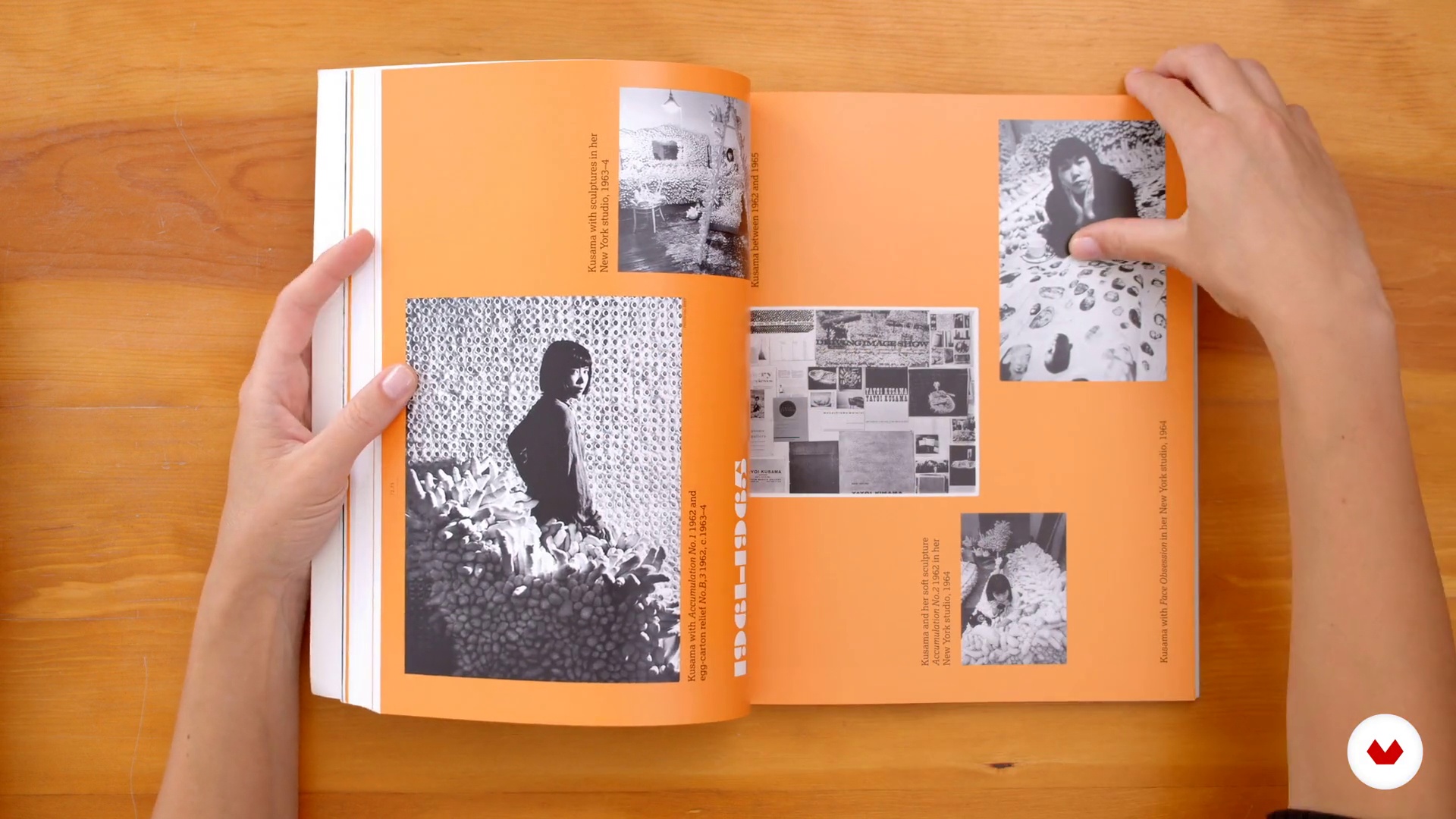
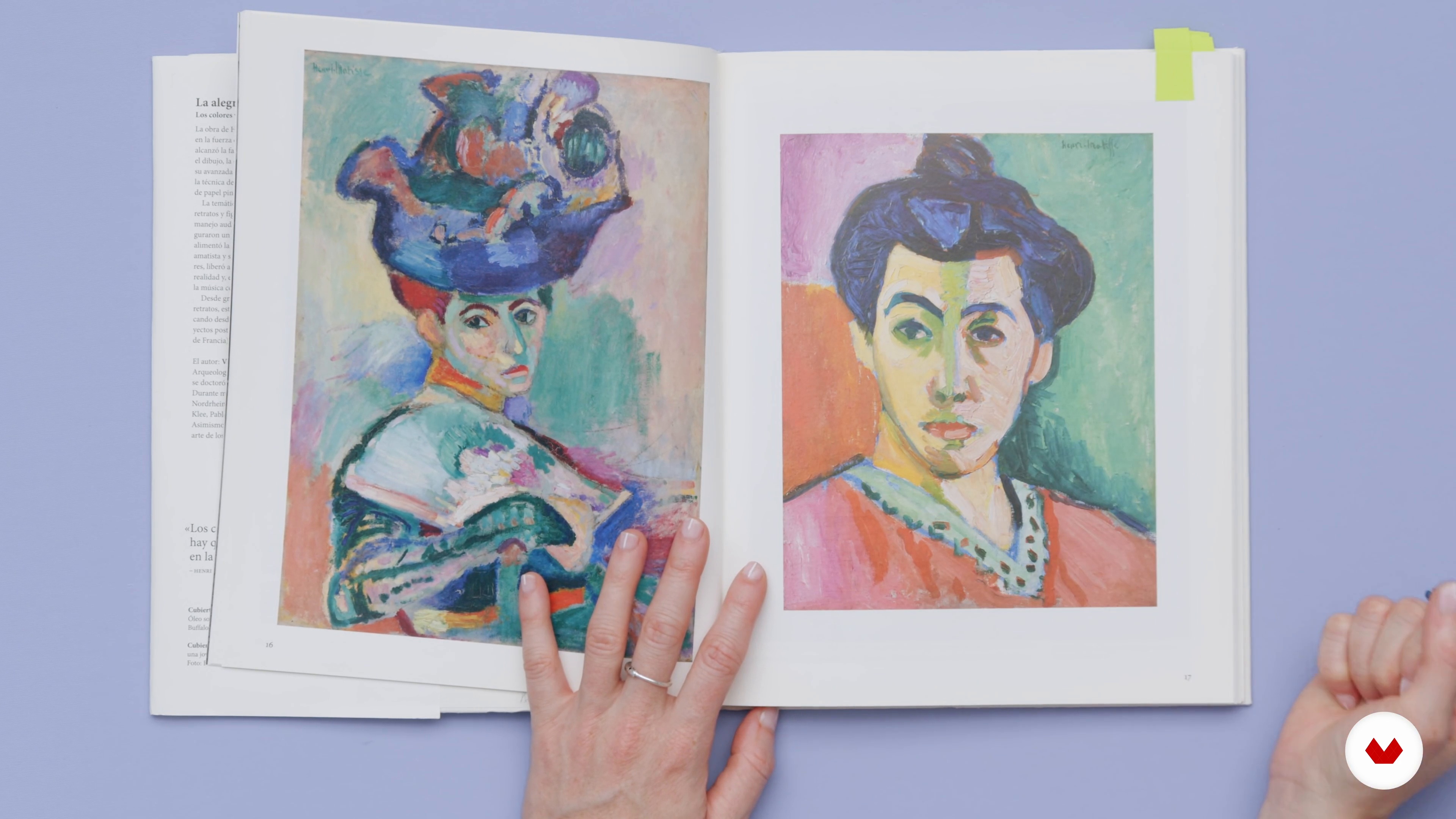
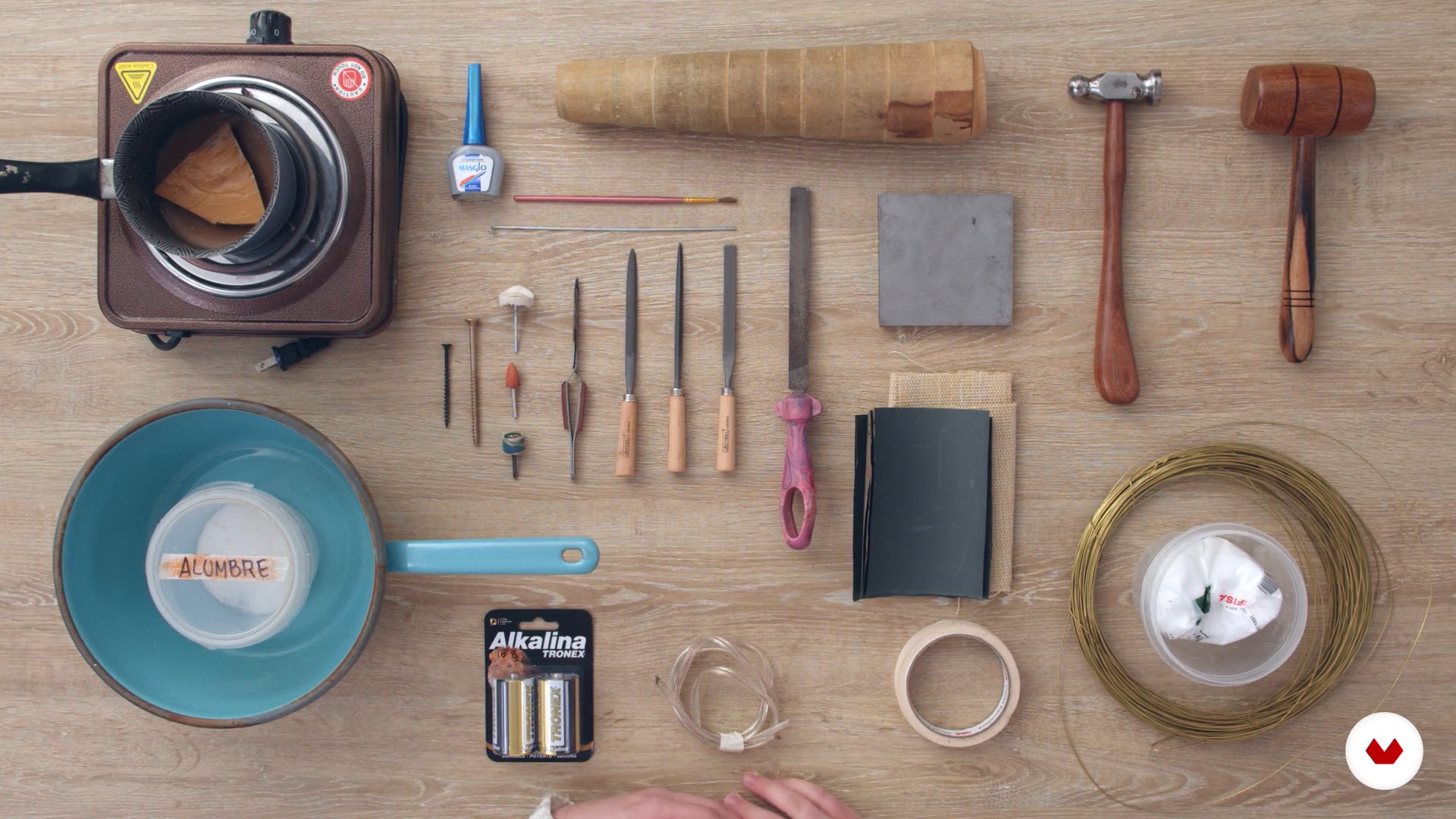

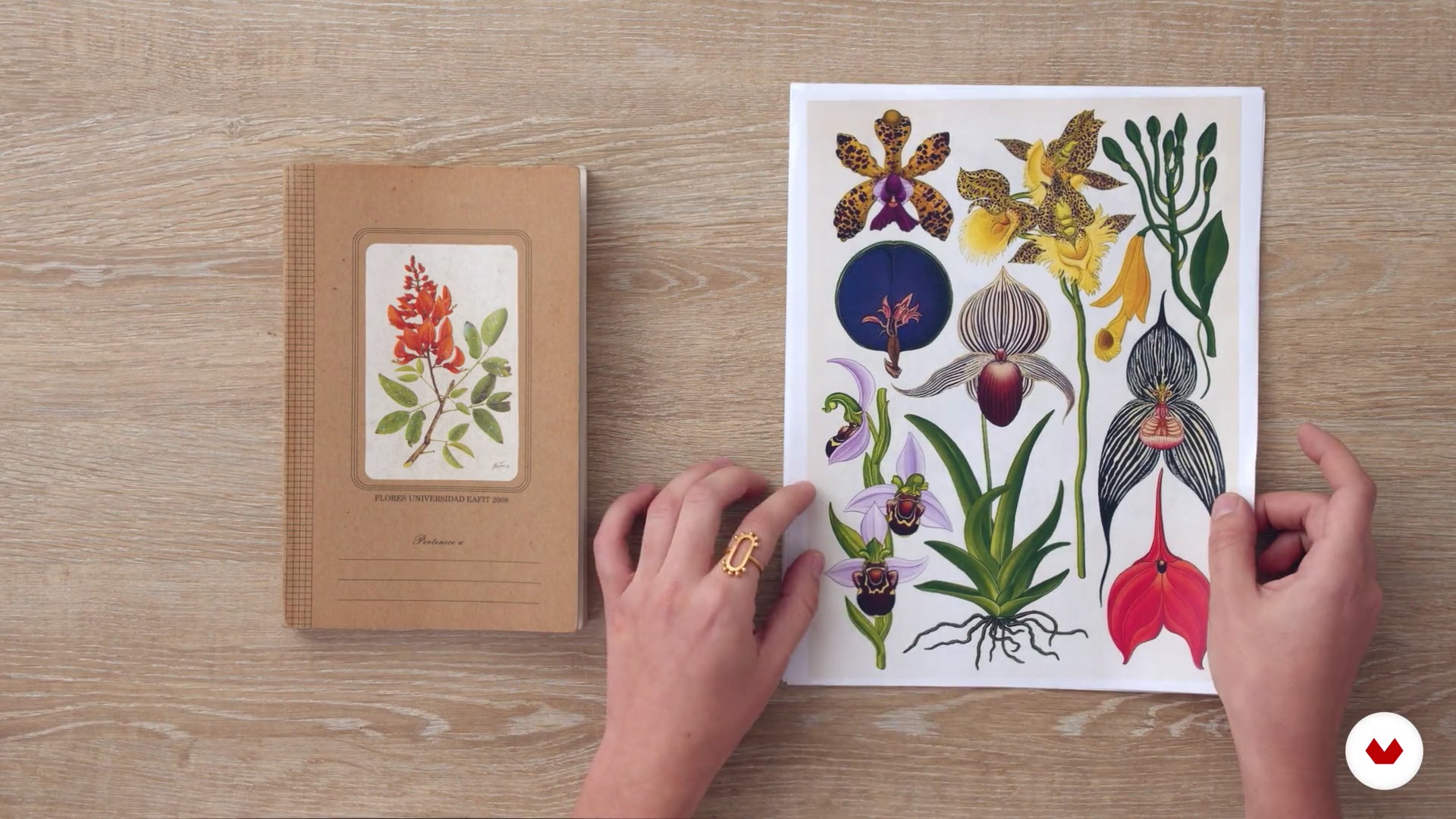
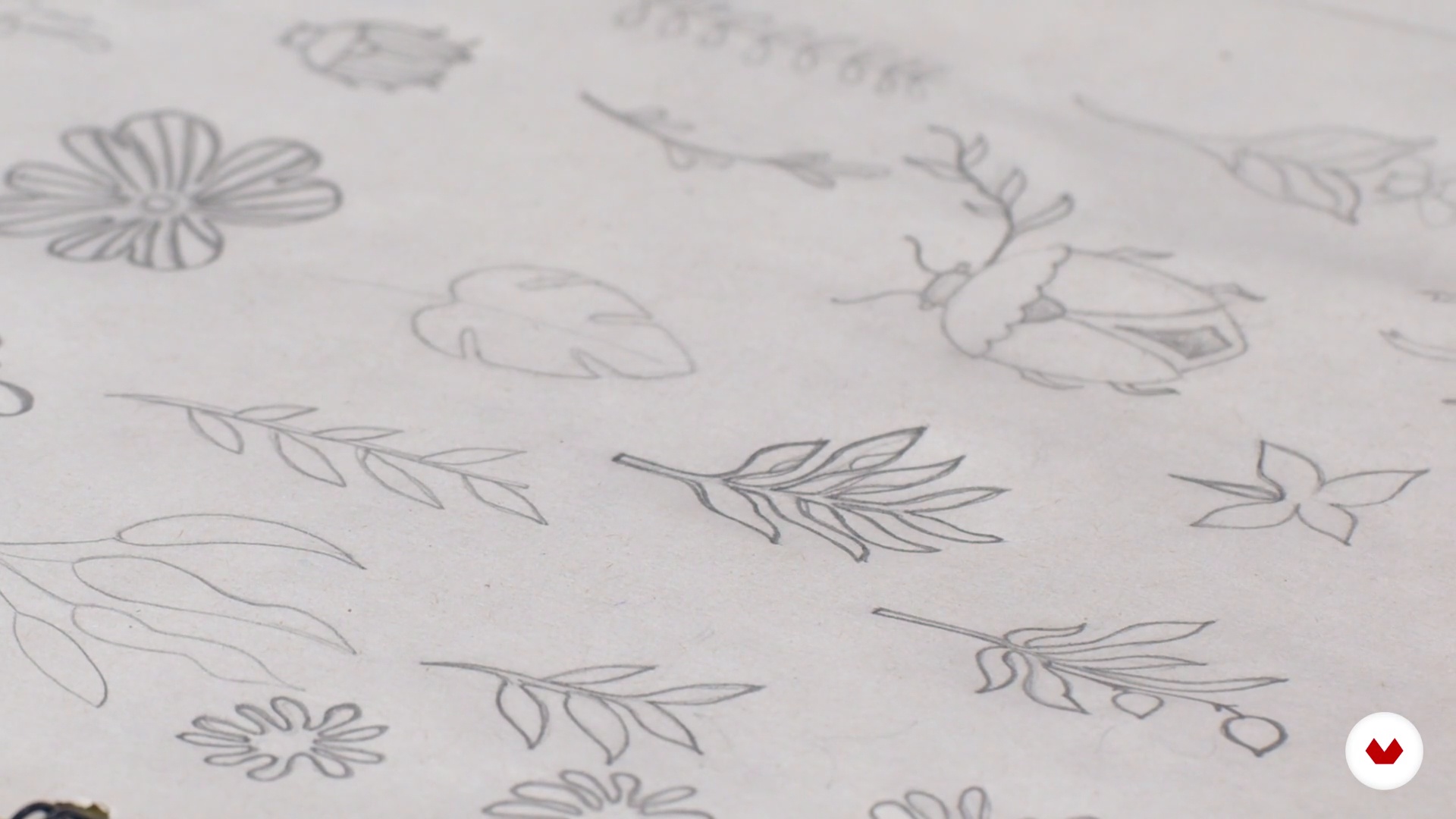
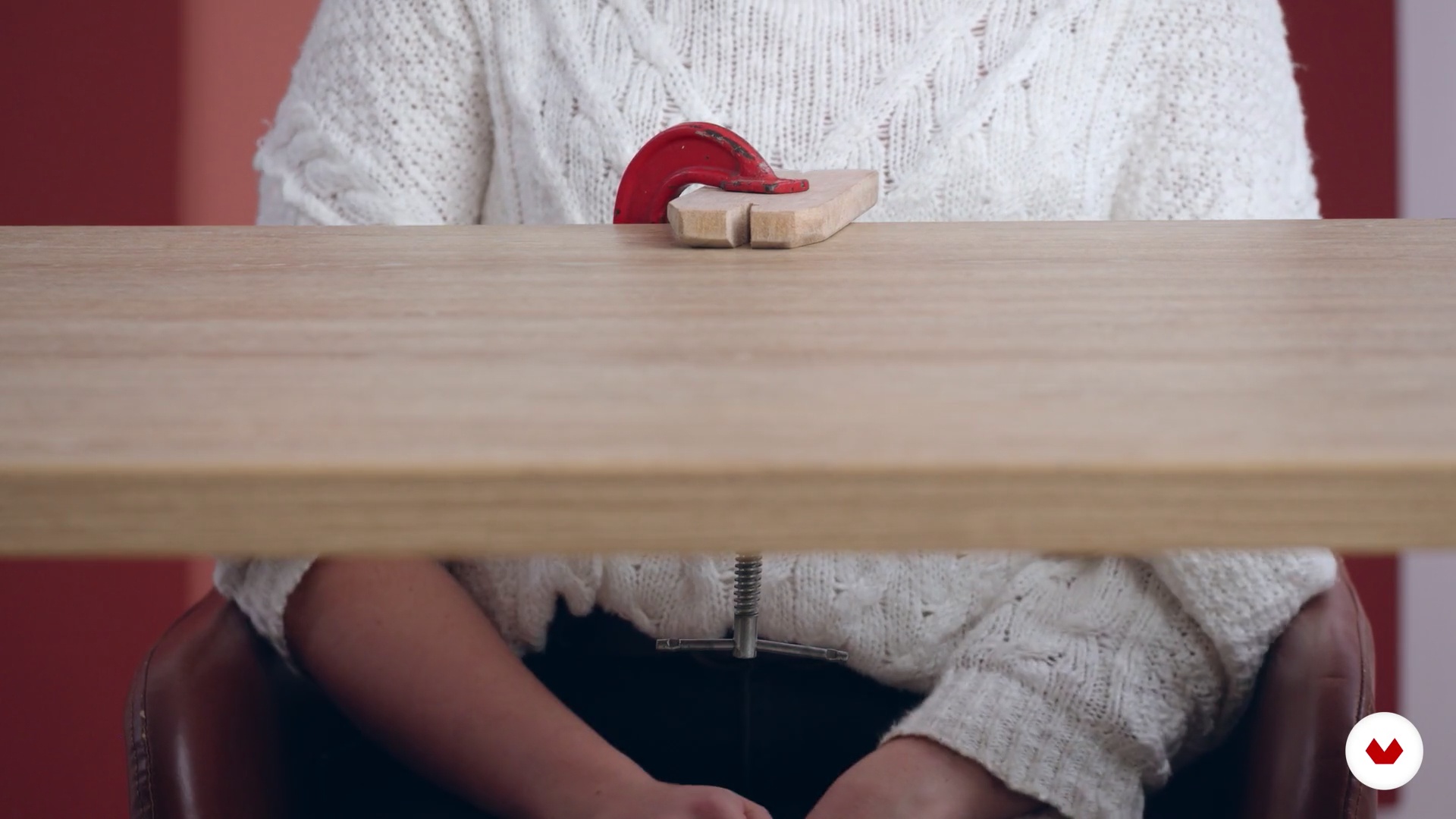
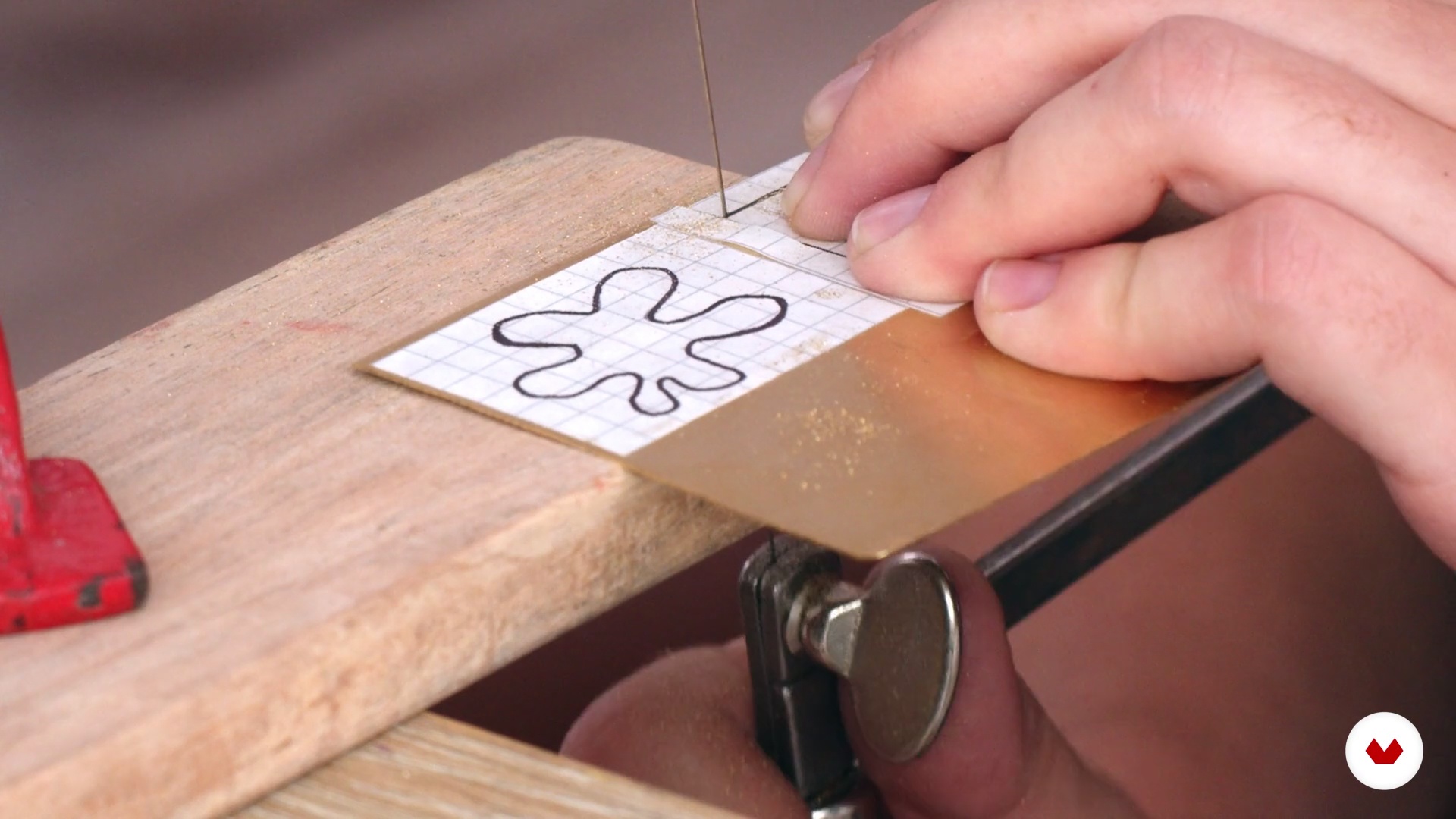

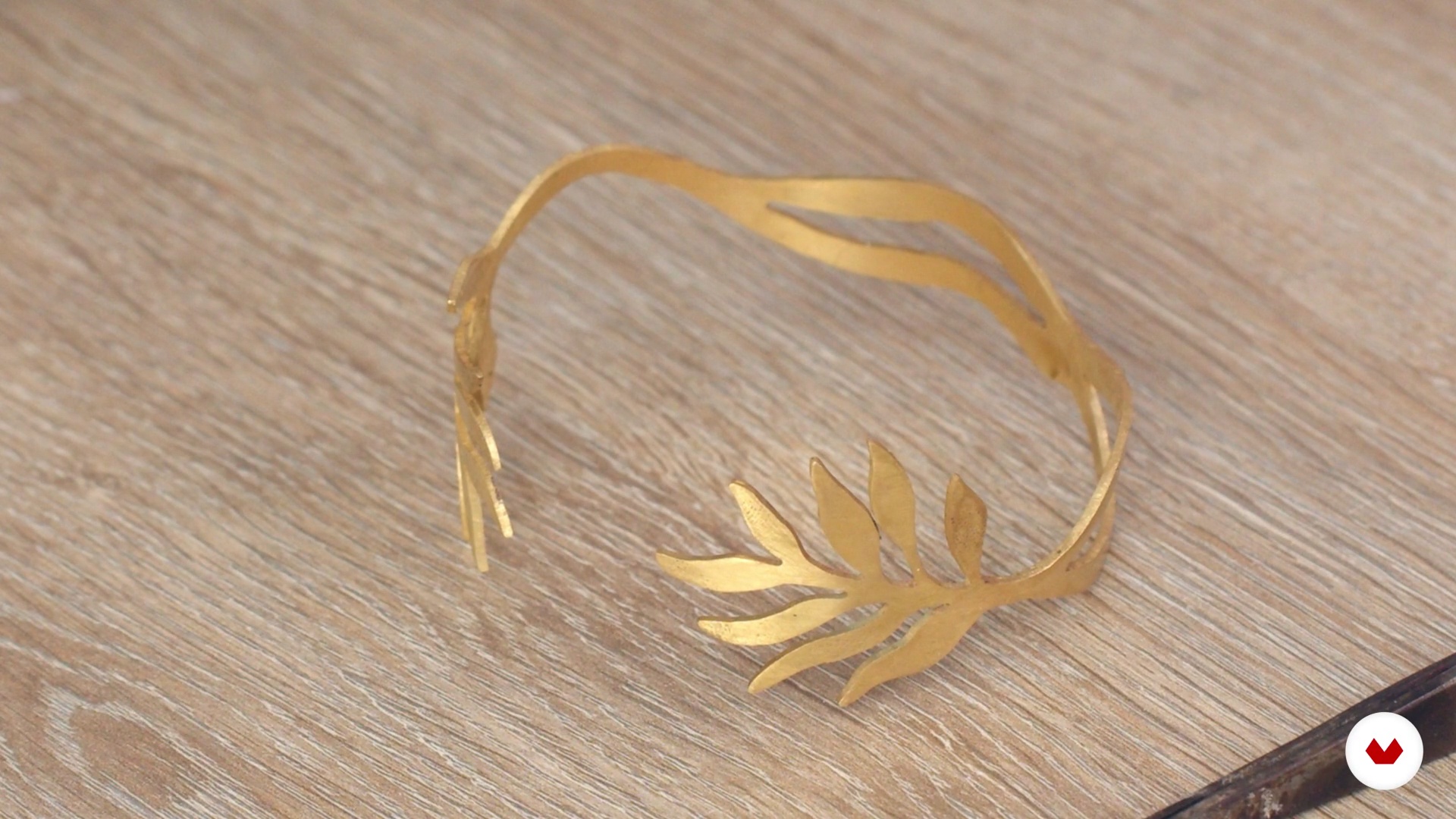
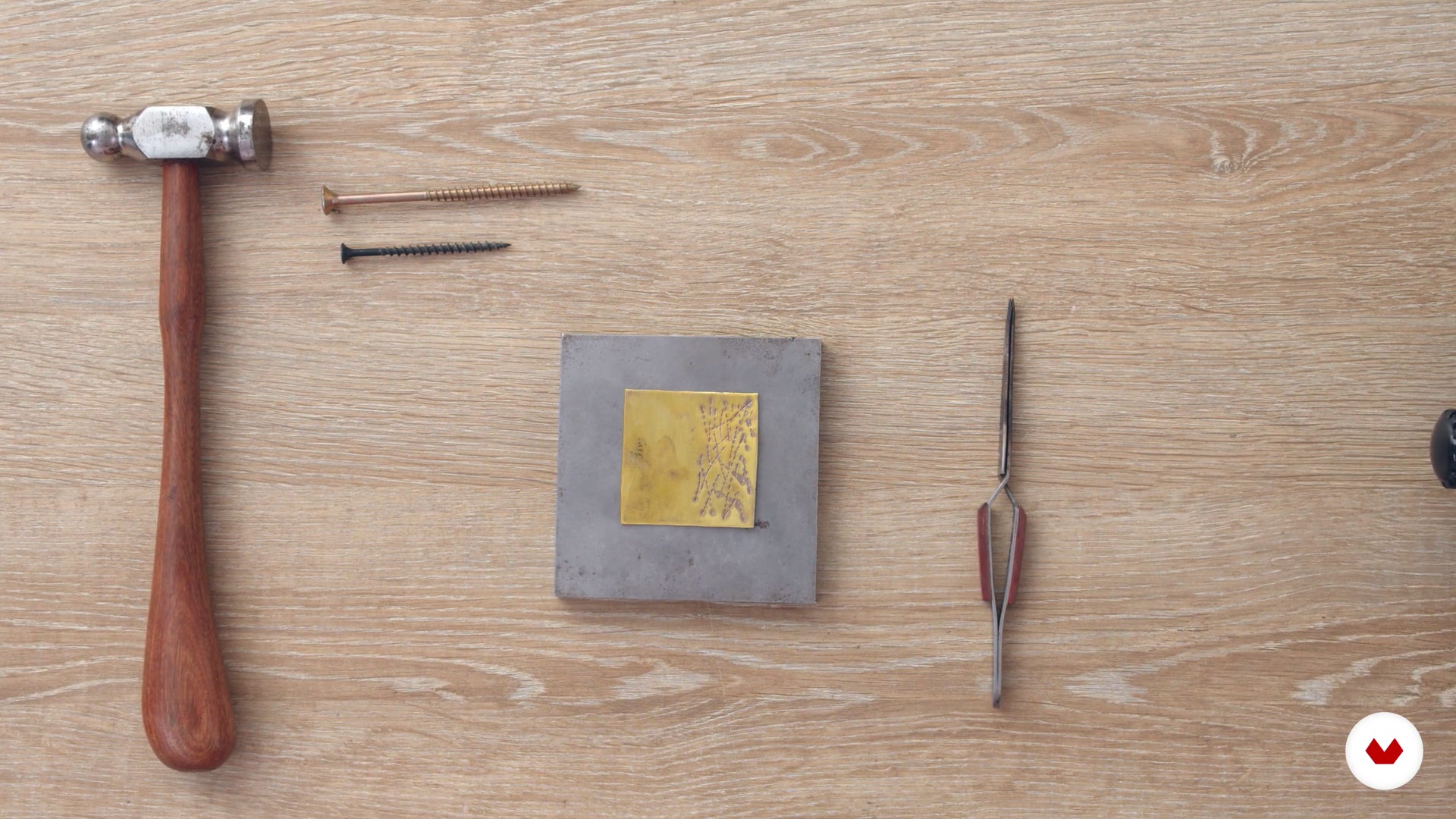
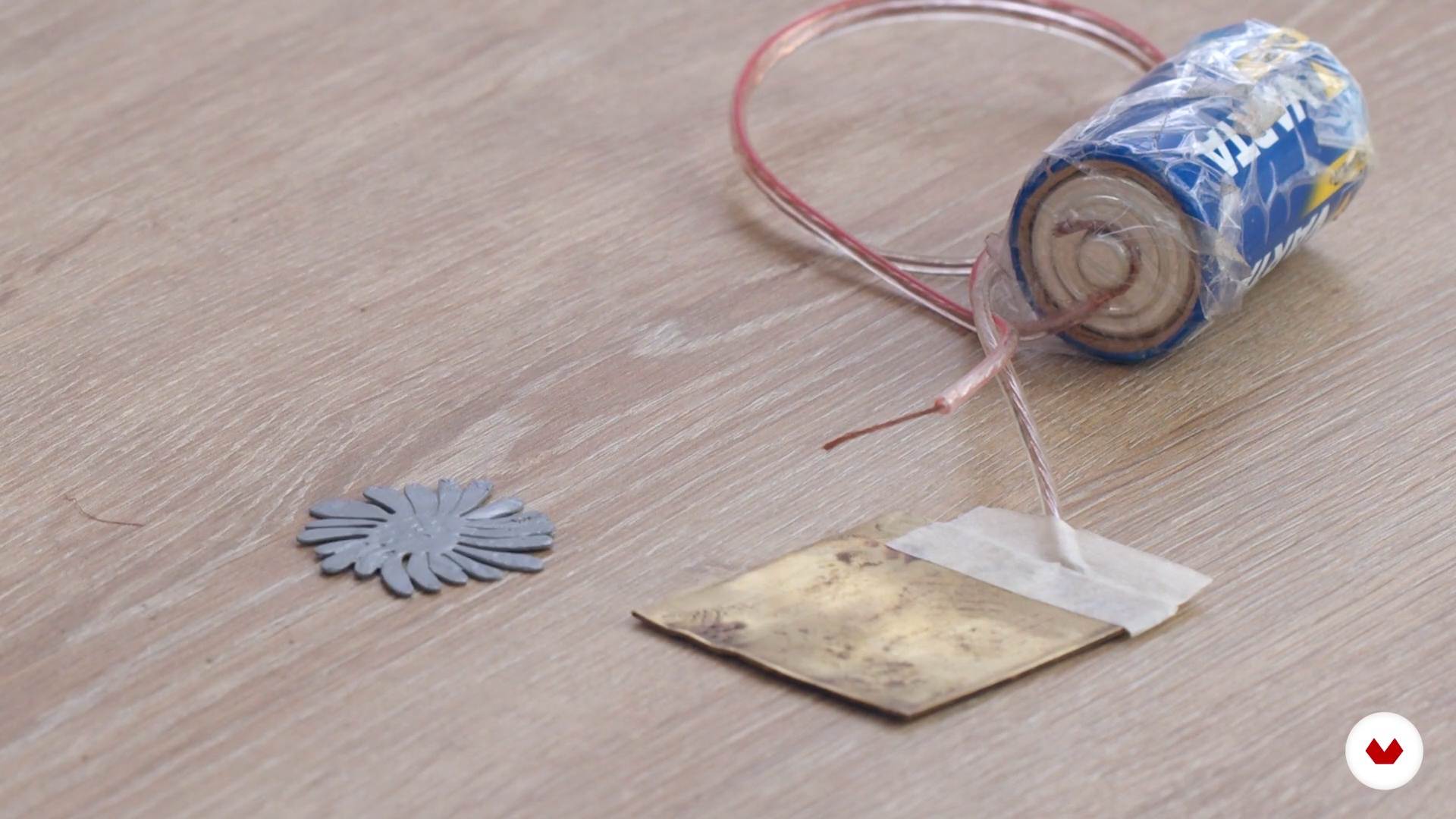
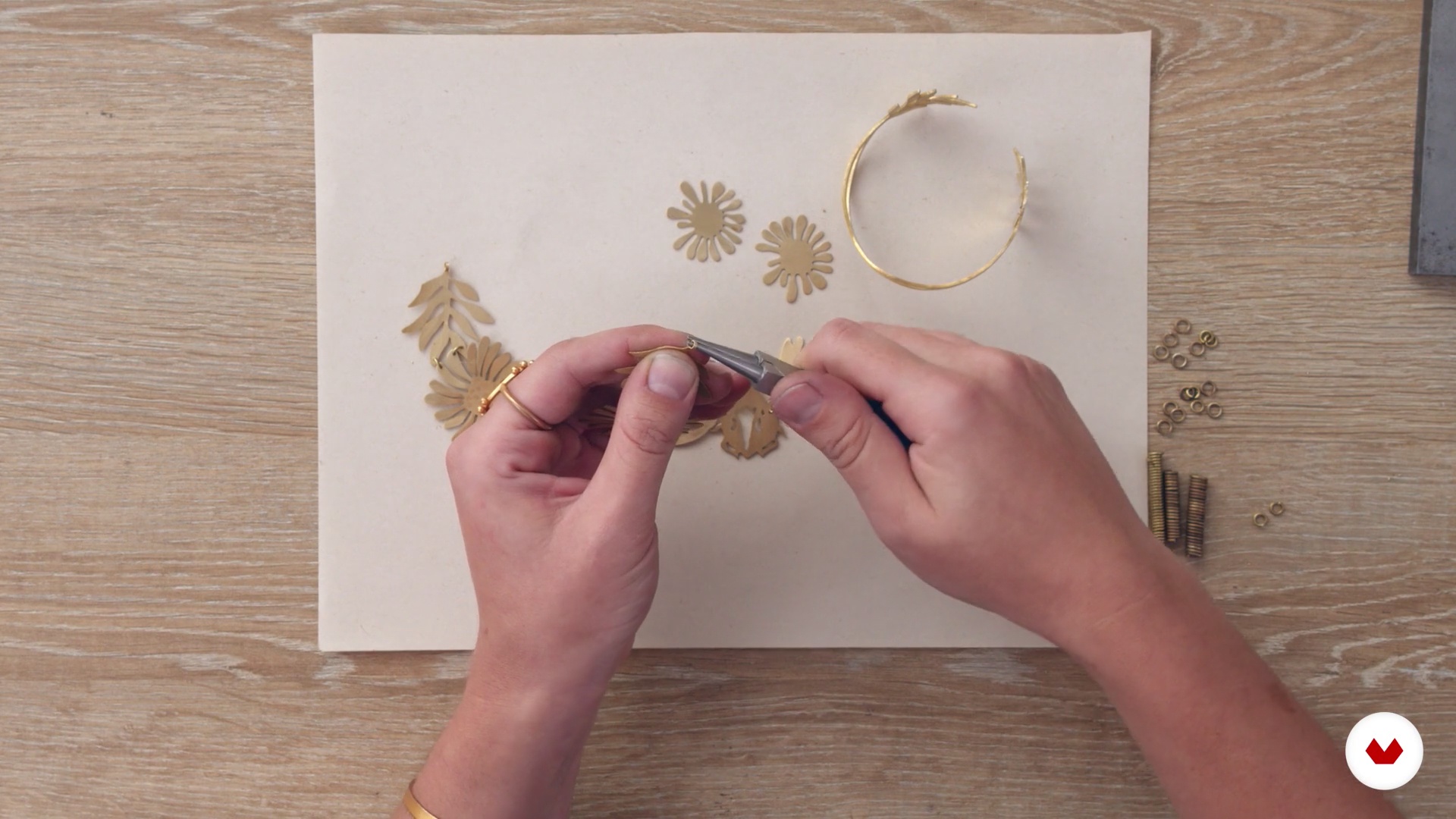
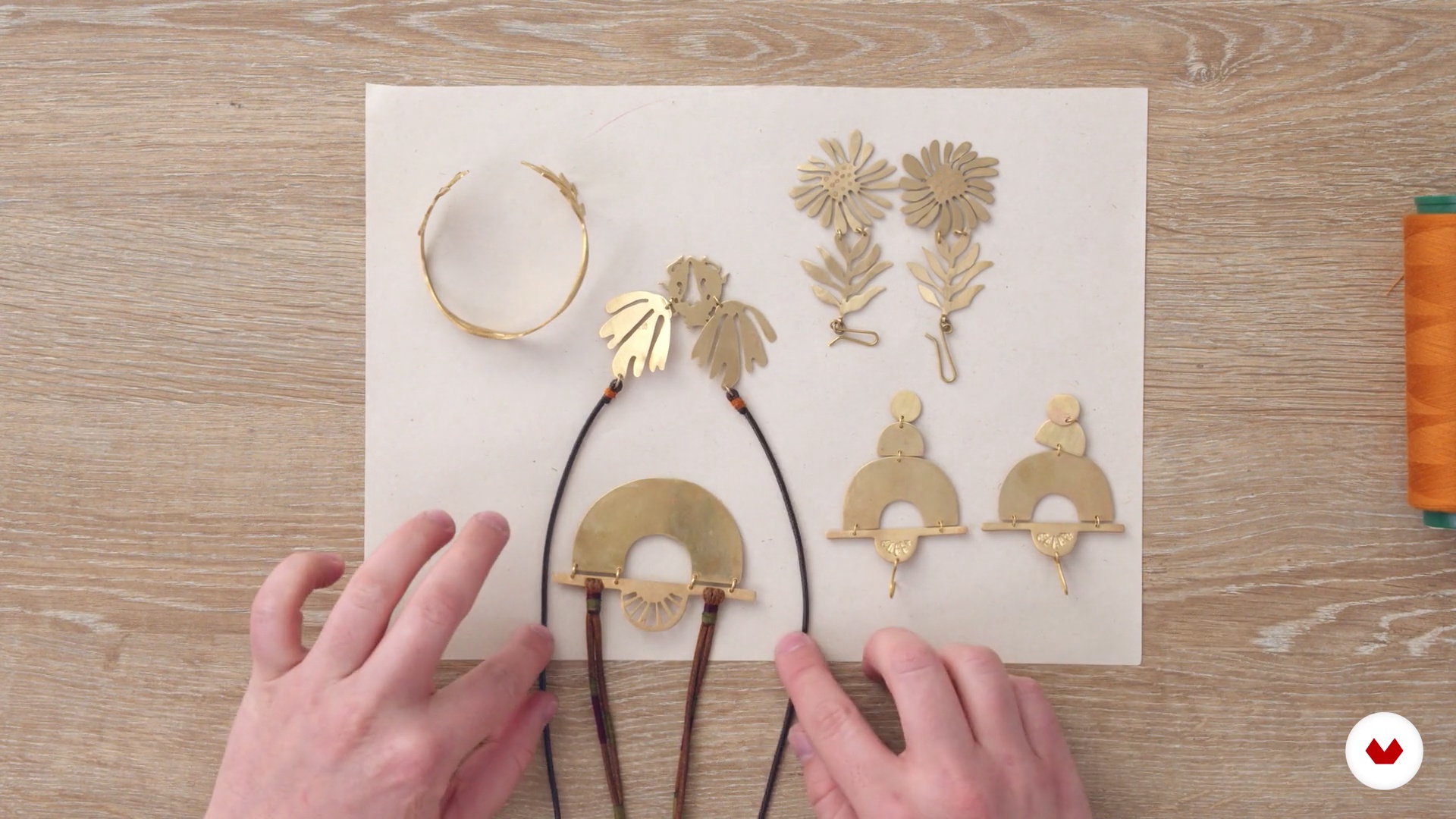
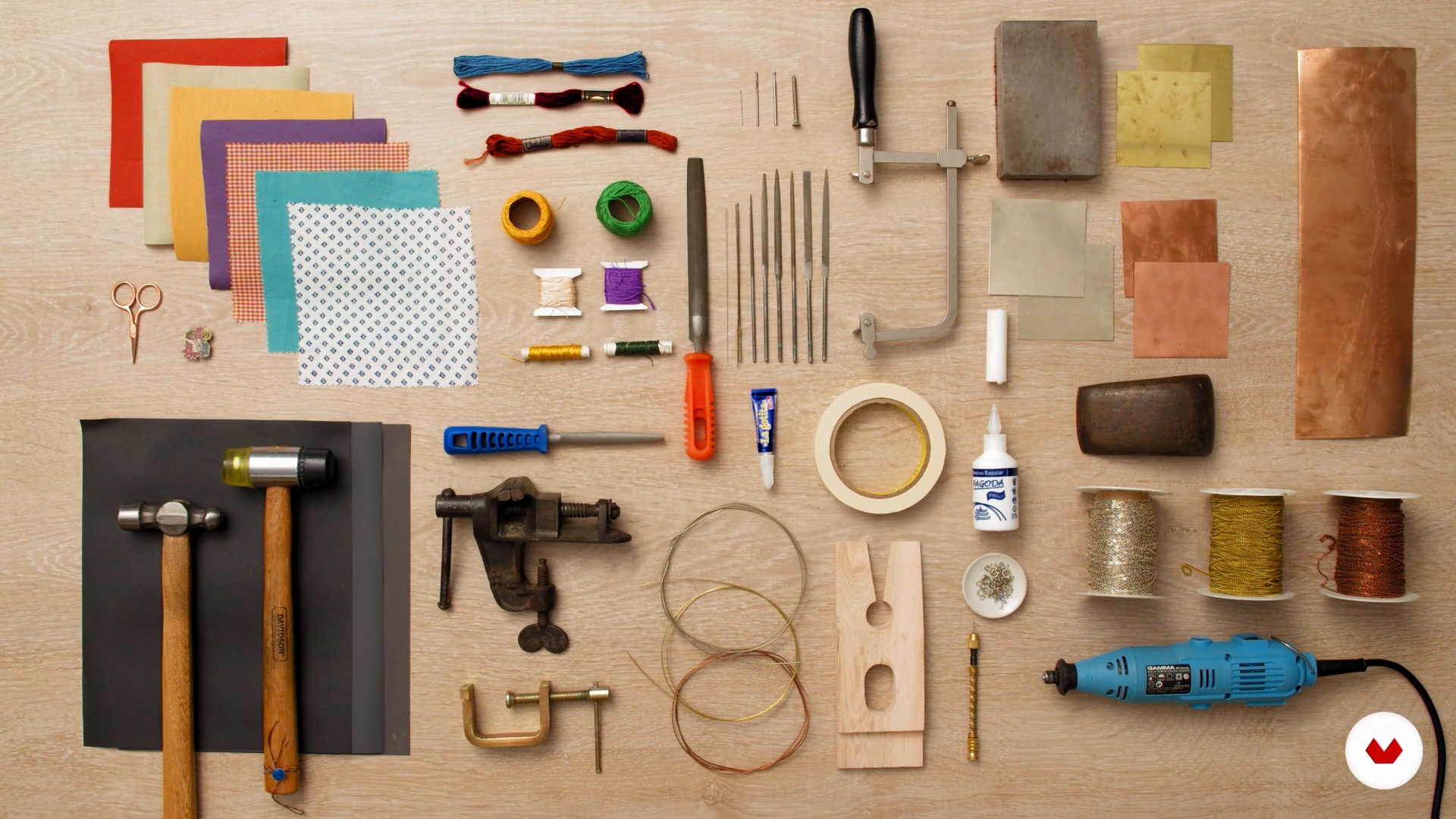

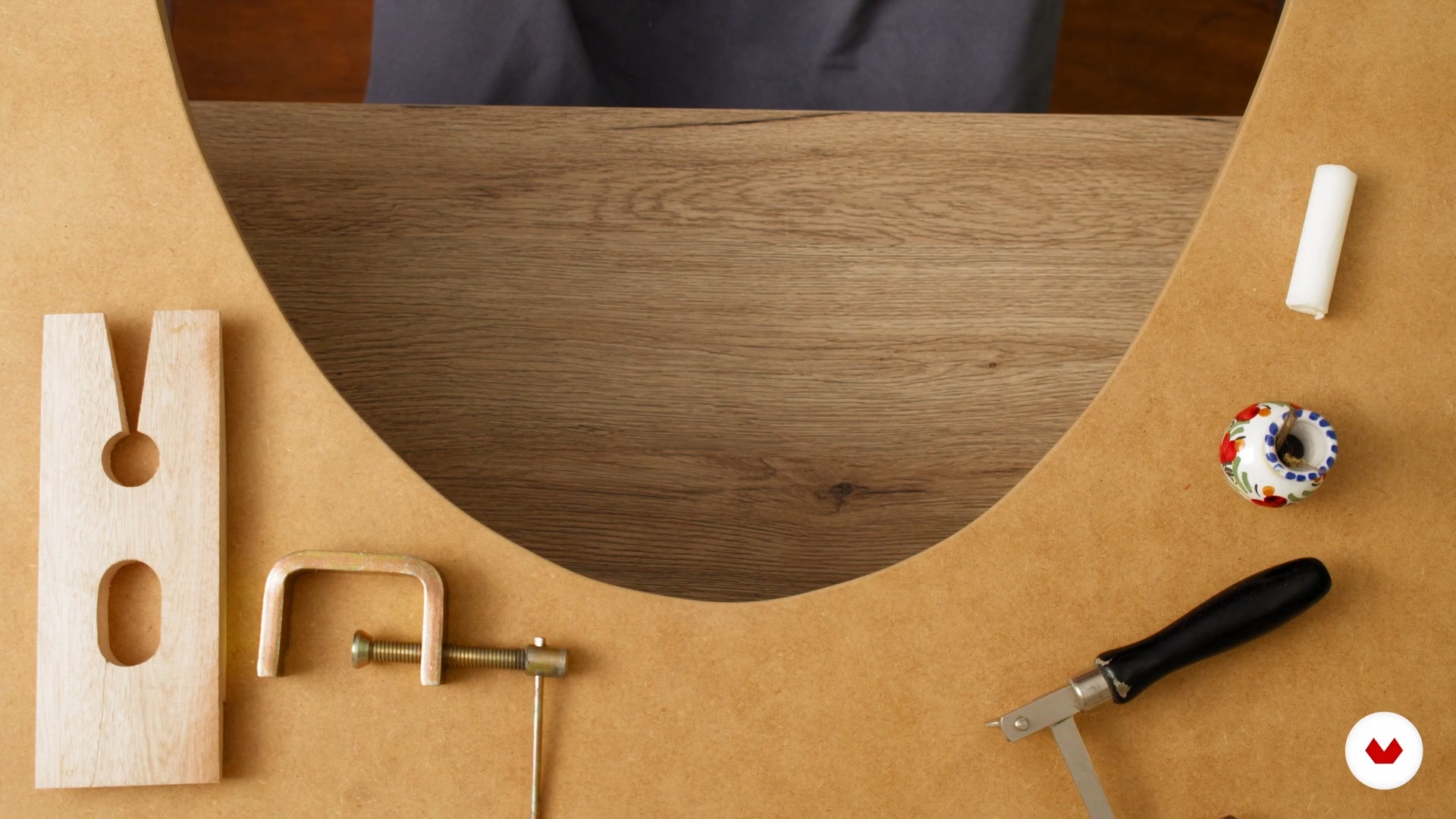
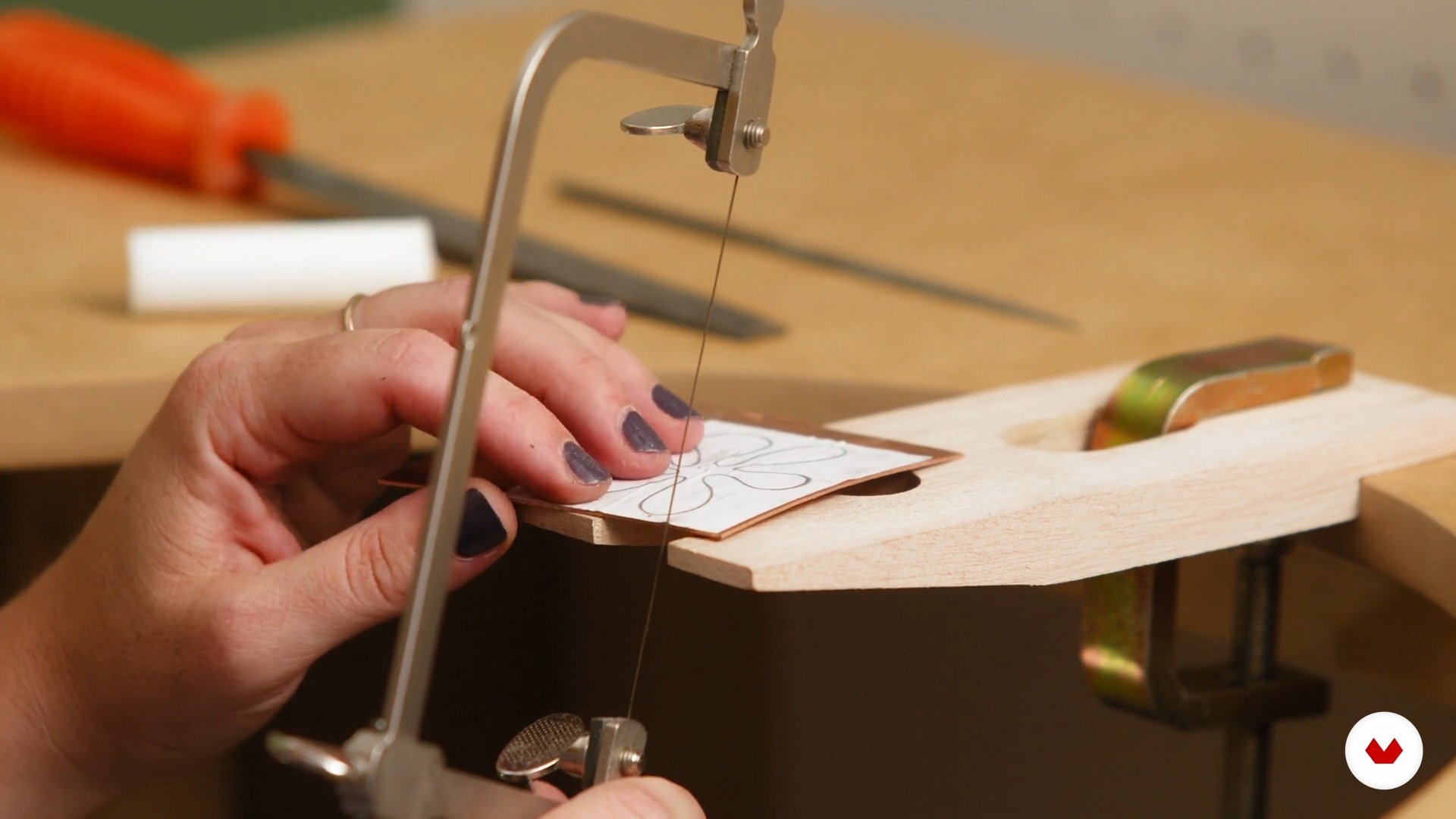
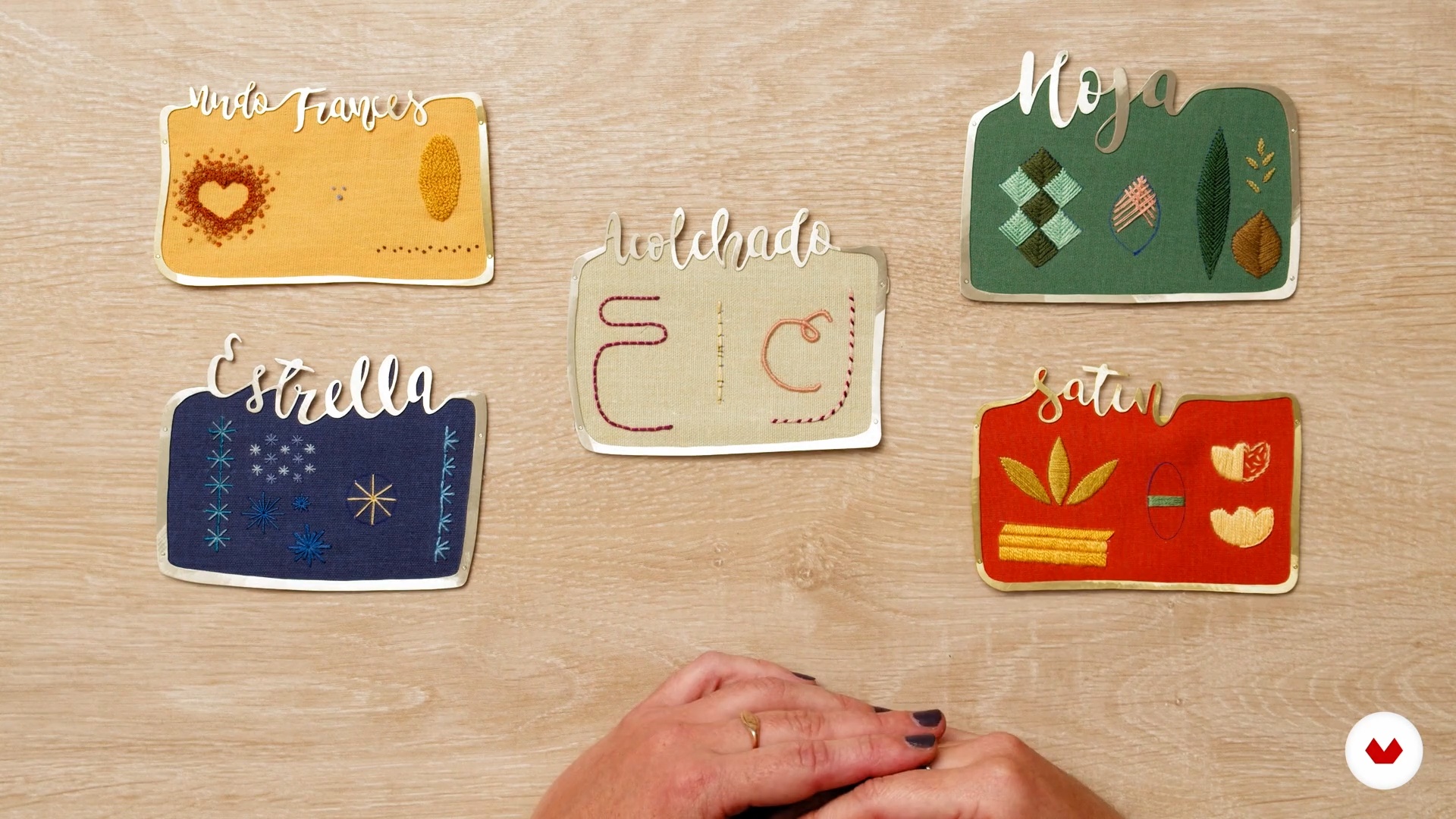
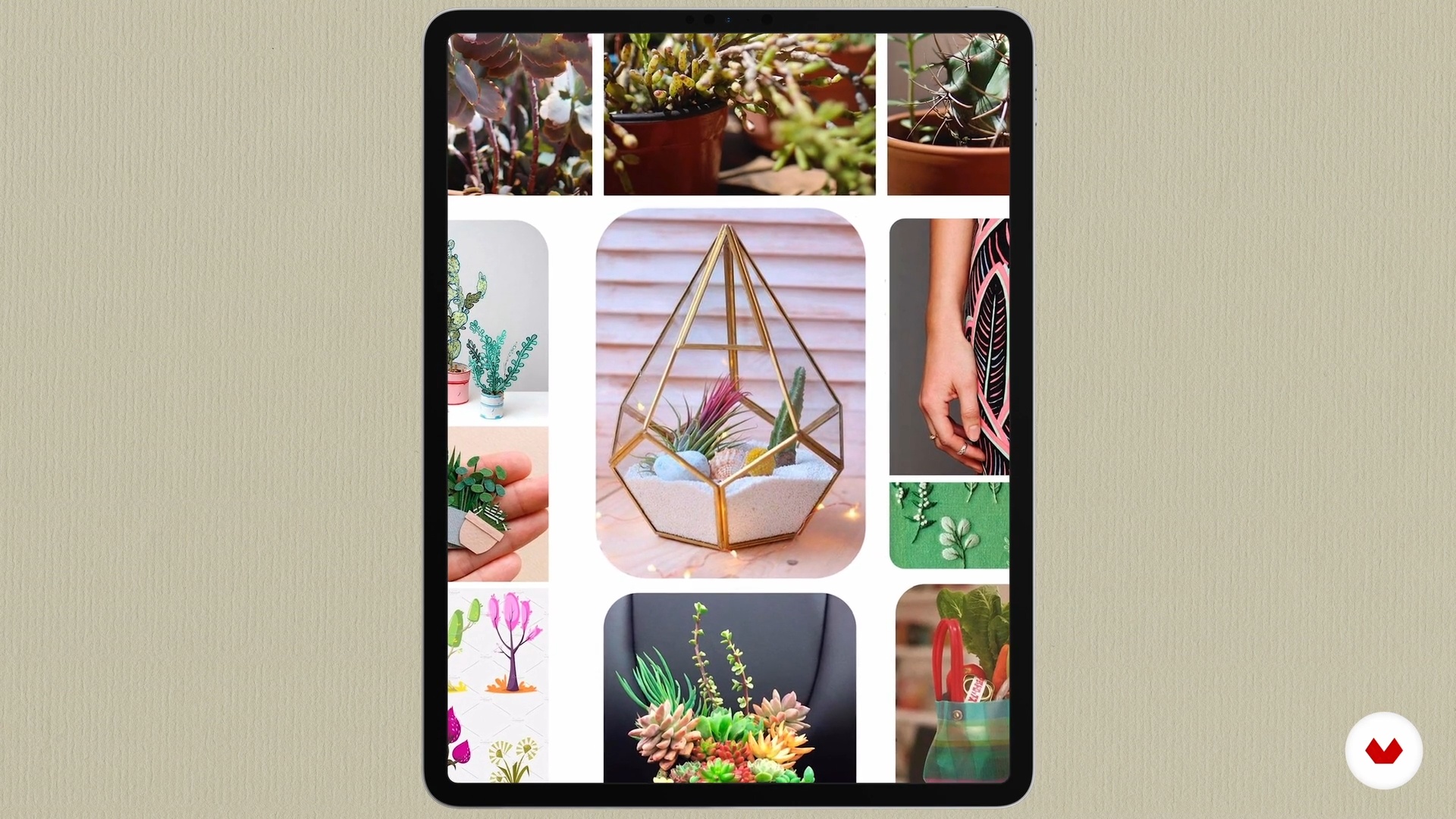
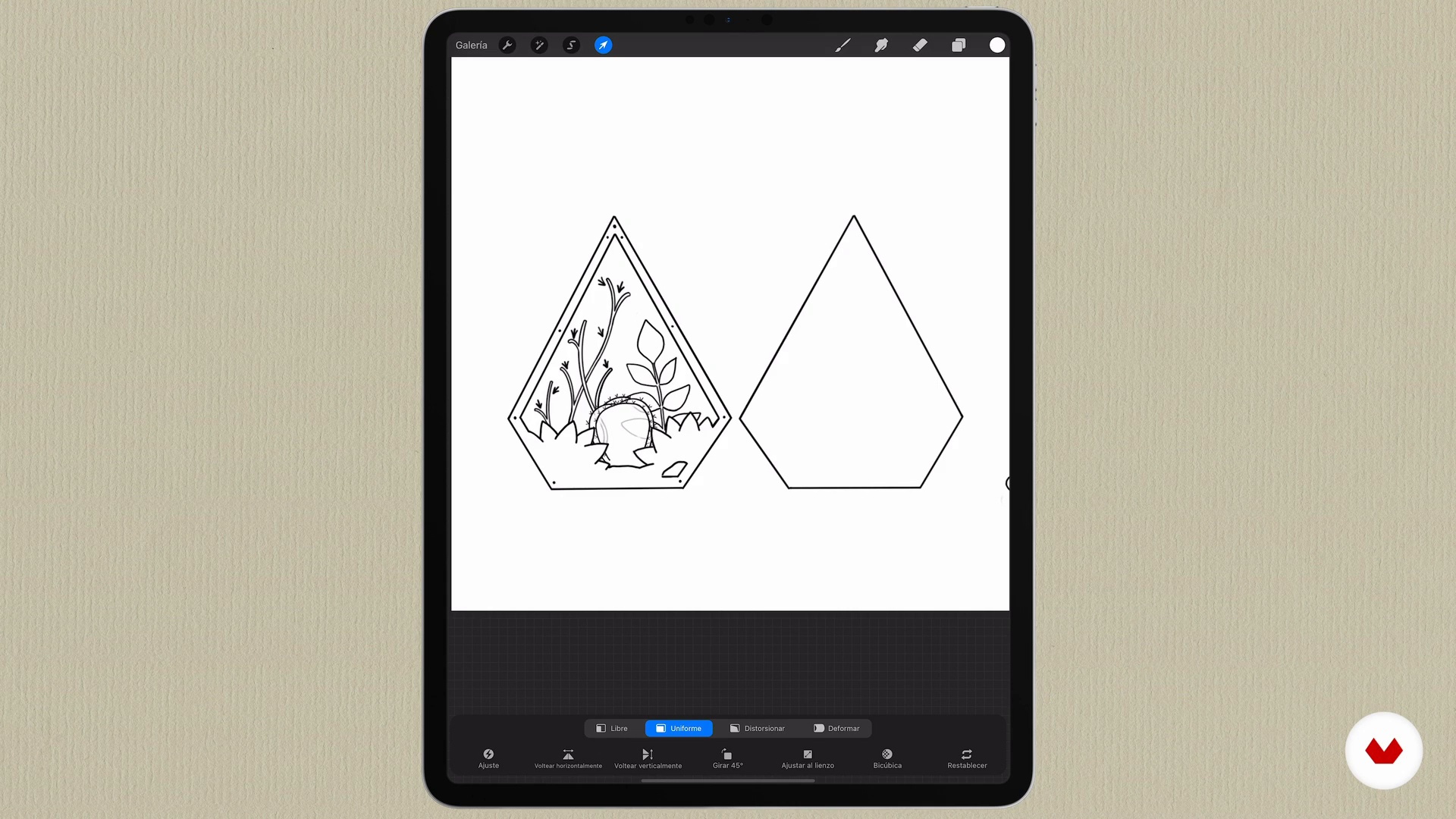
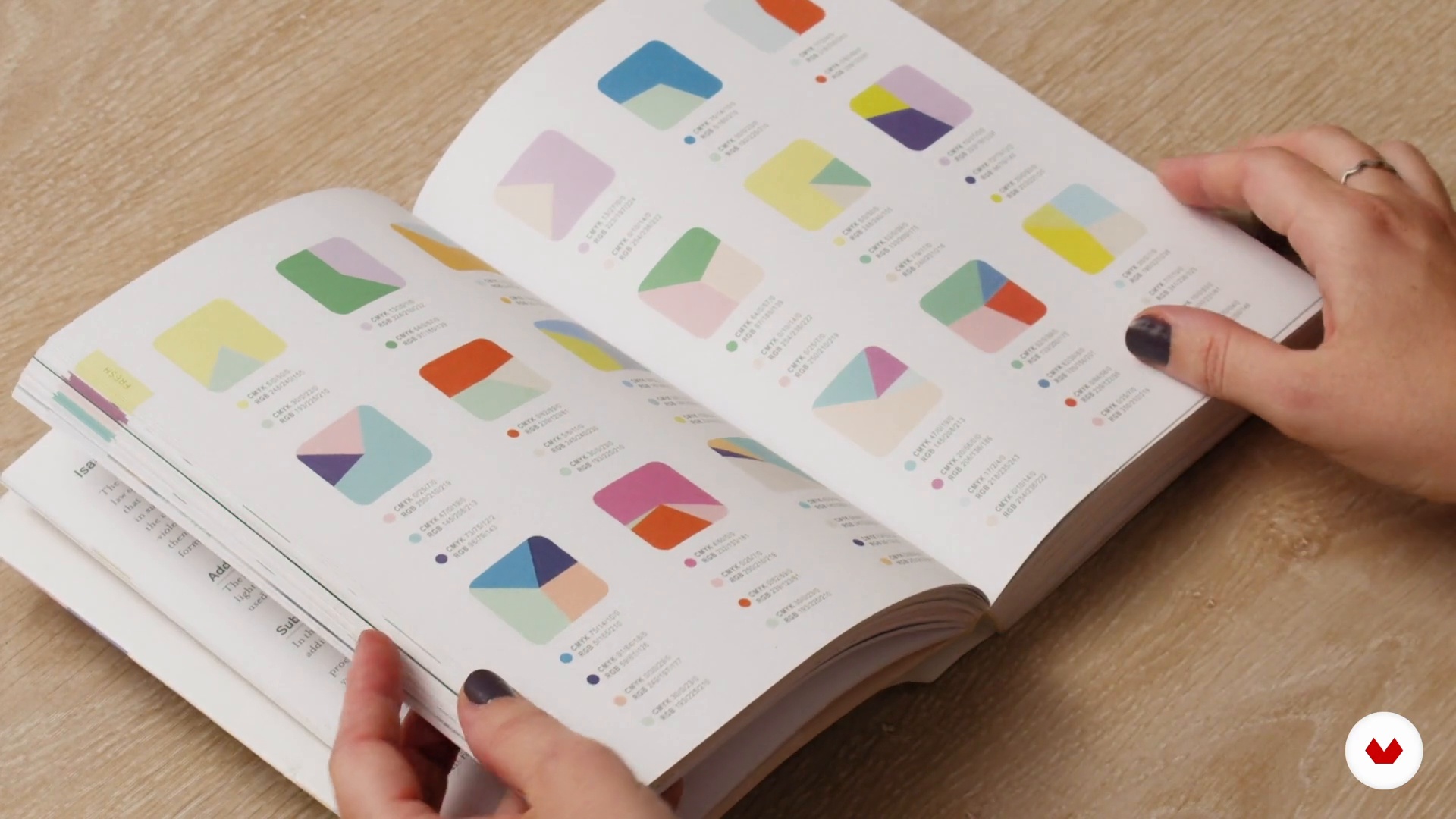
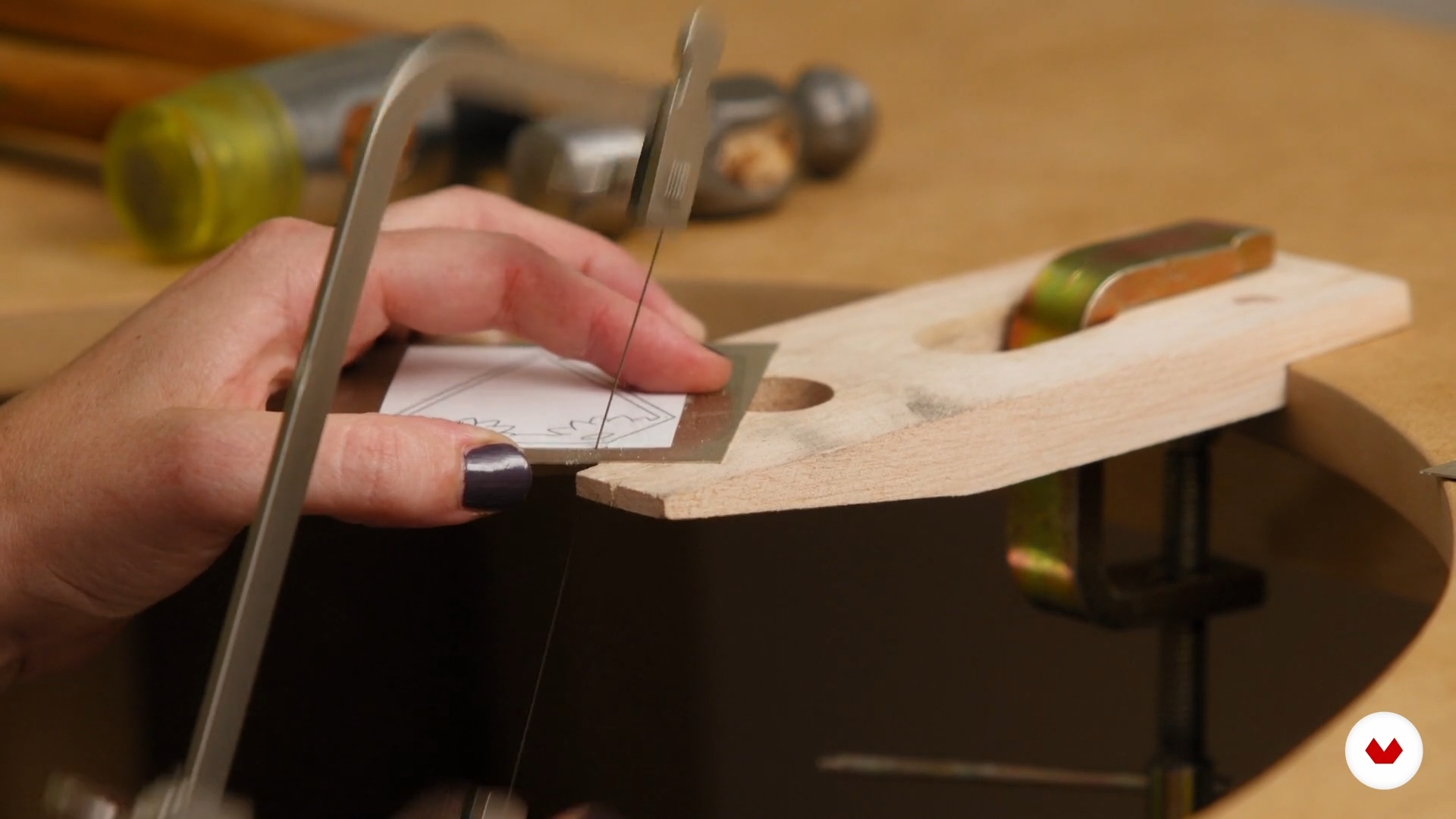
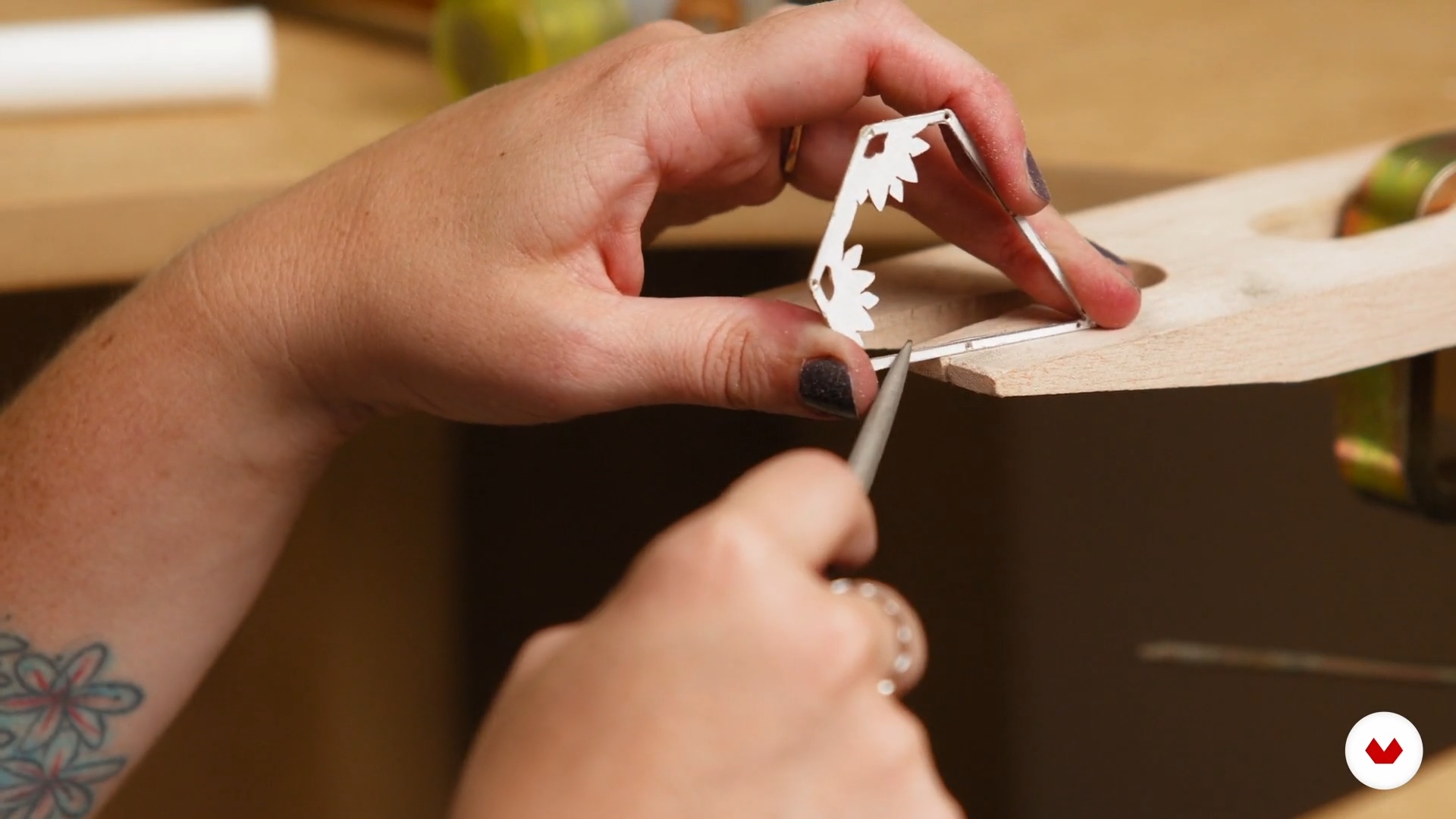
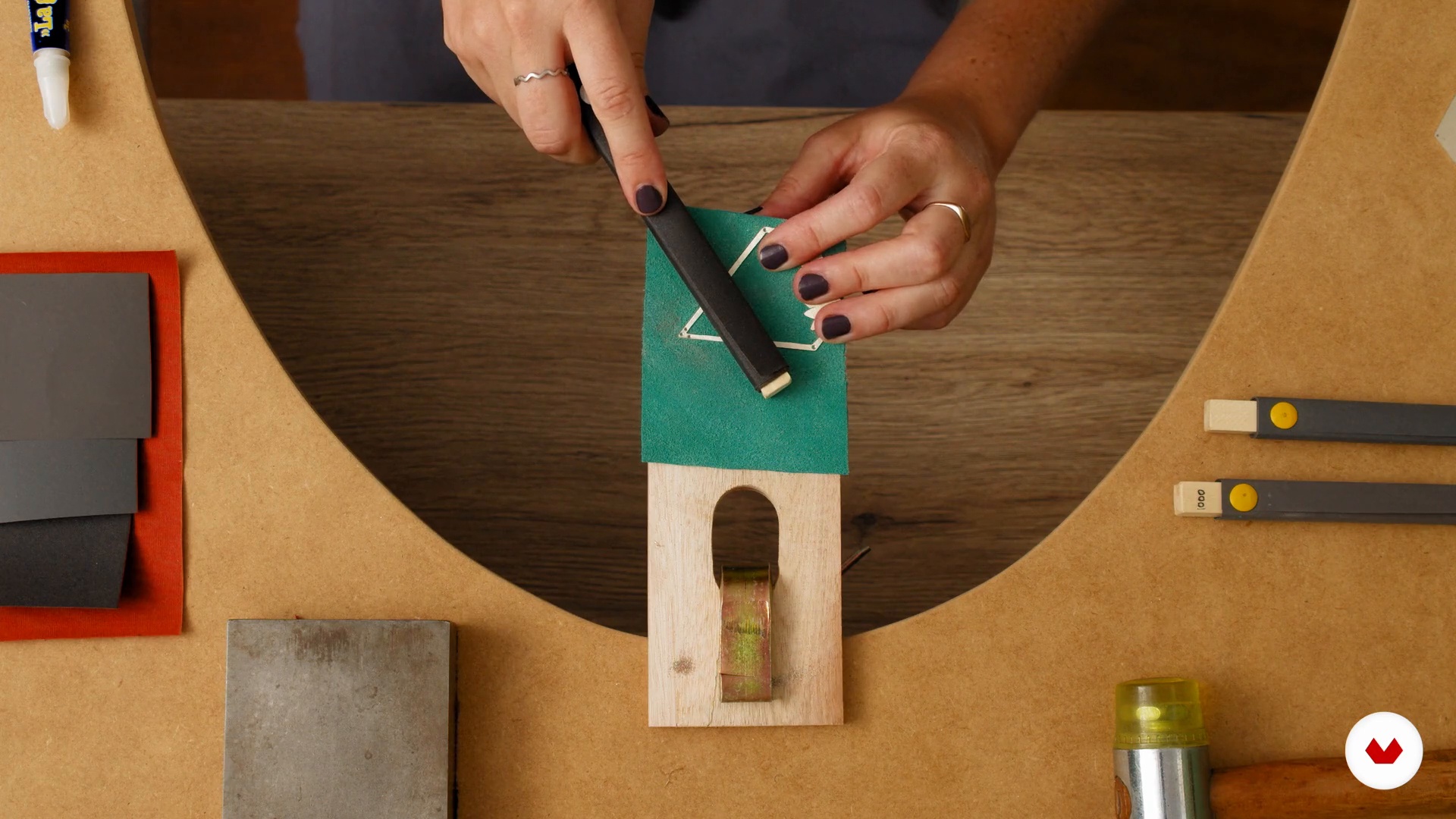
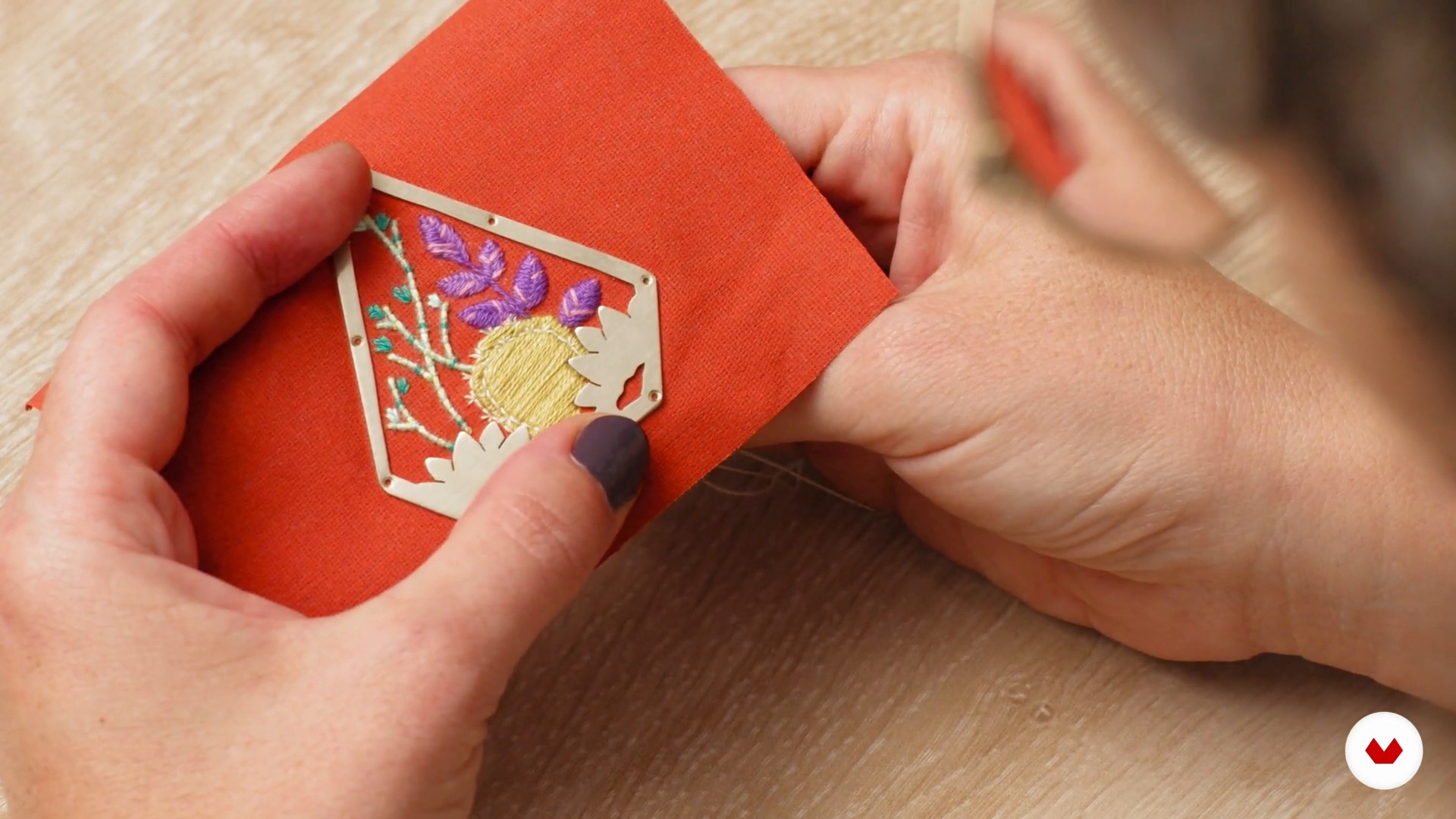
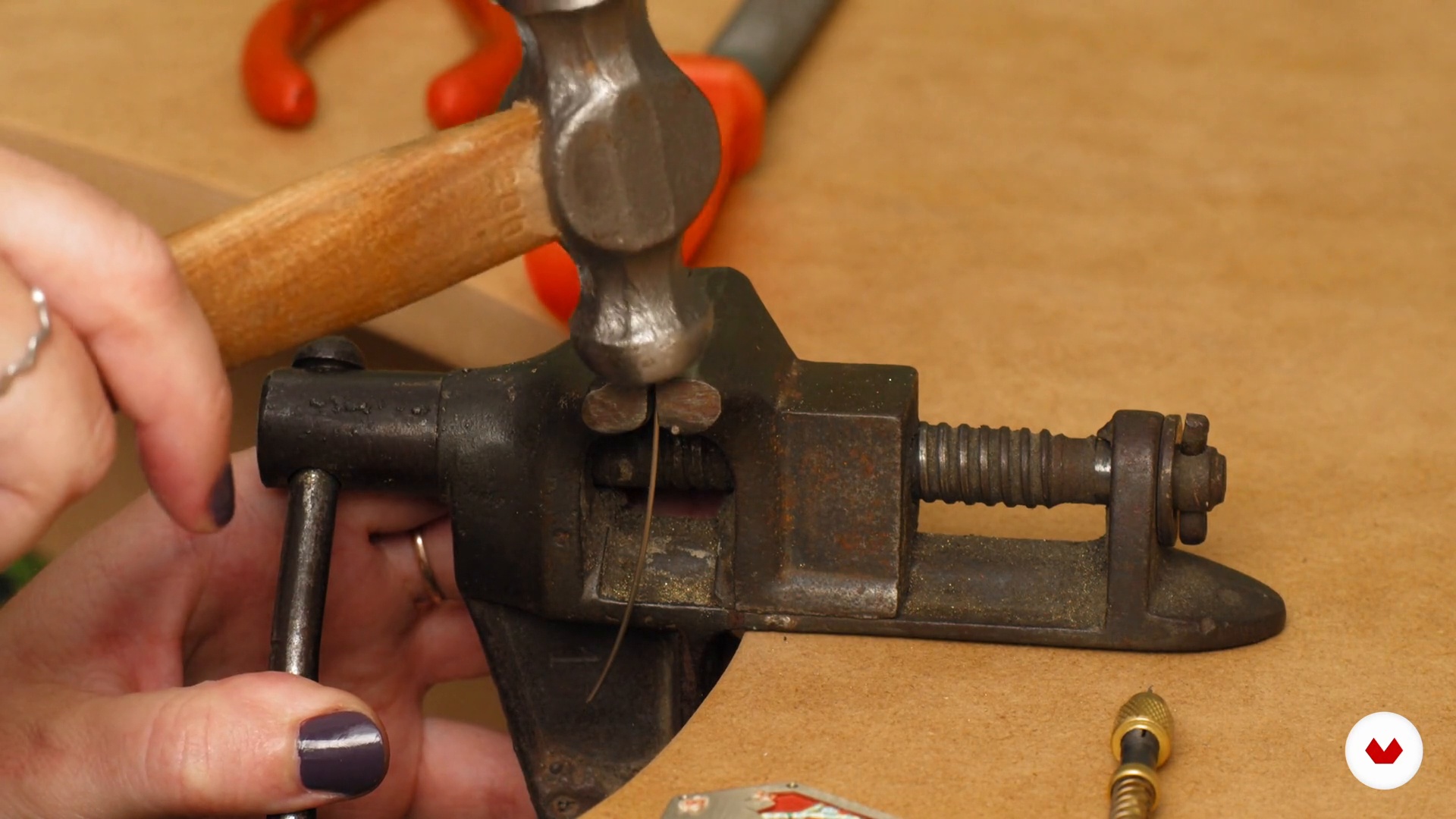
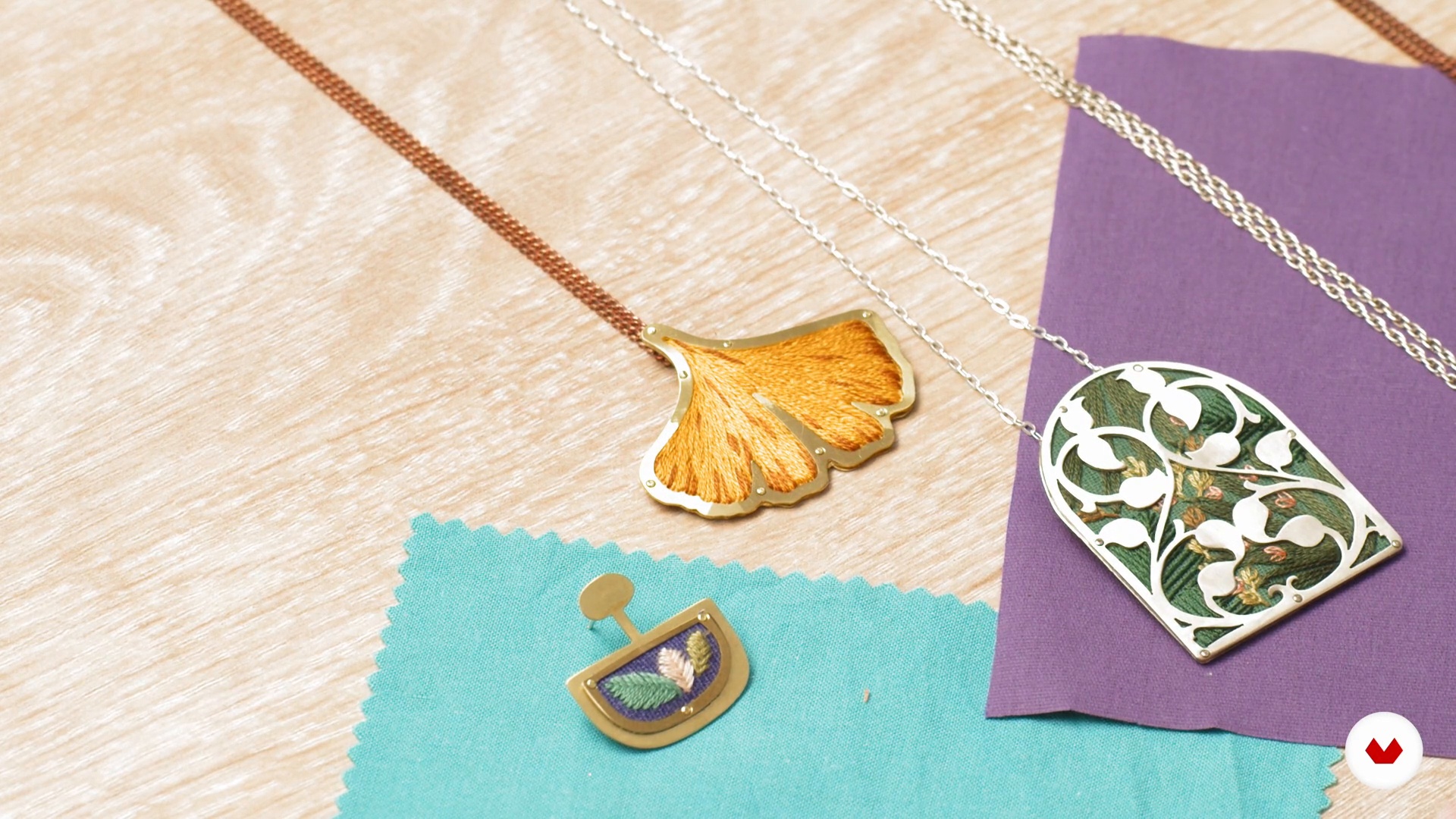
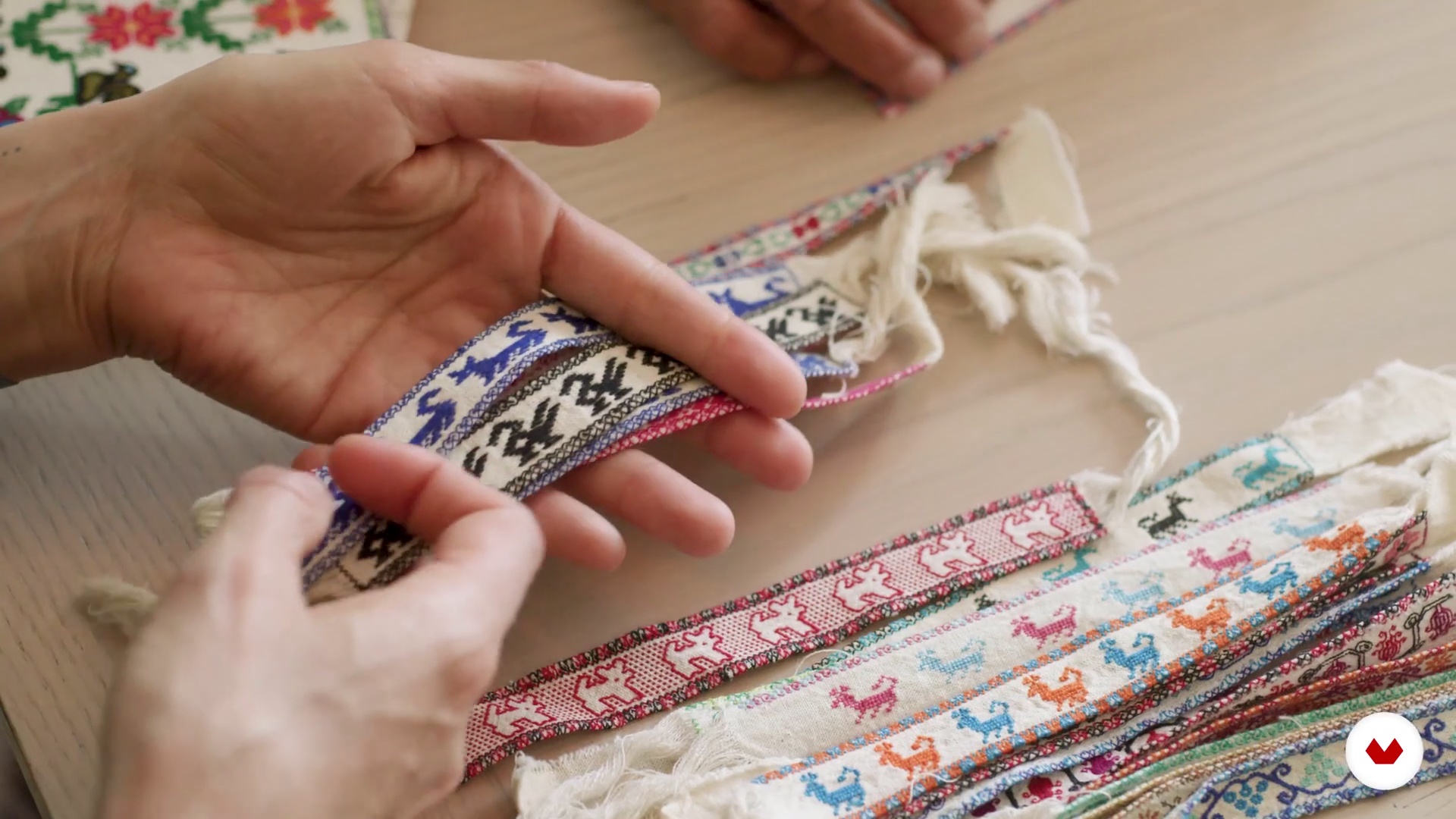

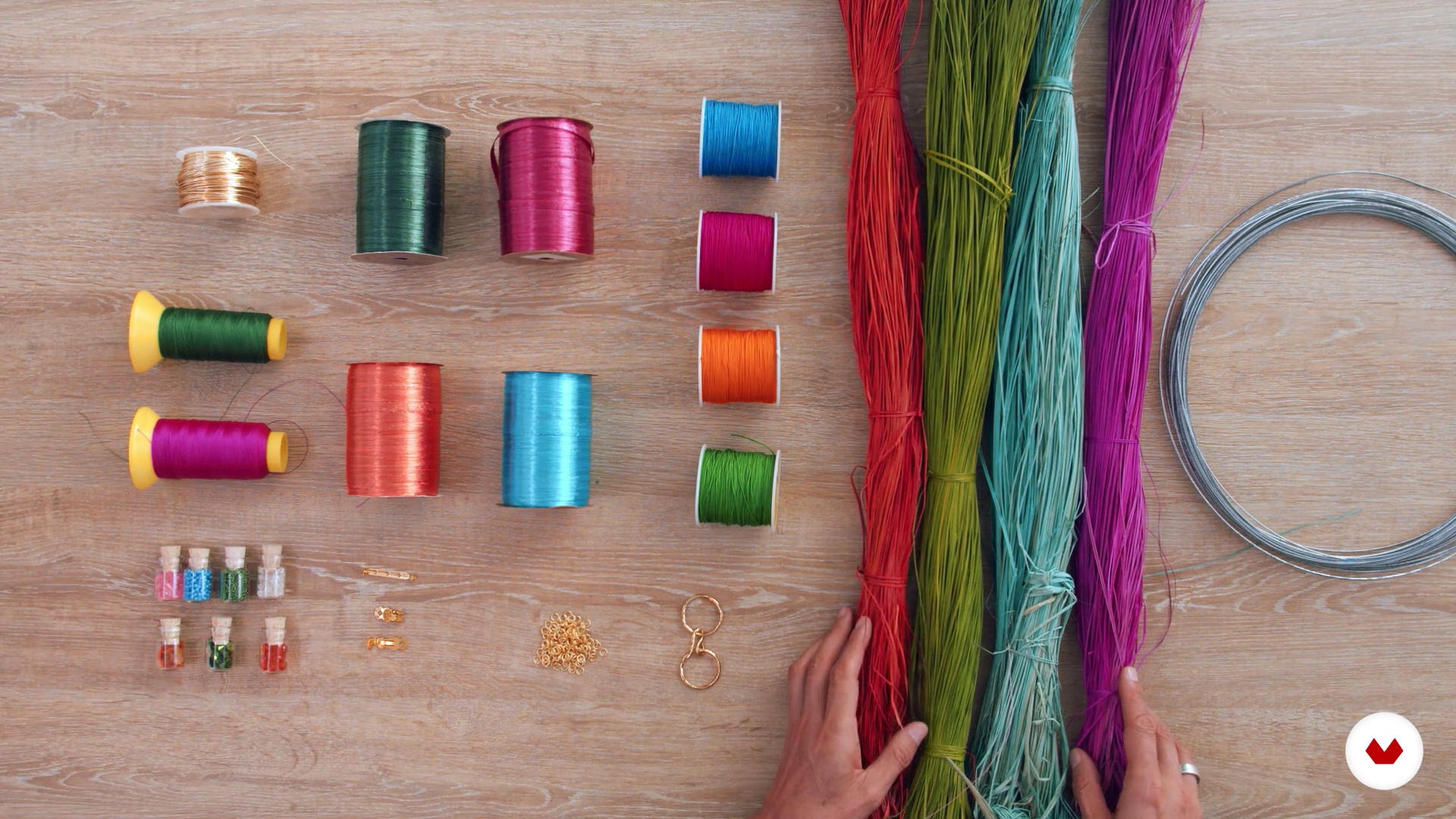
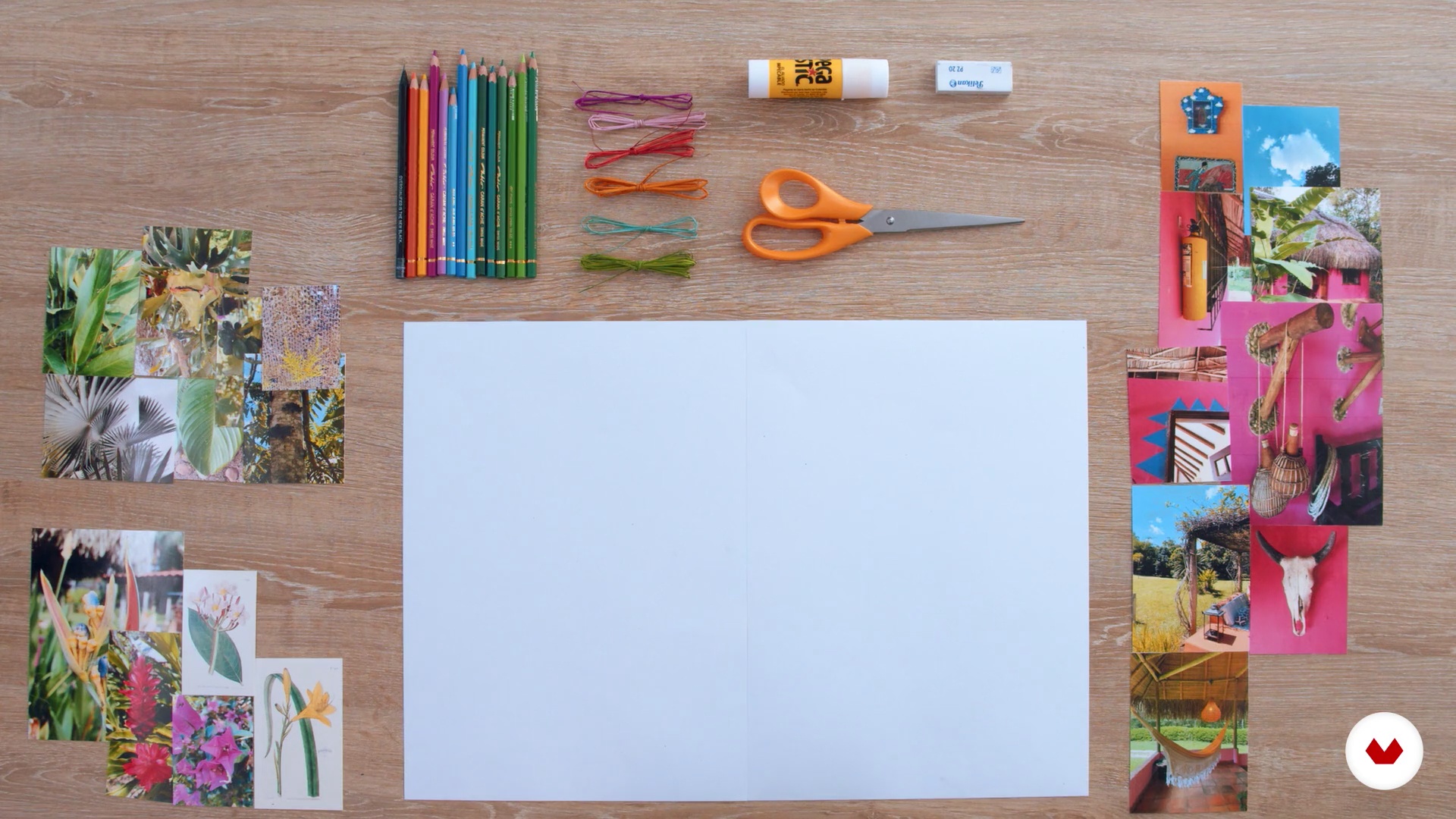
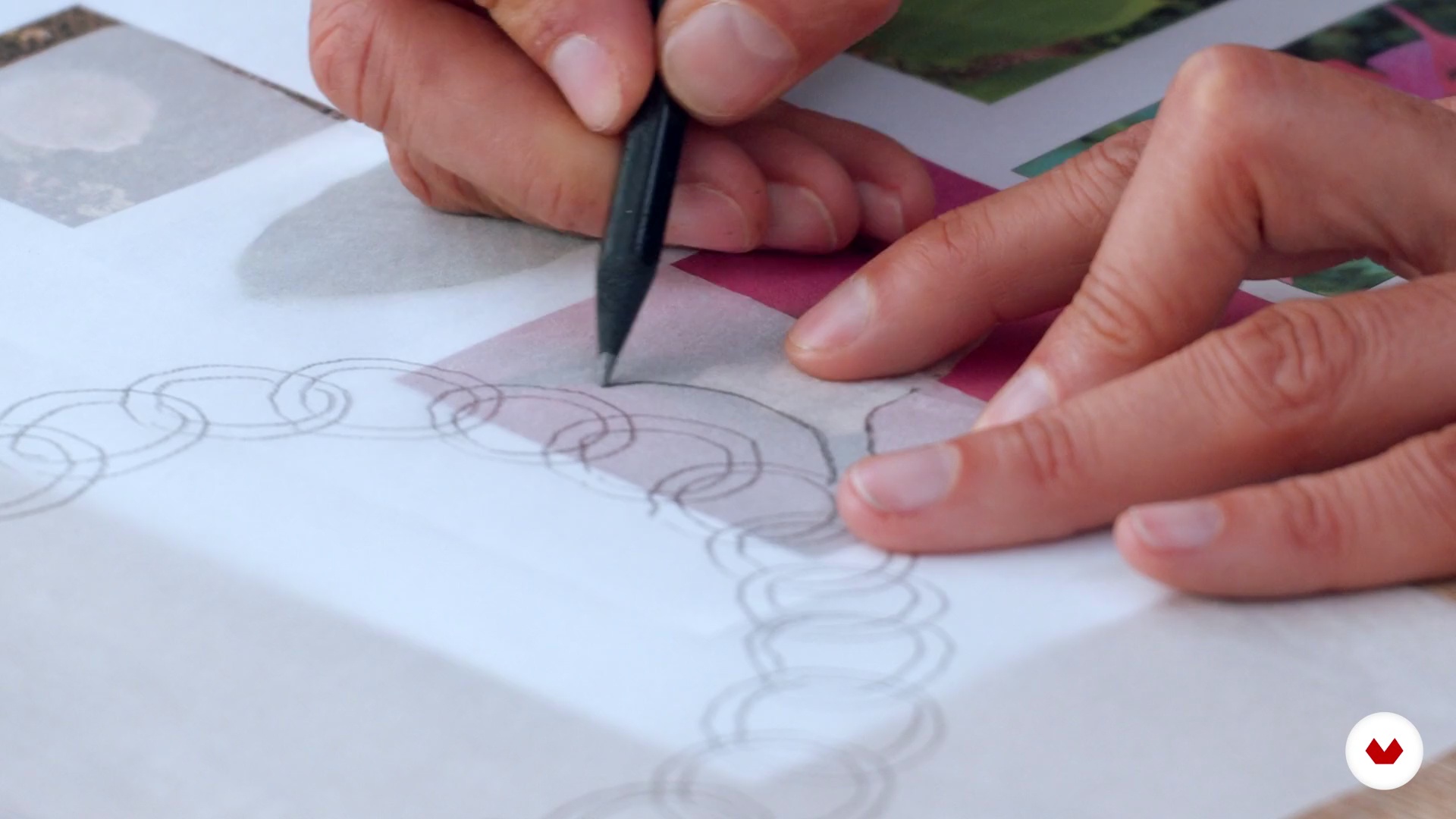
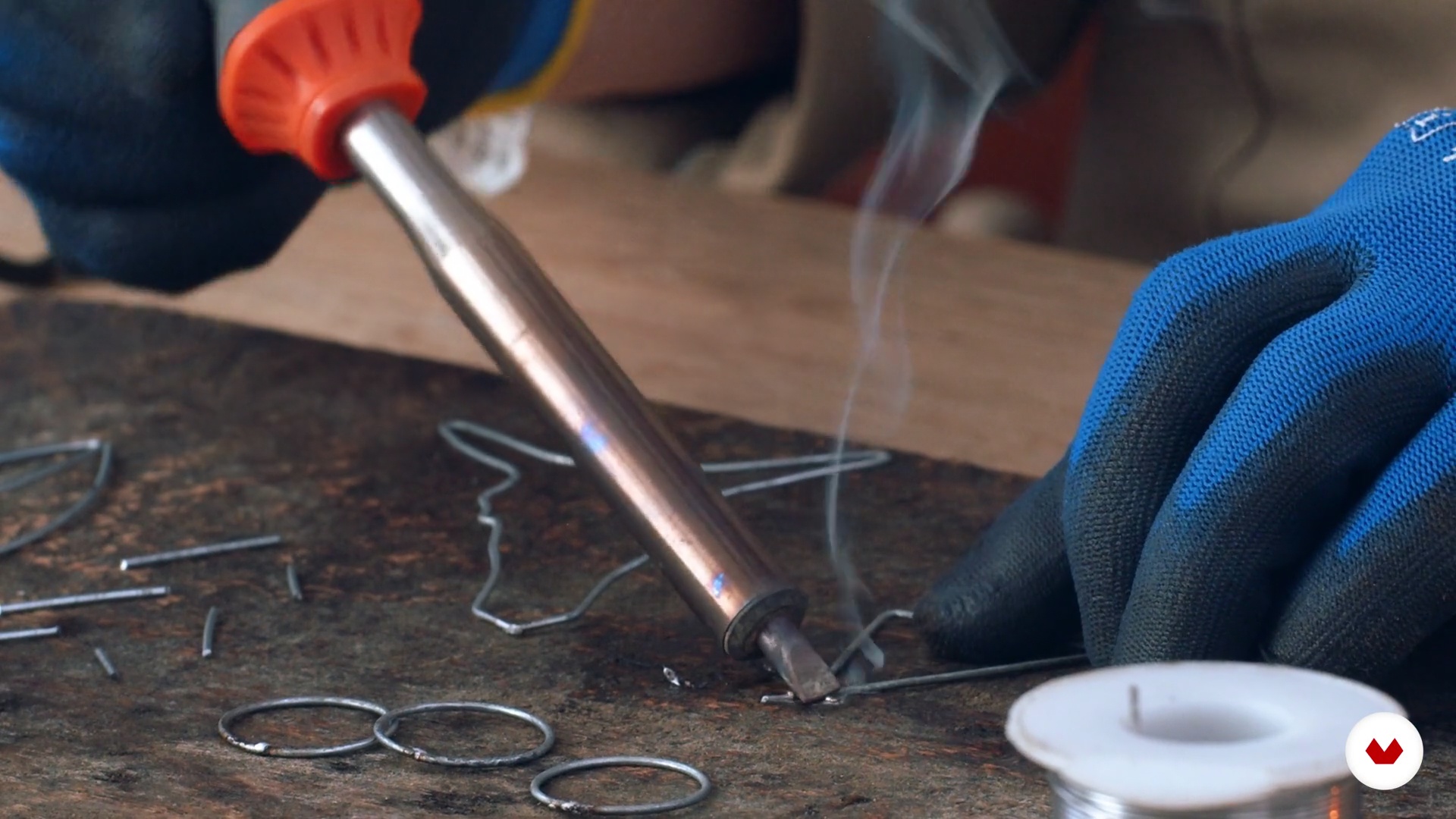
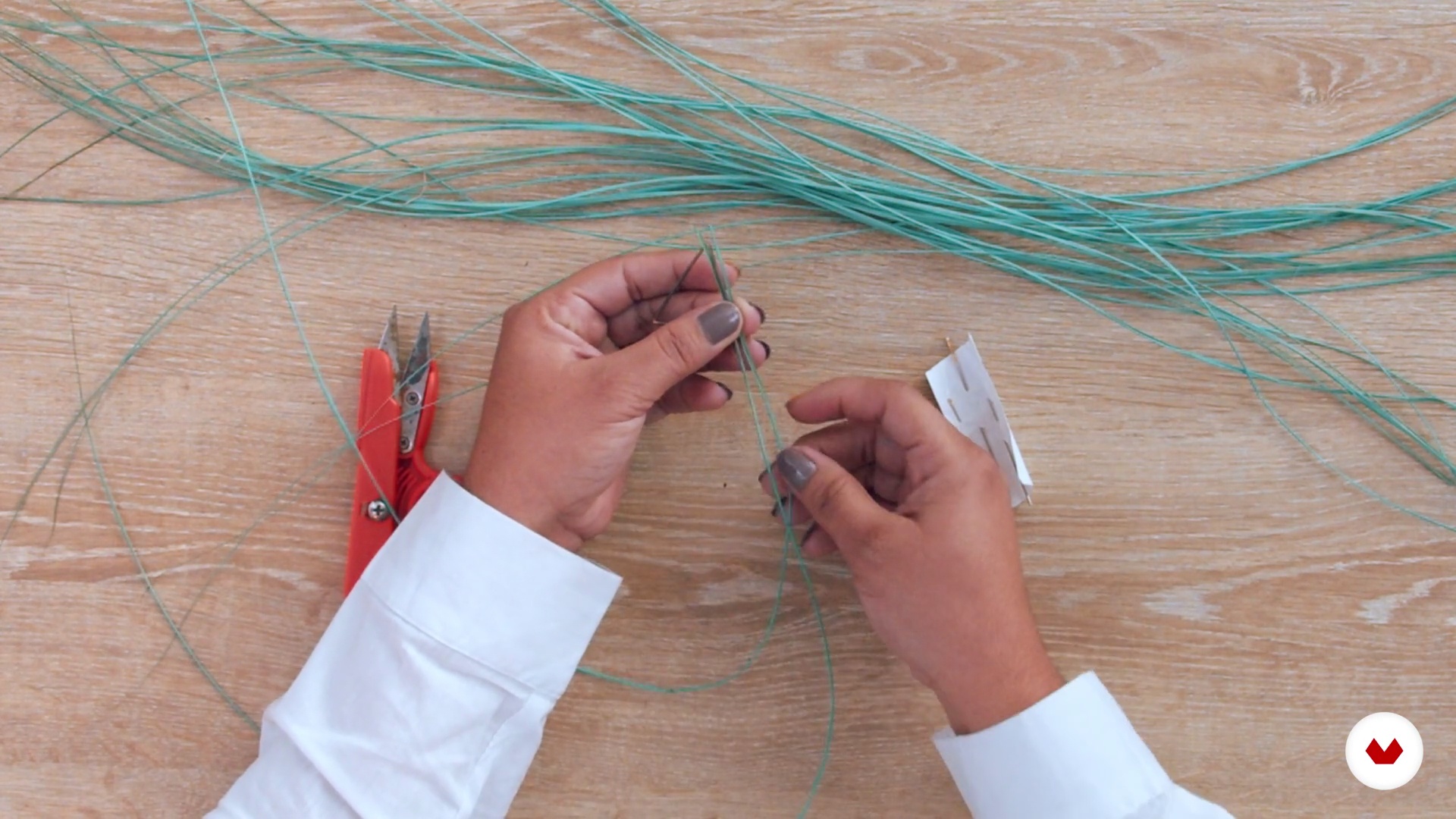

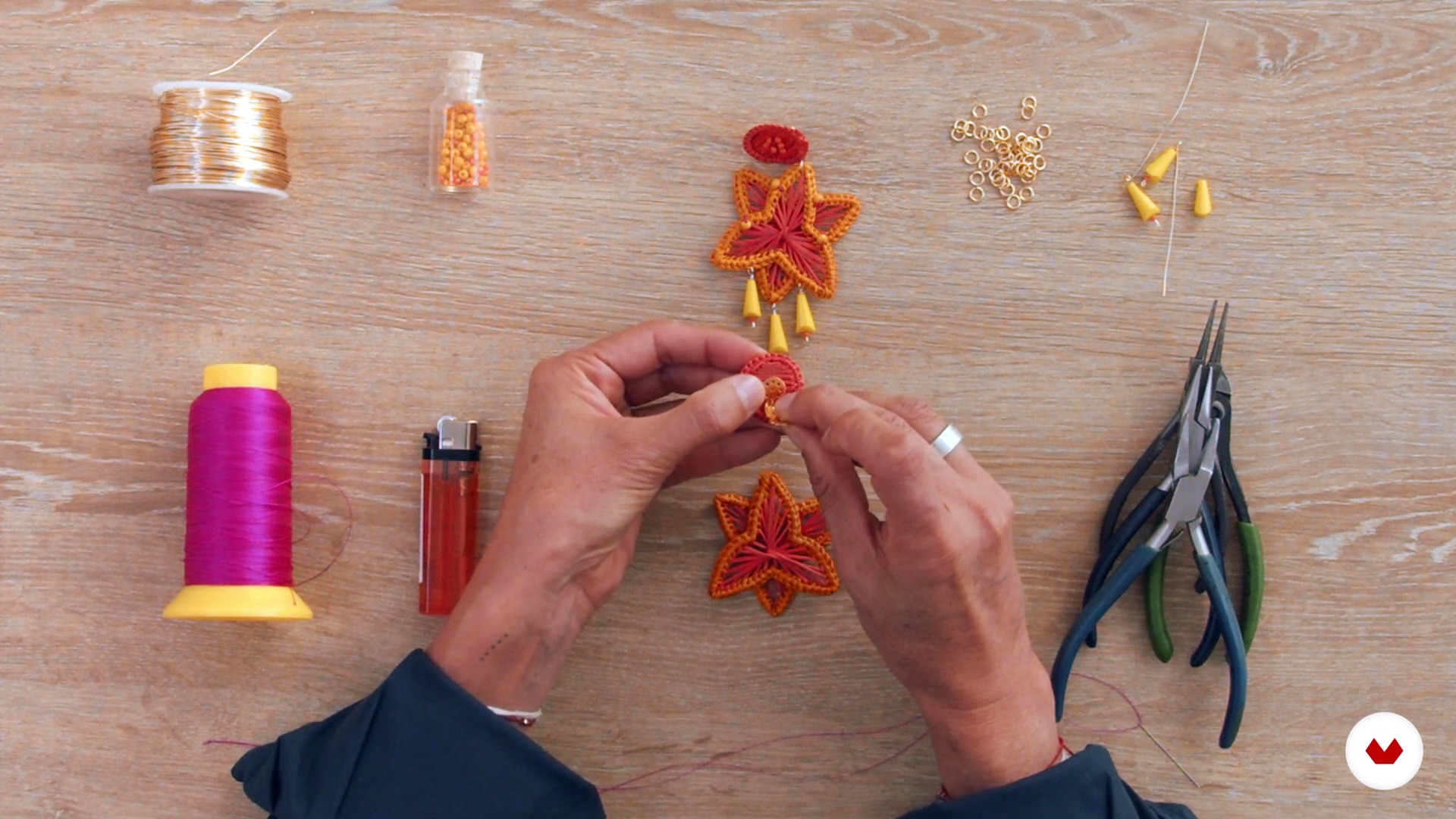
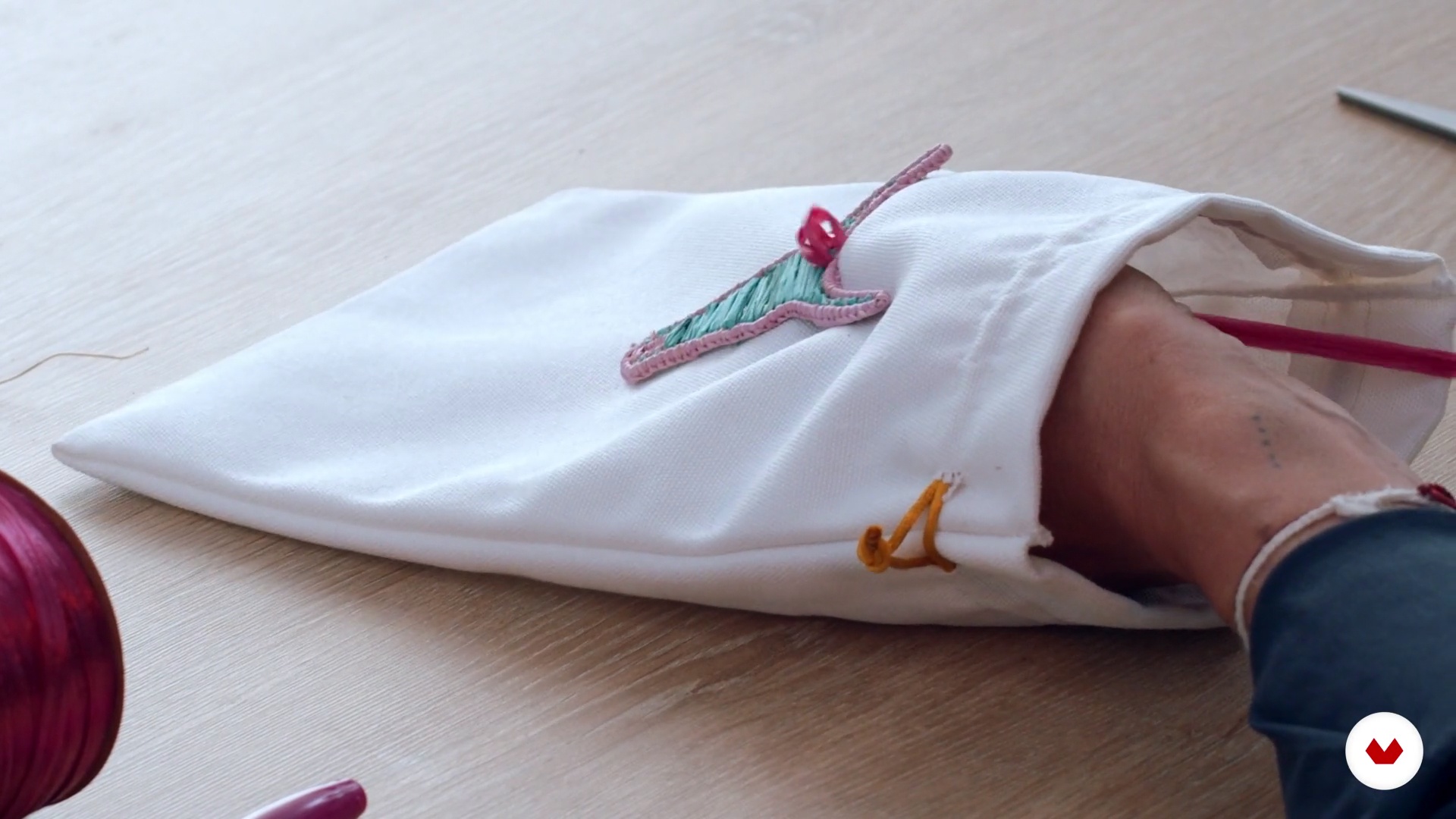
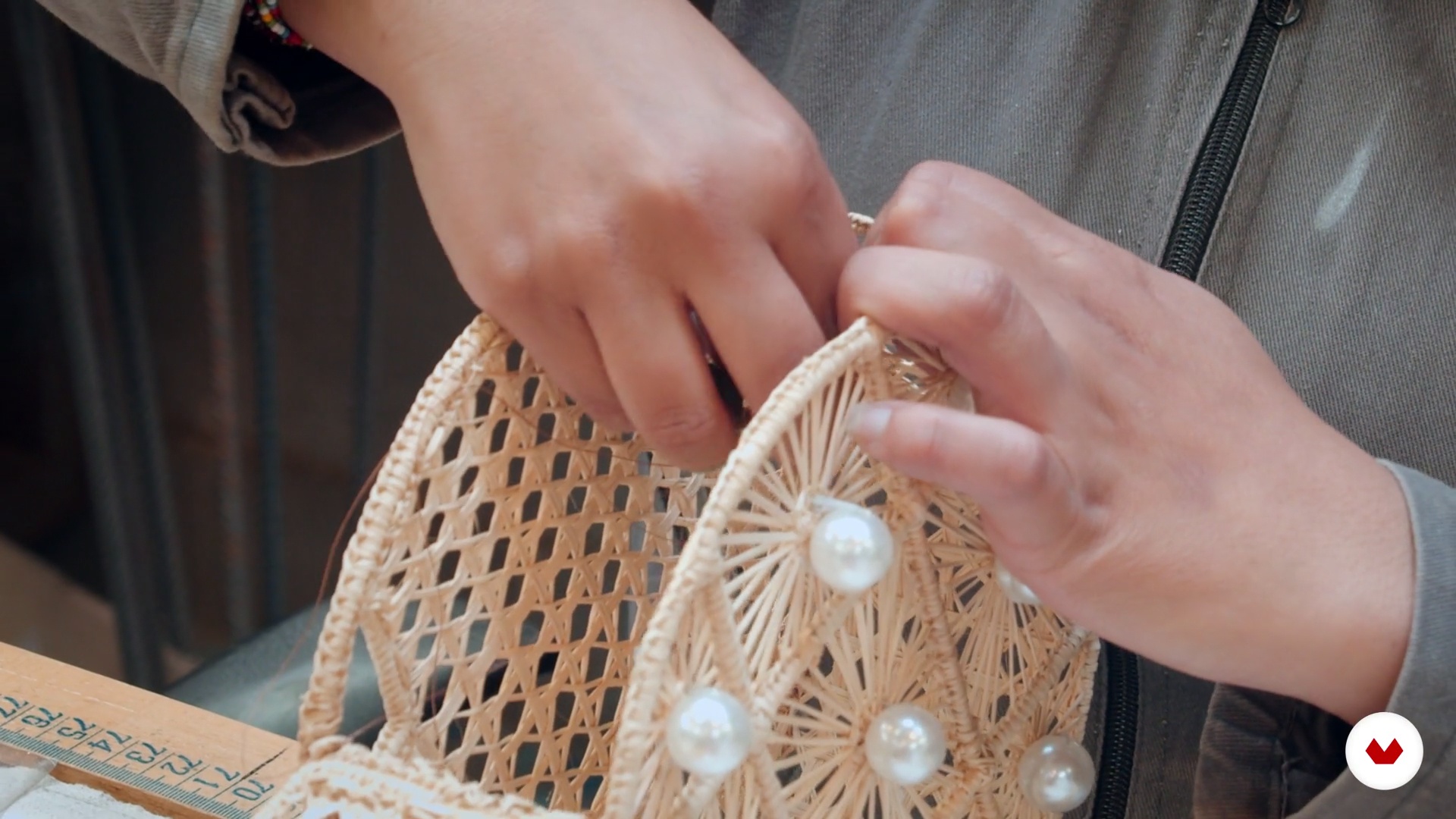
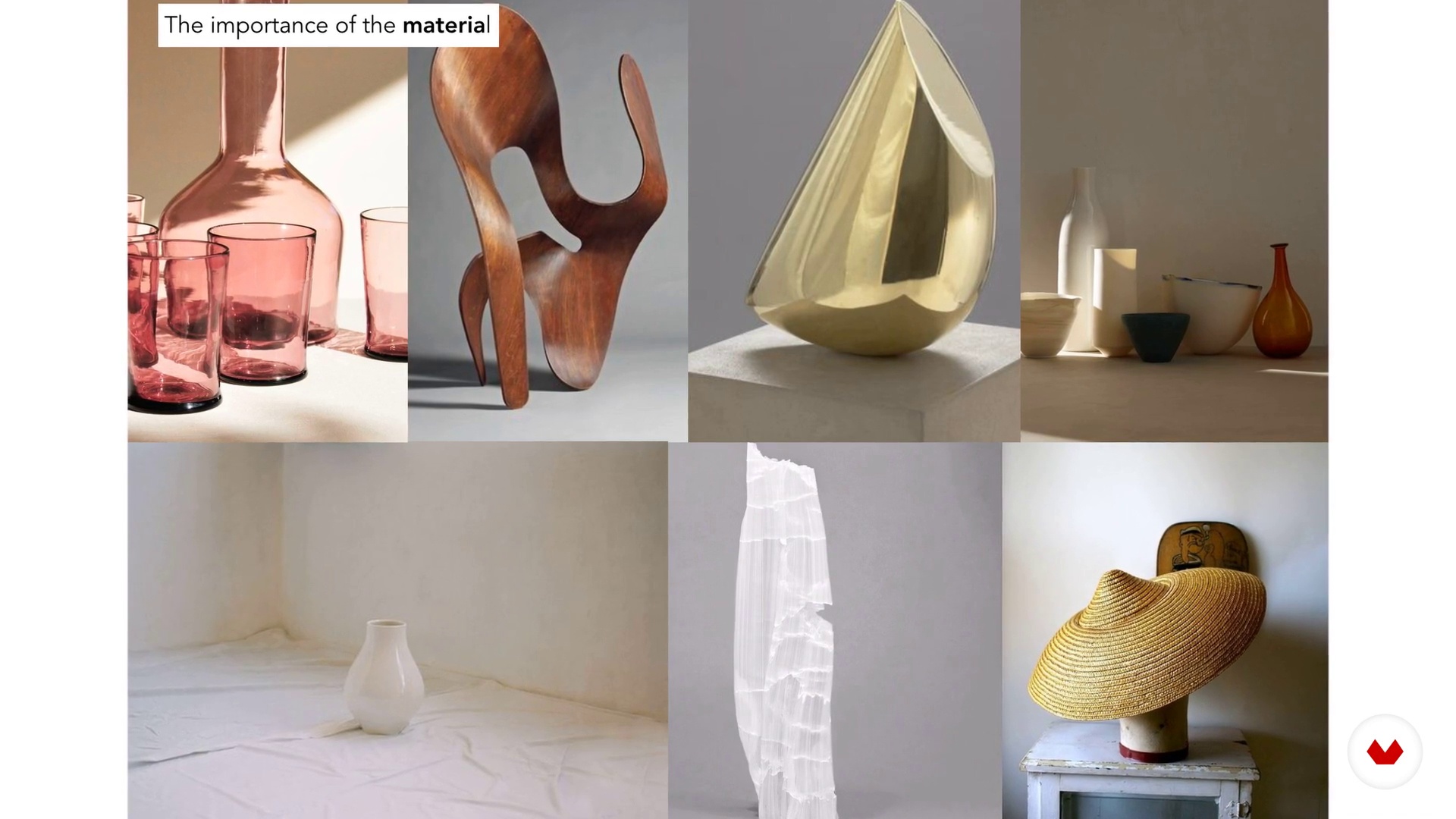

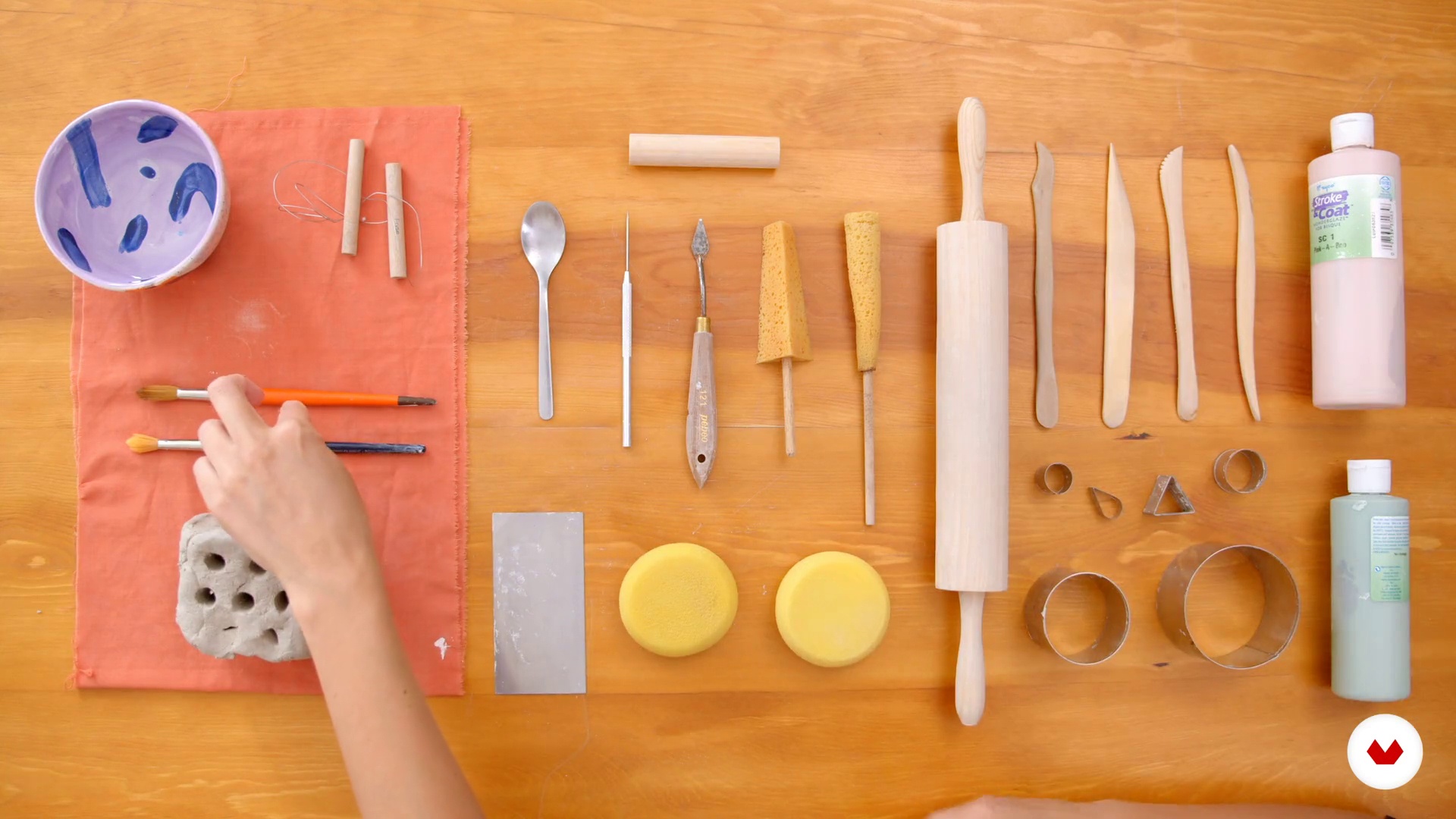
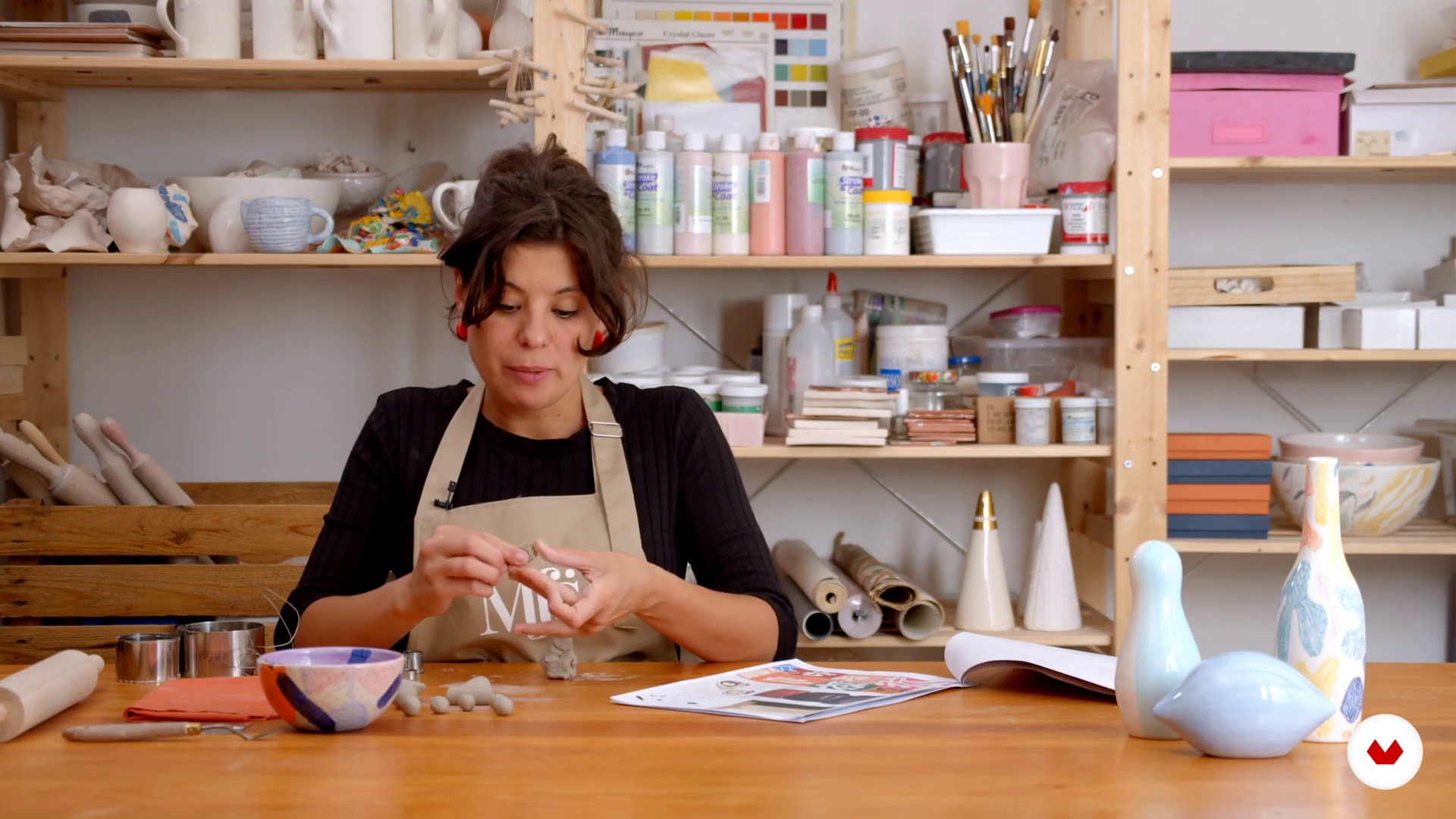
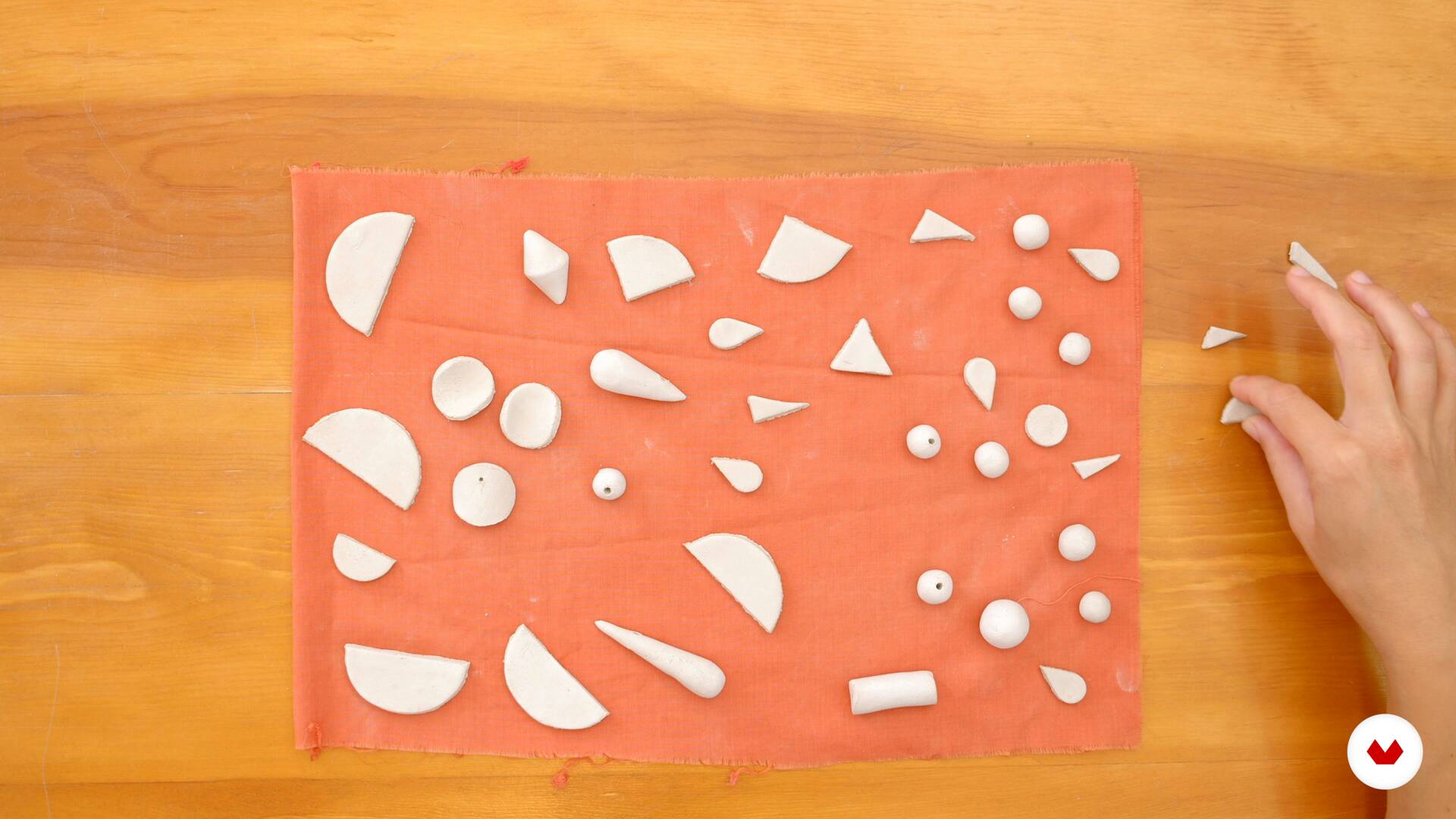
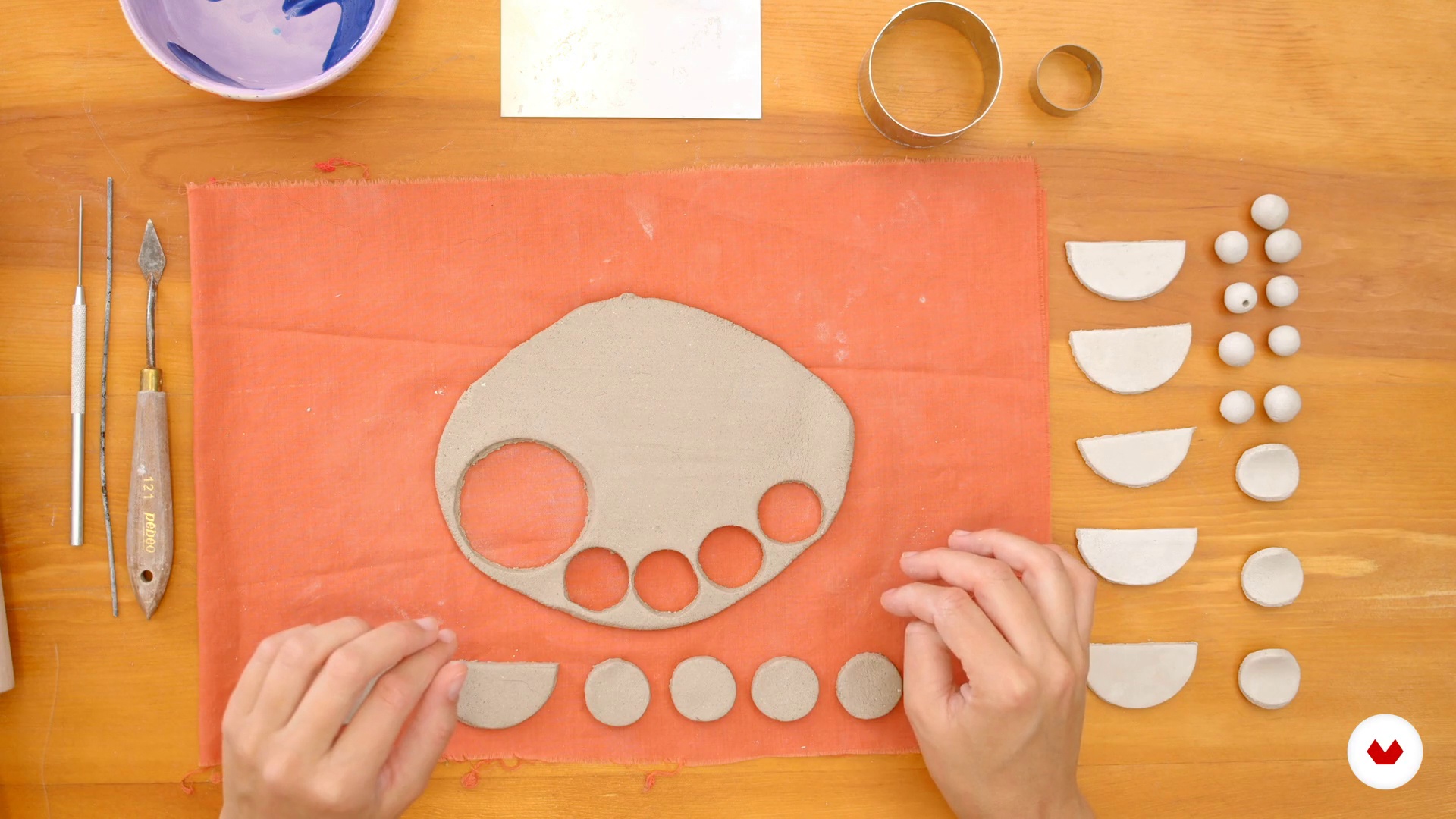
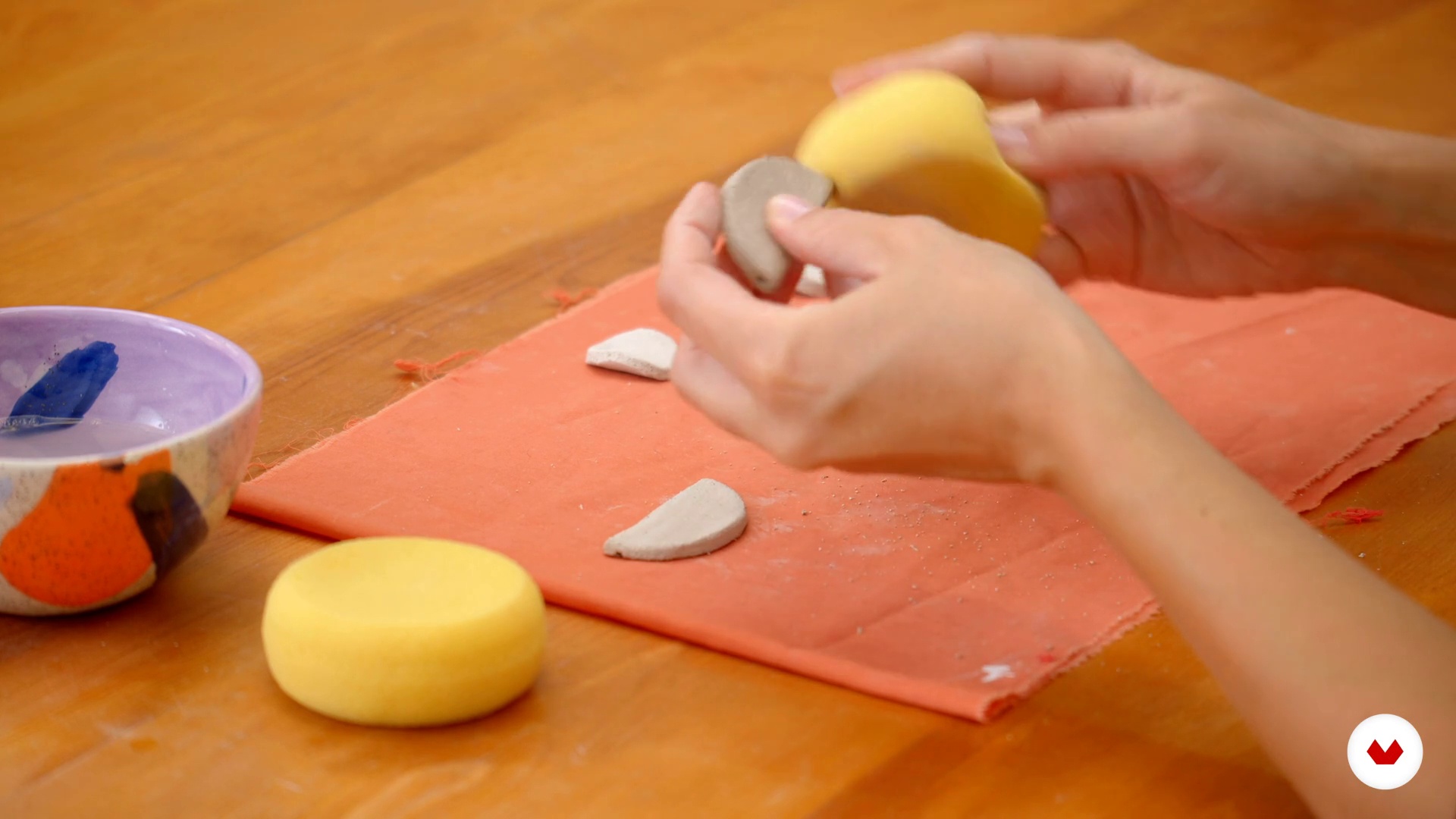
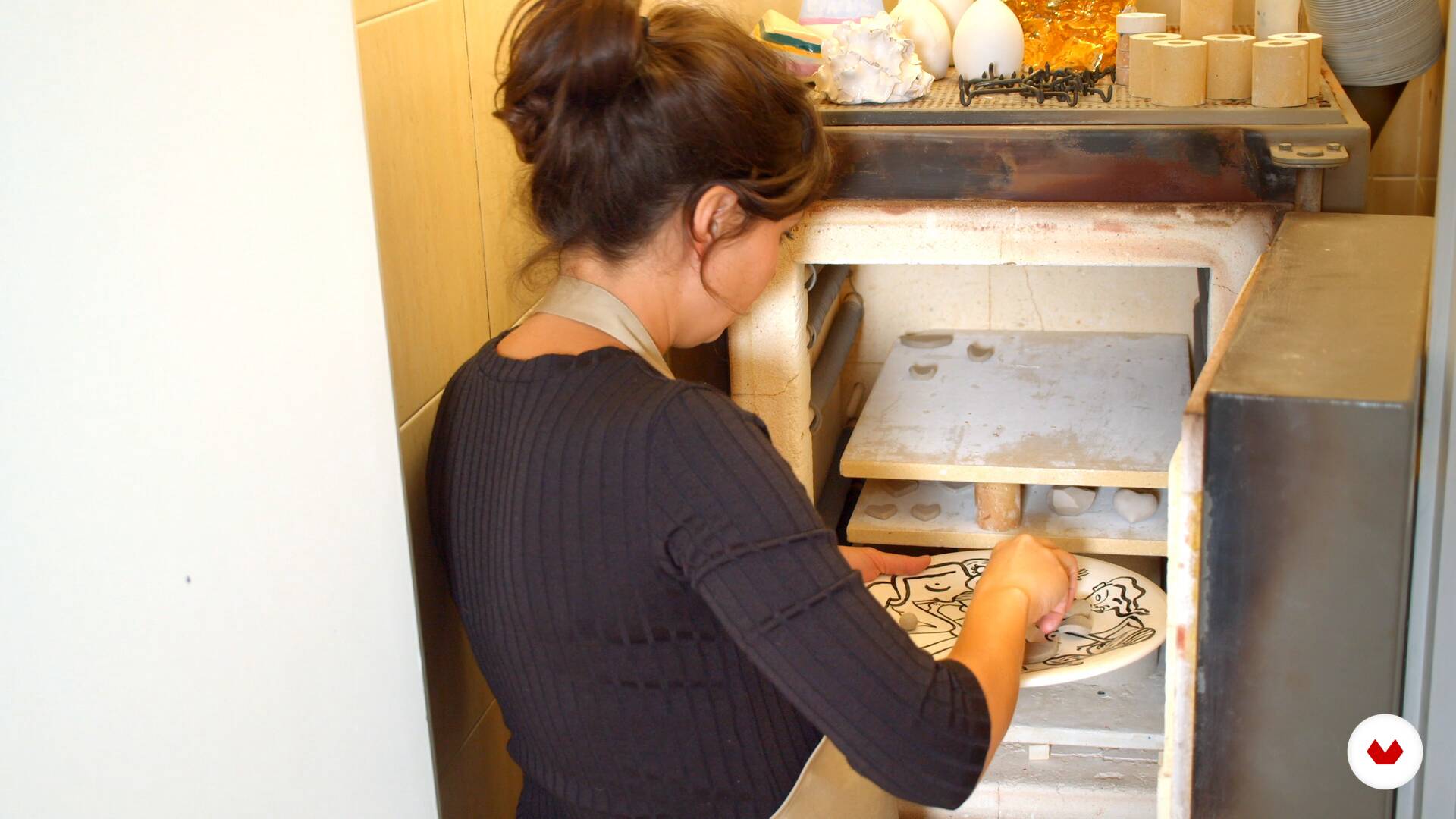
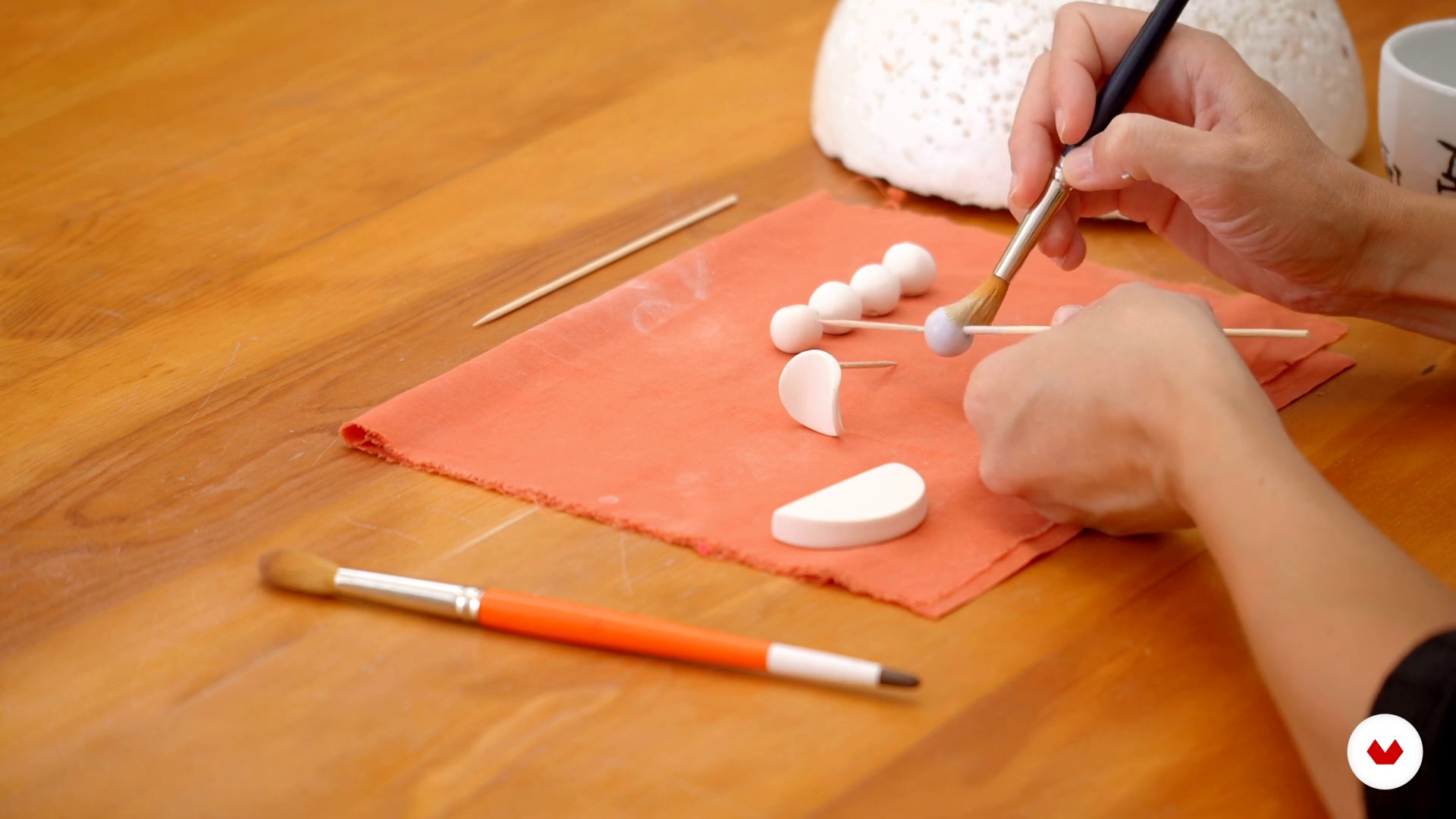
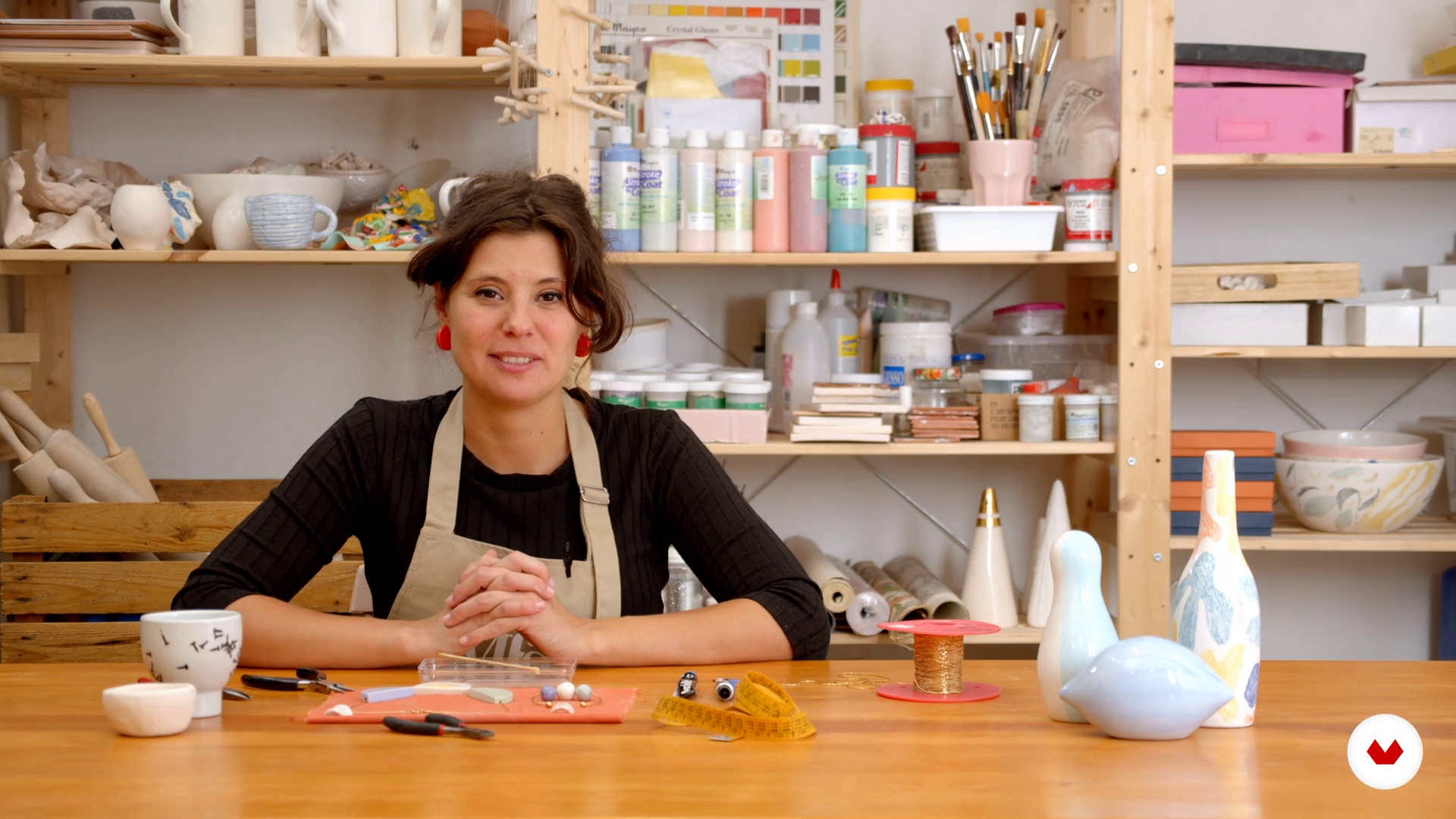
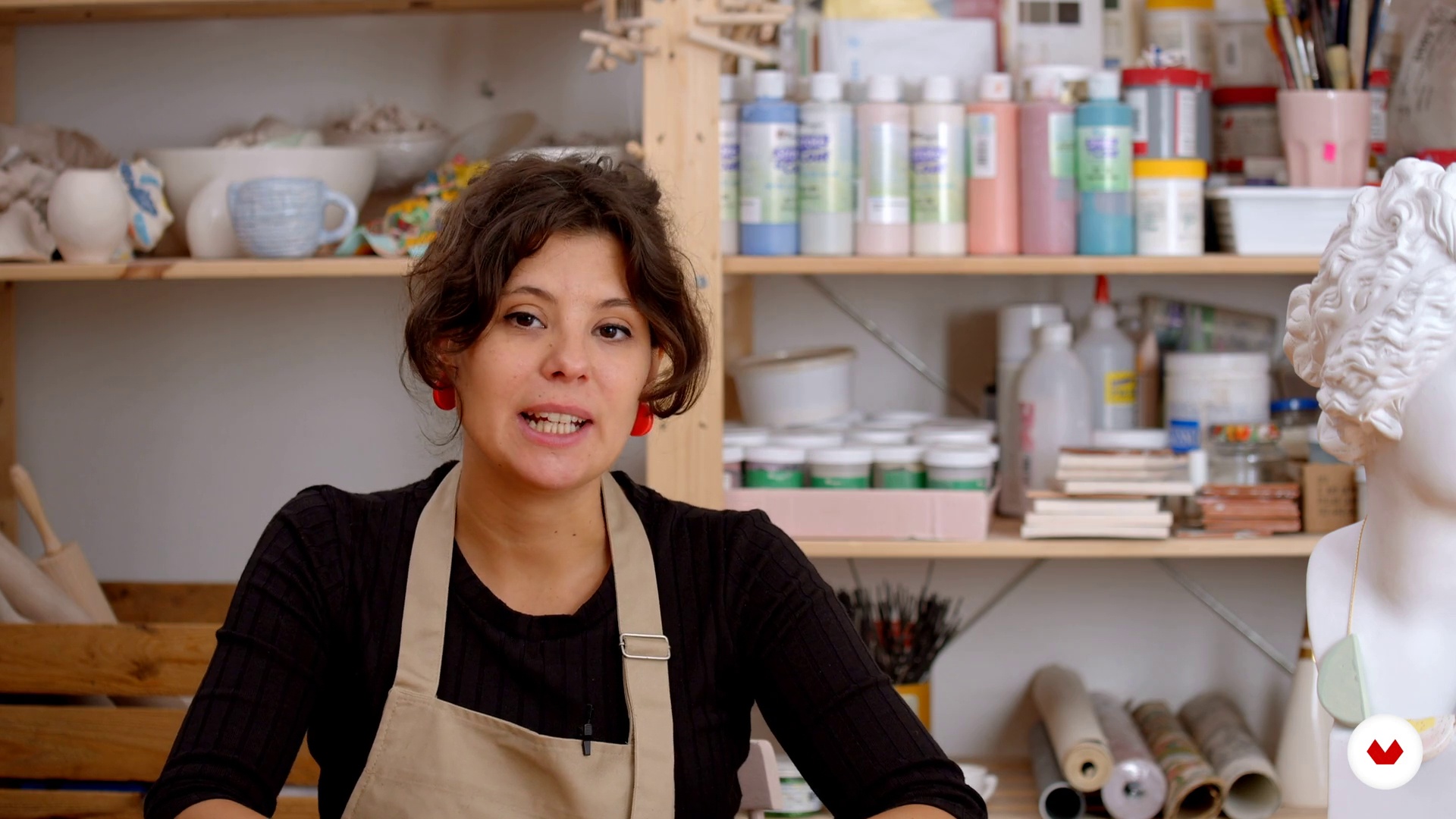
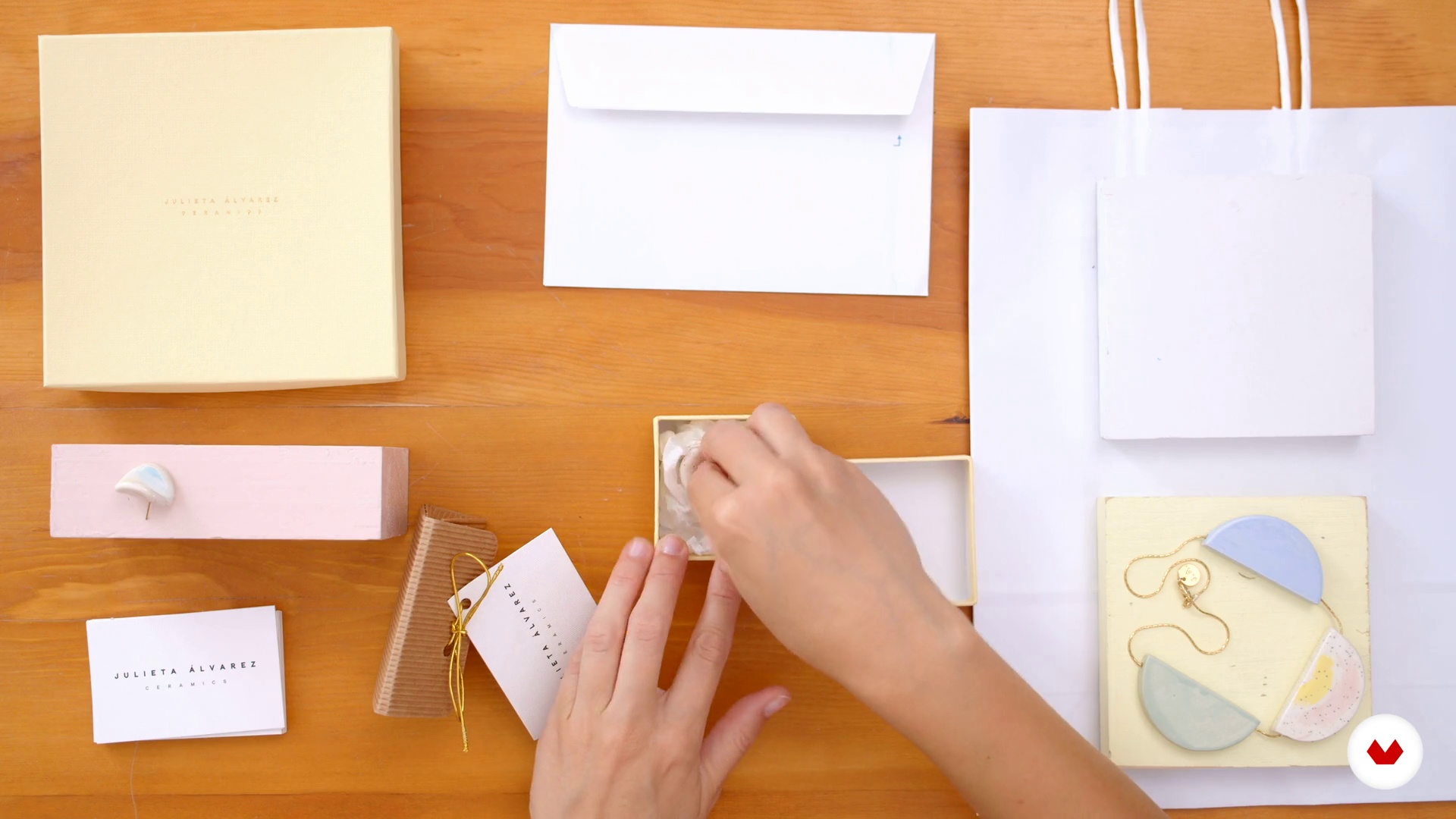
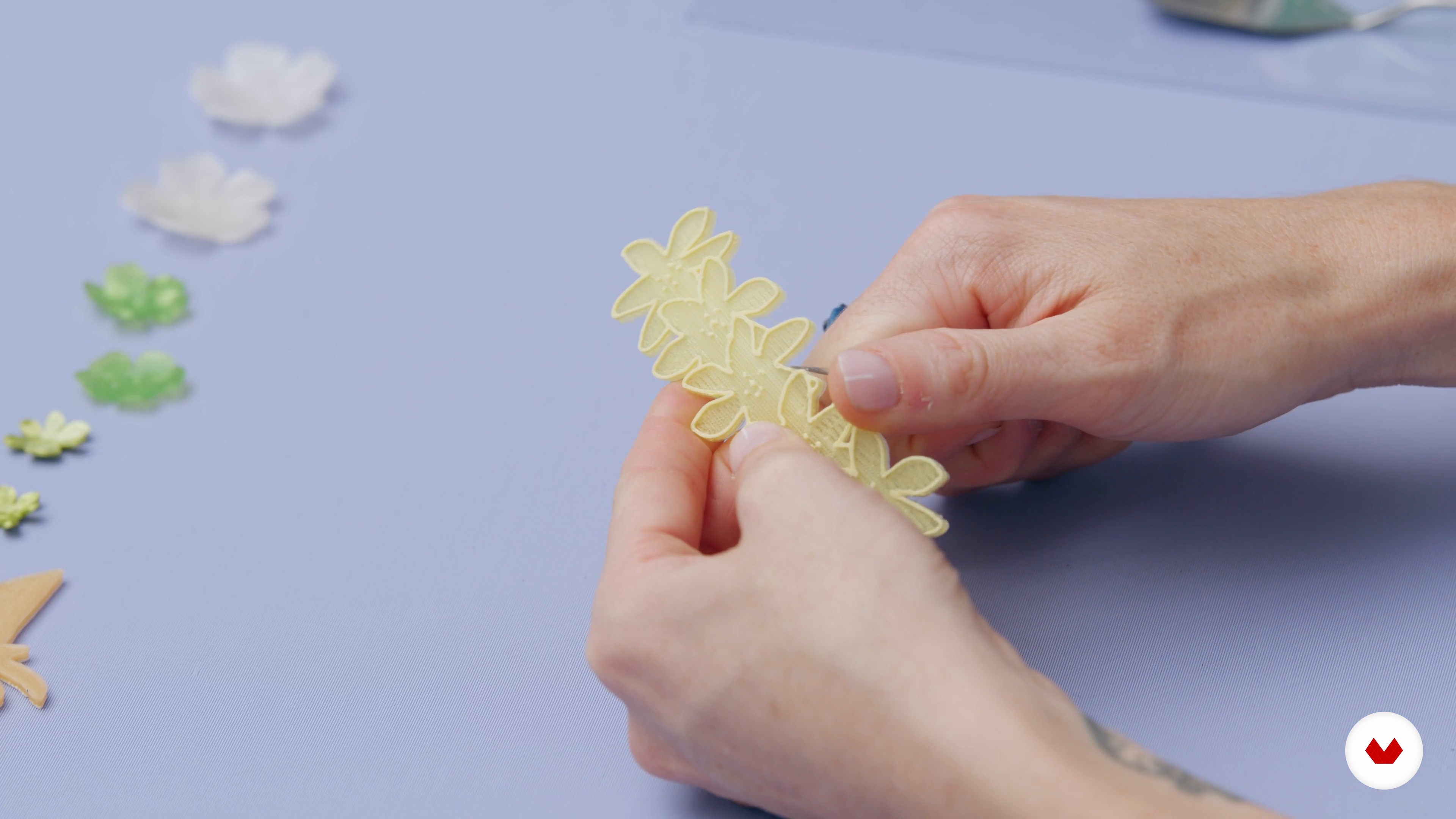

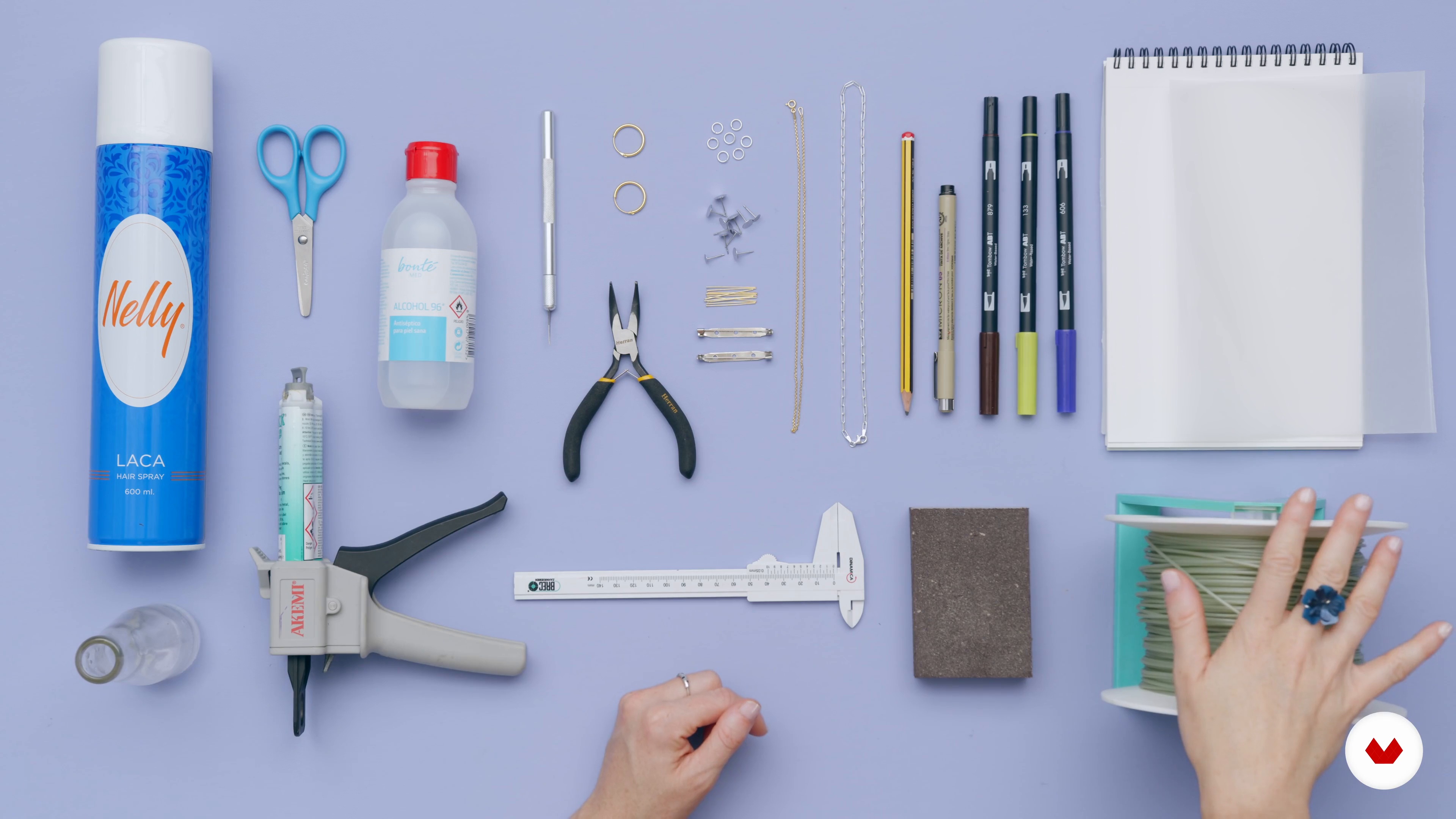
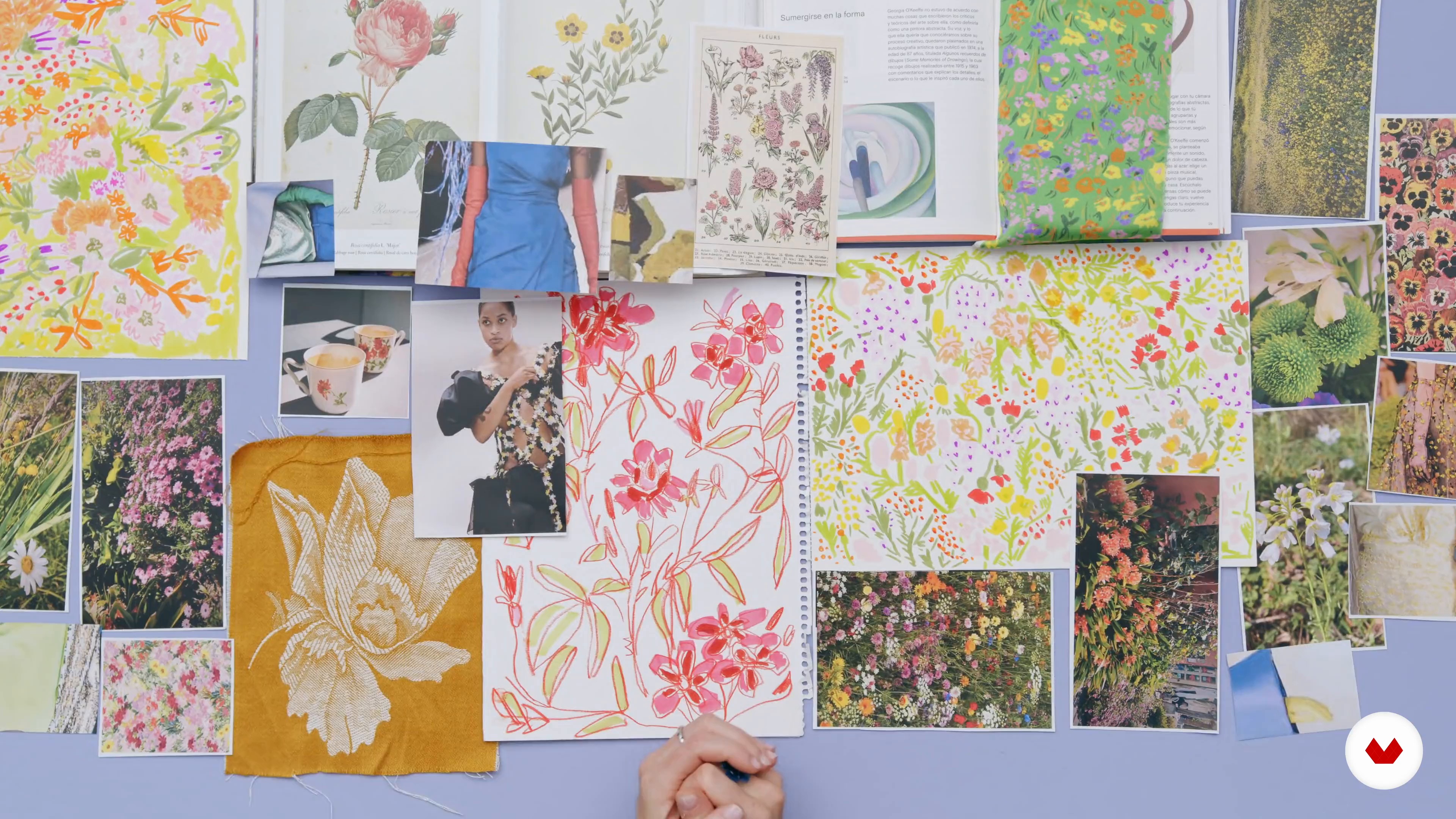
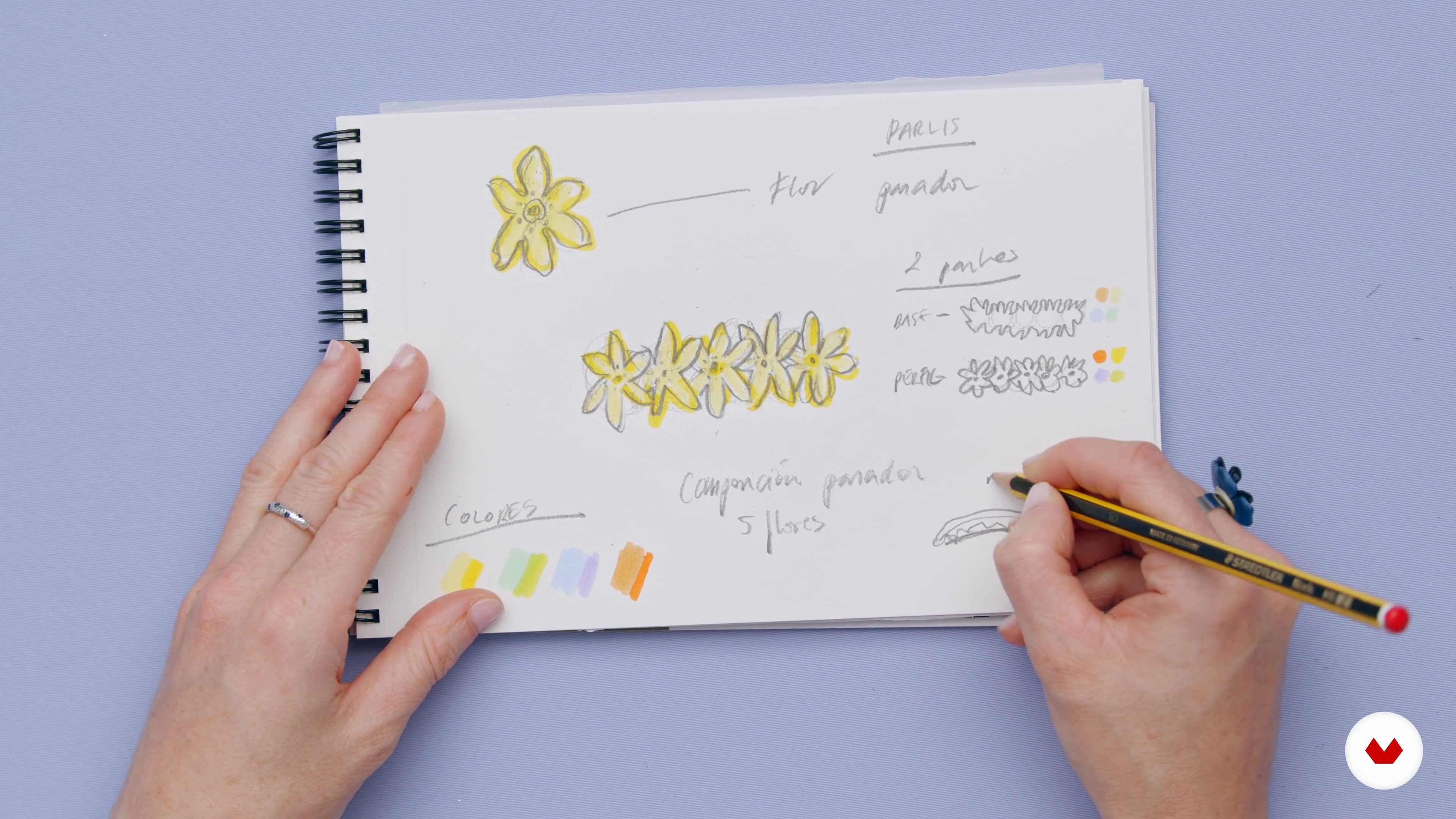
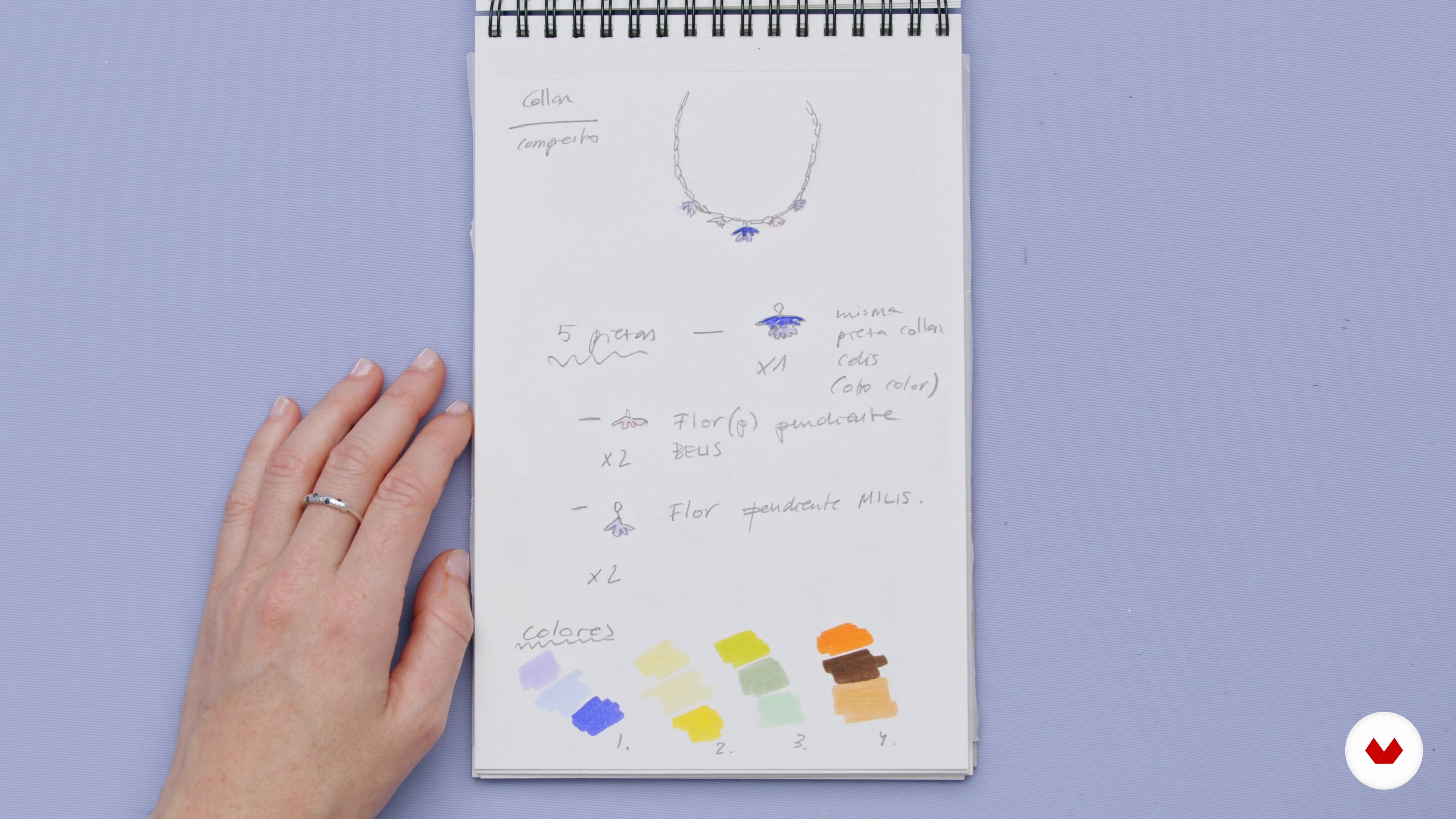
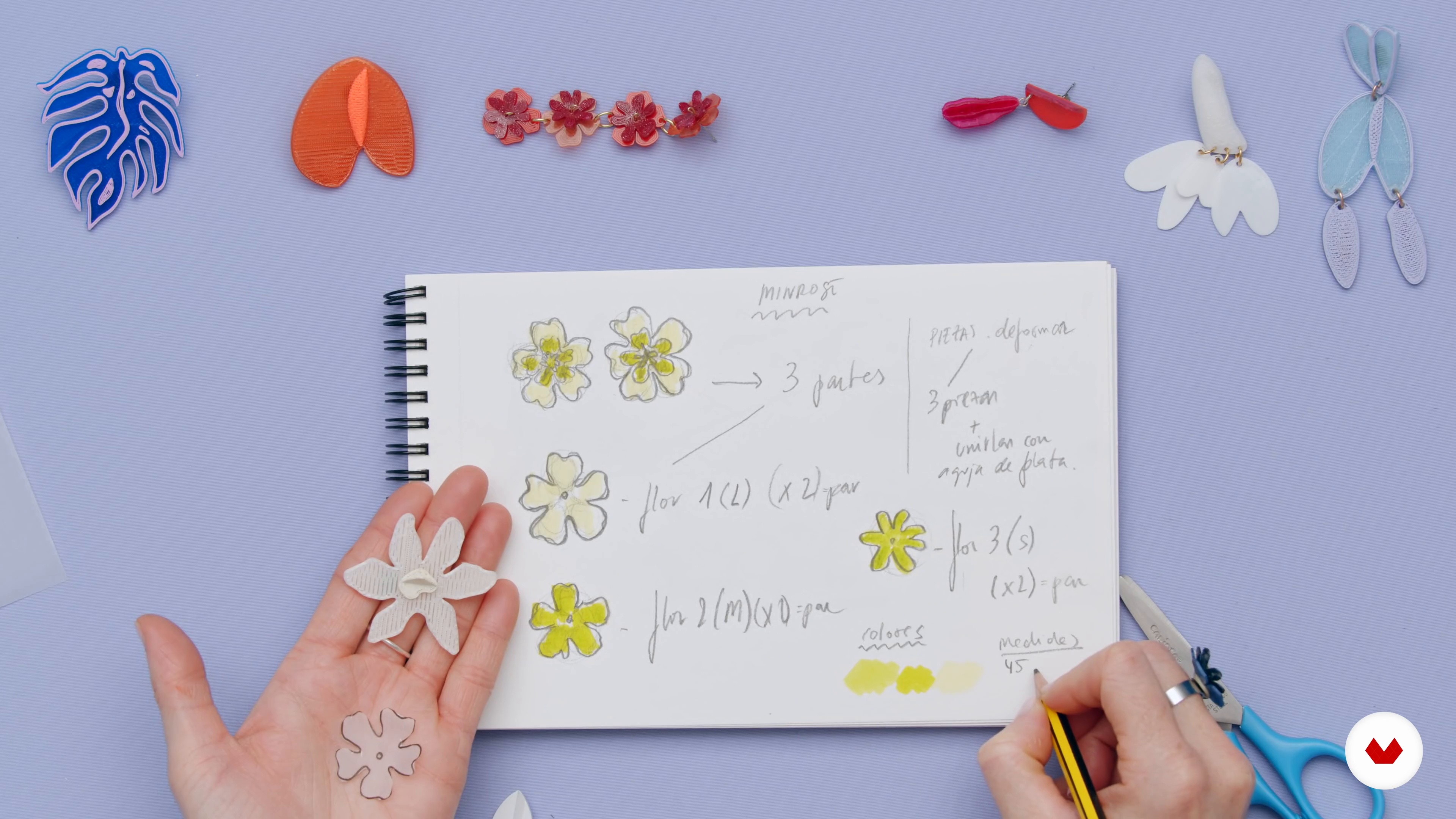
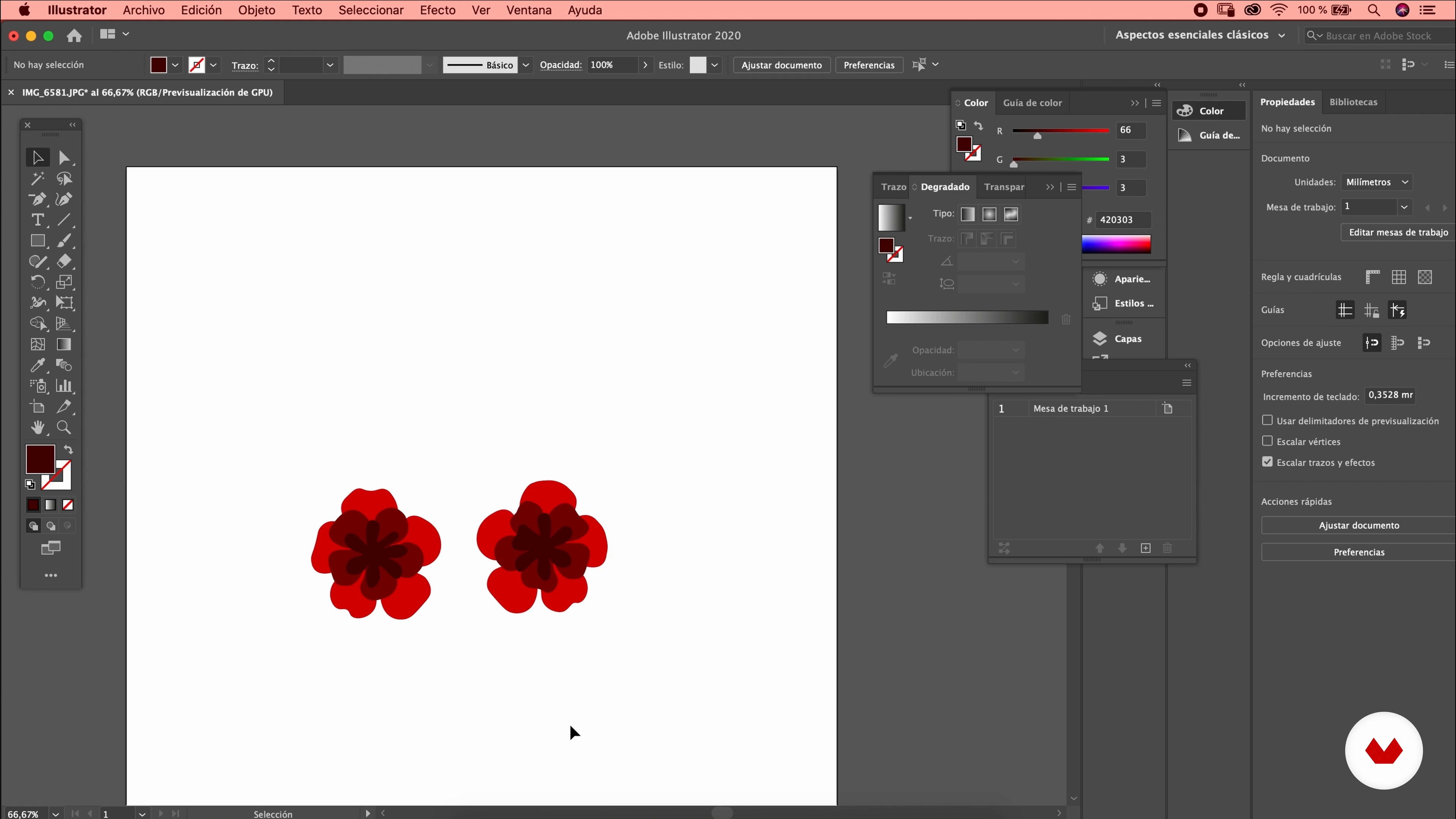
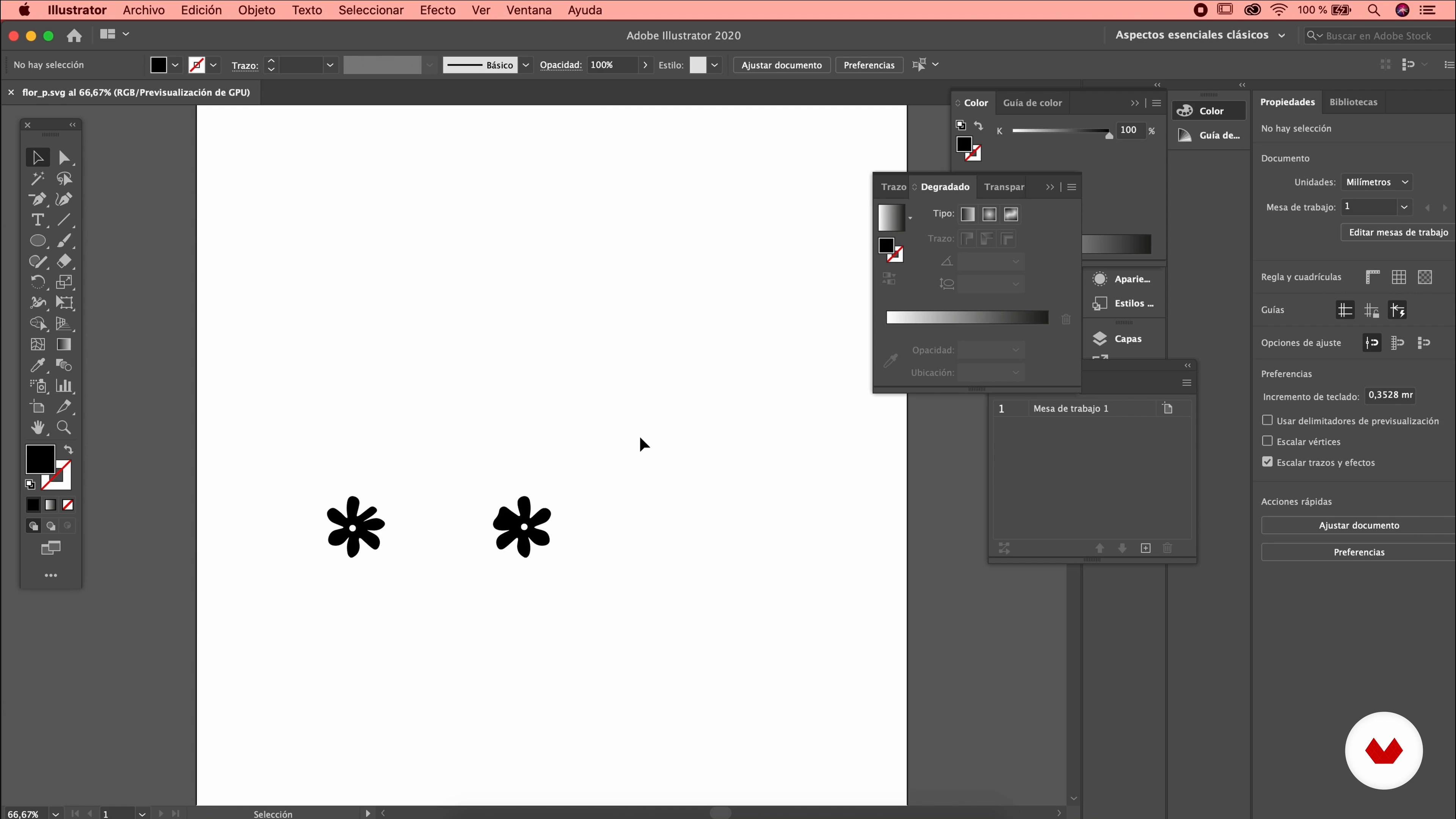
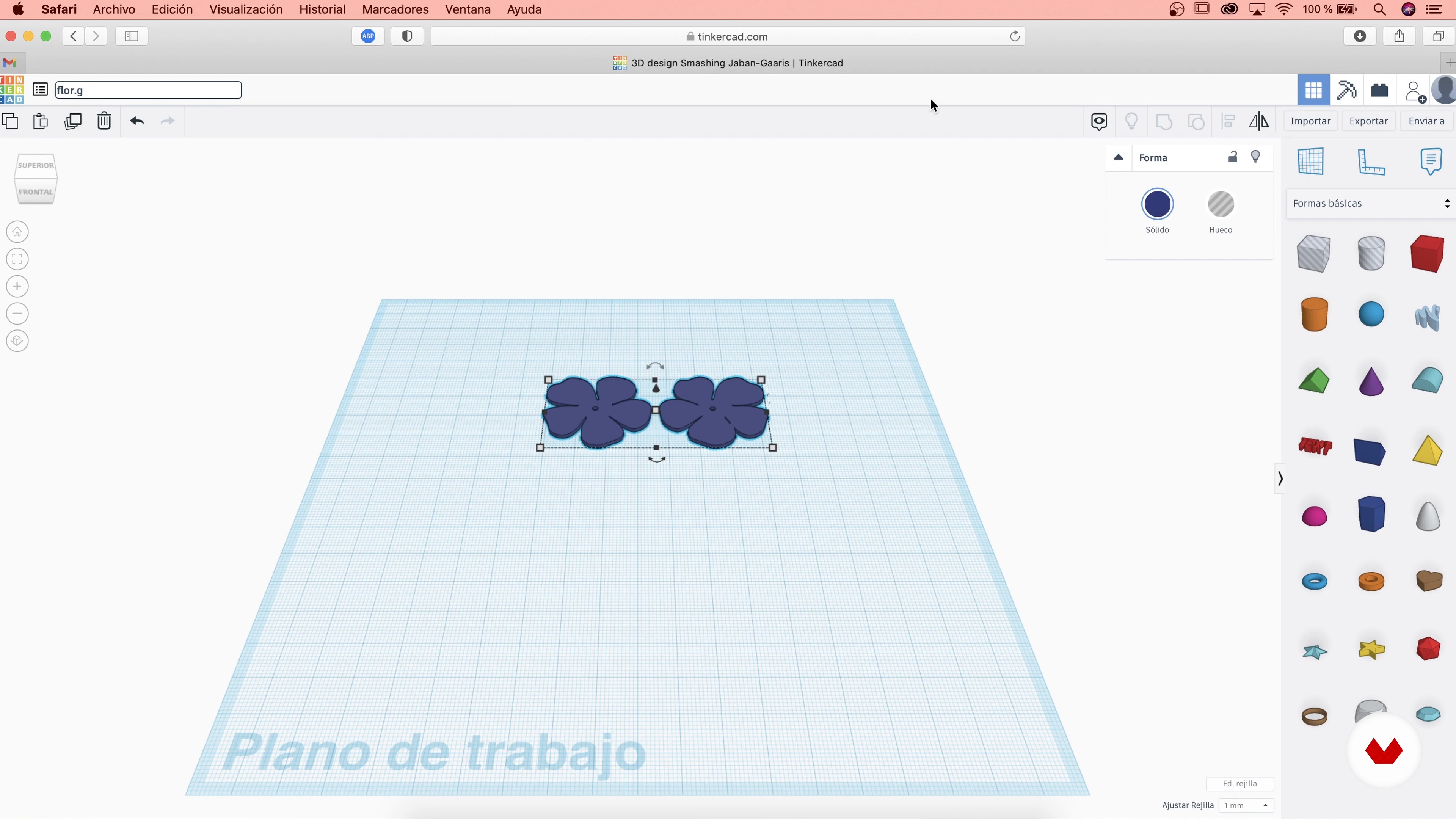
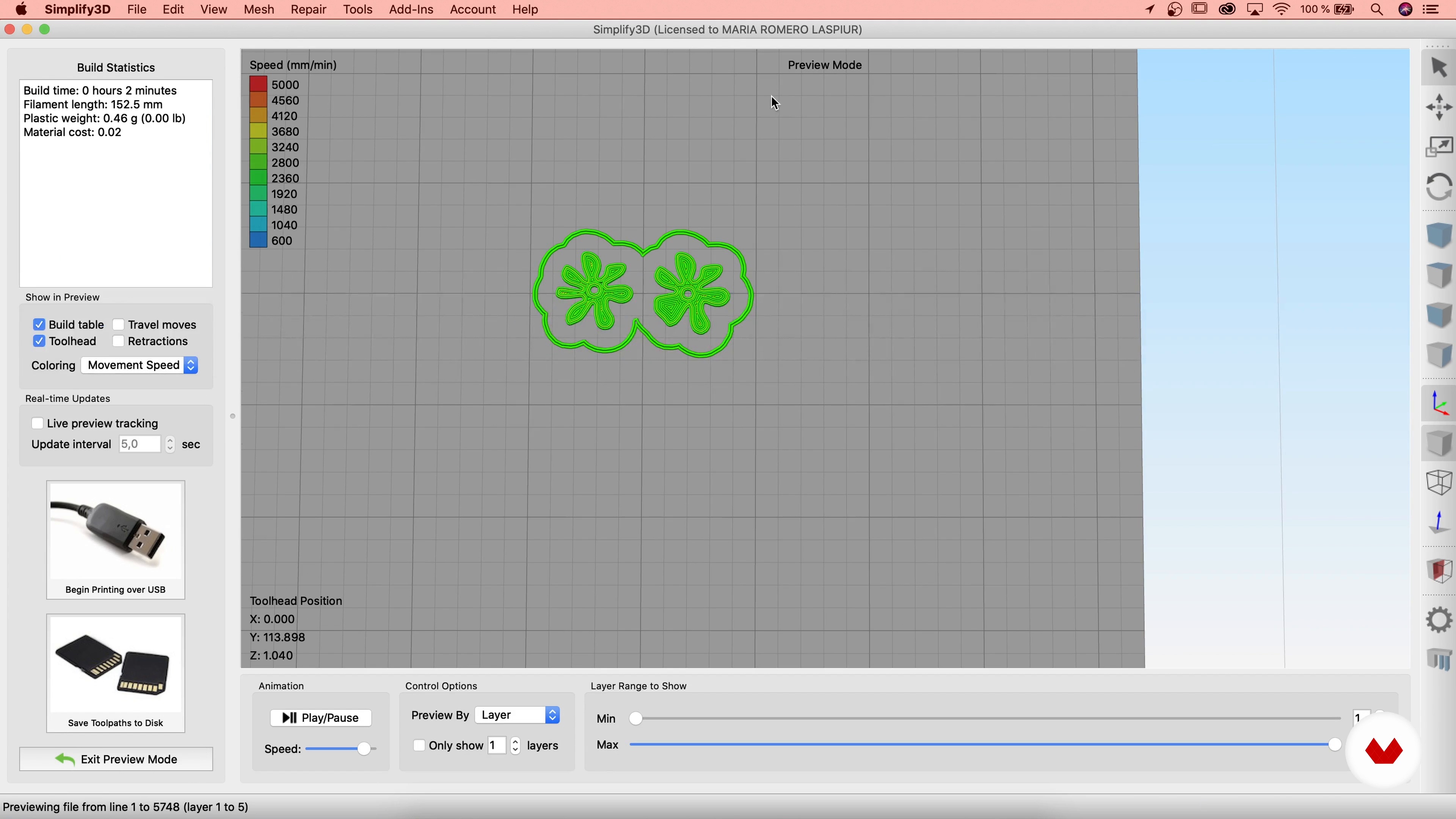
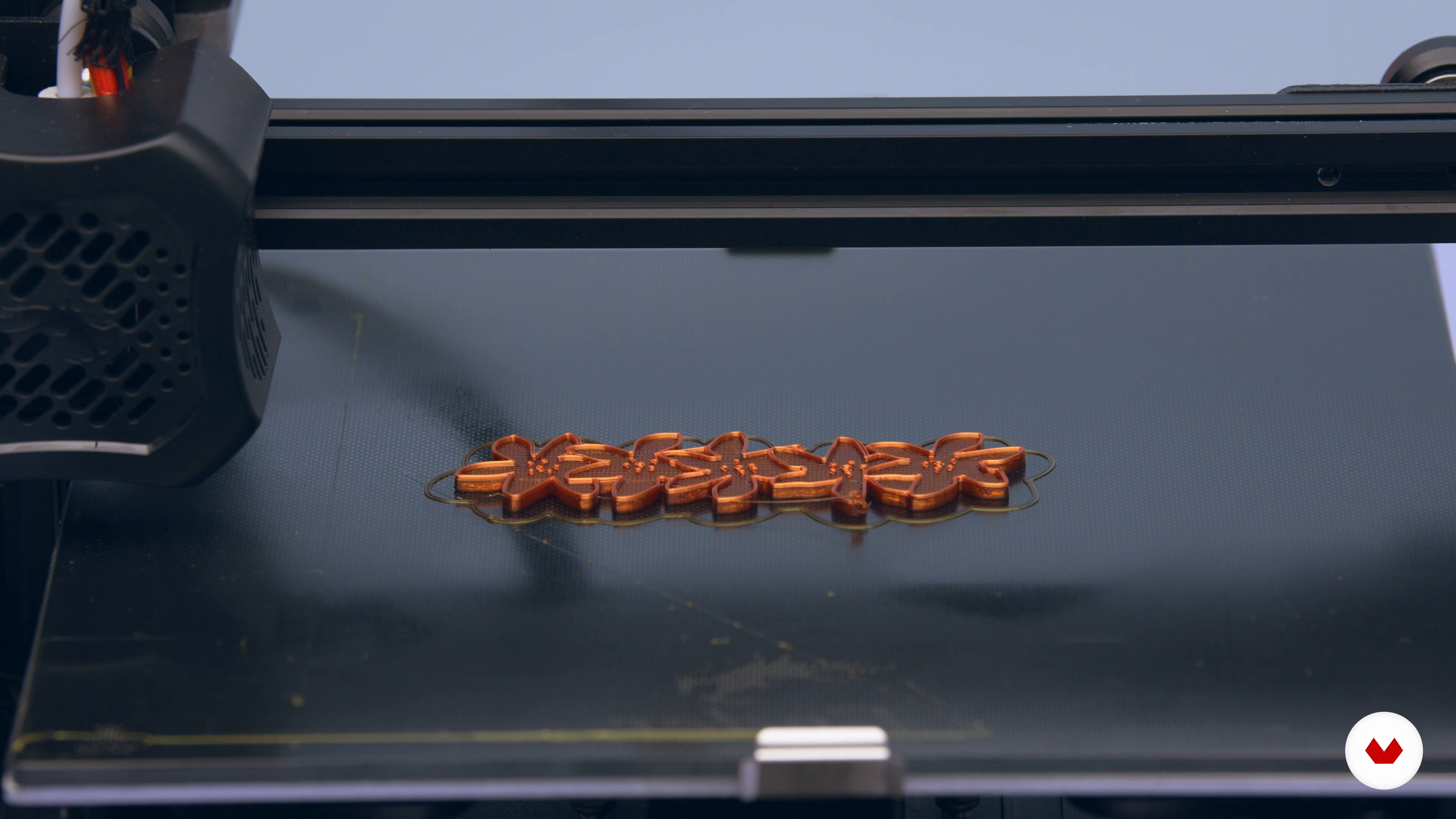
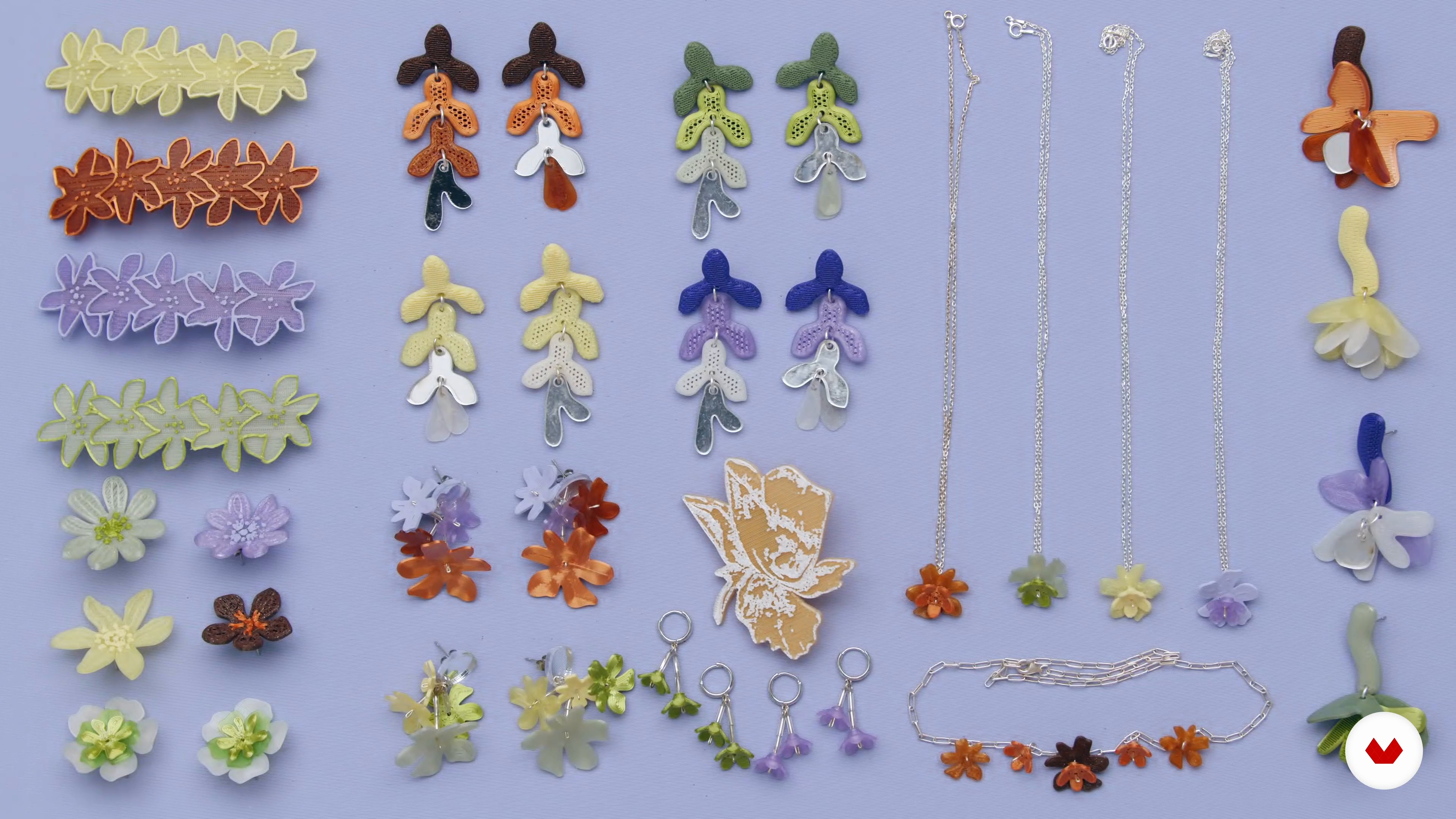
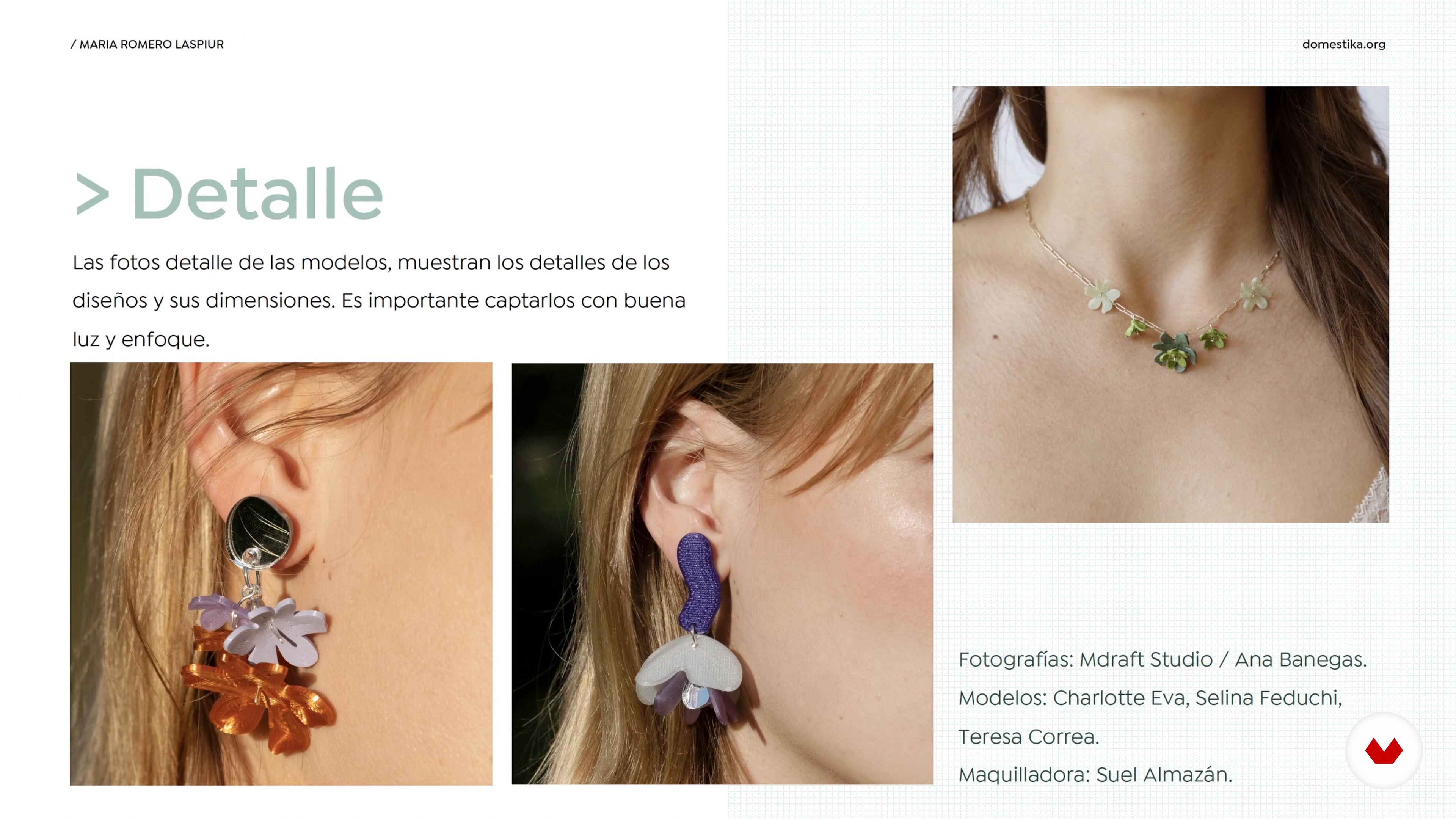
- 11 students
- 64 lessons (10h 16m)
- 79 additional resources (25 files)
- Online and at your own pace
- Audio: Spanish, English
- Spanish · English · Portuguese · German · French · Italian · Polish · Dutch
- Level: Beginner
- Unlimited access forever
What is this course's project?
The final project consists of designing and creating a collection of three to five pieces of jewelry that fuse at least two learned techniques or materials, submitting photographs, a conceptual description, and documenting the creative and technical process.
Who is this specialization for?
Creative and curious individuals seek to experiment with contemporary jewelry techniques. Ideal for those who wish to expand their artistic vision by merging metals, ceramics, natural fibers, embroidery, and 3D printing. Those passionate about unique design, sustainability, and innovation will find inspiration in this specialization.
Requirements and materials
No extensive prior knowledge is required, just a willingness to learn. You'll need basic tools such as pliers, scissors, needles, a small oven, and a computer with 3D modeling software. Materials such as metal, natural fibers, ceramics, threads, and resin will be available.

What to expect from this specialization course
-
Learn at your own pace
Enjoy learning from home without a set schedule and with an easy-to-follow method. You set your own pace.
-
Learn from the best professionals
Learn valuable methods and techniques explained by top experts in the creative sector.
-
Meet expert teachers
Each expert teaches what they do best, with clear guidelines, true passion, and professional insight in every lesson.
-
Certificates
PlusIf you're a Plus member, get a custom certificate for every specialization course. Share it on your portfolio, social media, or wherever you like.
-
Get front-row seats
Videos of the highest quality, so you don't miss a single detail. With unlimited access, you can watch them as many times as you need to perfect your technique.
-
Share knowledge and ideas
Ask questions, request feedback, or offer solutions. Share your learning experience with other students in the community who are as passionate about creativity as you are.
-
Connect with a global creative community
The community is home to millions of people from around the world who are curious and passionate about exploring and expressing their creativity.
-
Watch professionally produced courses
Domestika curates its teacher roster and produces every course in-house to ensure a high-quality online learning experience.
FAQs
Domestika's specialization courses are online classes that provide you with the tools and skills you need to complete a specific project. Every step of the project combines video lessons with complementary instructional material, so you can learn by doing. Domestika's specializations also allow you to share your own projects with other students, creating a dynamic course community.
All specialization courses are 100% online, so once they're published, specialization courses start and finish whenever you want. You set the pace of the class. You can go back to review what interests you most and skip what you already know, ask questions, answer questions, share your projects, and more.
The specialization courses are divided into different modules. Each one includes lessons, informational text, tasks, and practice exercises to help you carry out your project step by step, with additional complementary resources and downloads. You'll also have access to an exclusive forum where you can interact with other students, as well as share your work and your final project, creating a community around the specialization course.
You can redeem the specialization course you received by accessing the redeeming page and entering your gift code.





